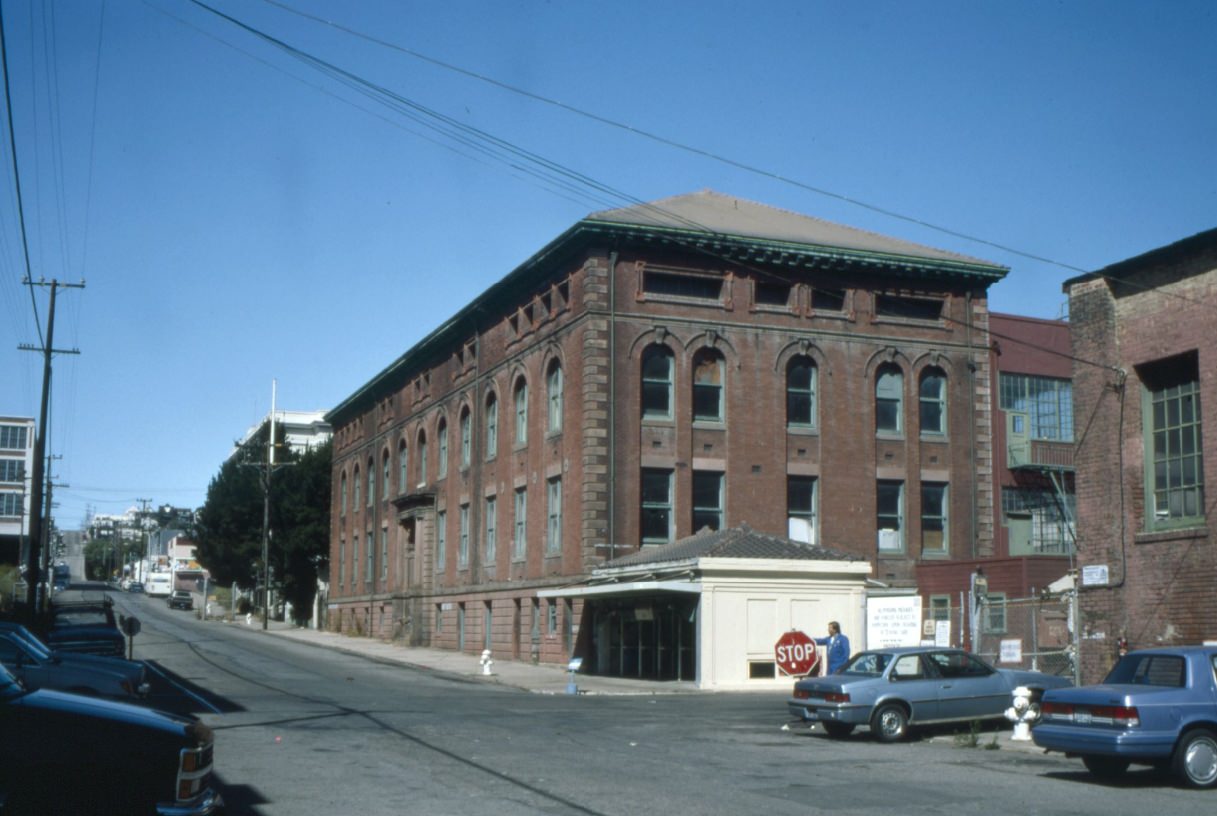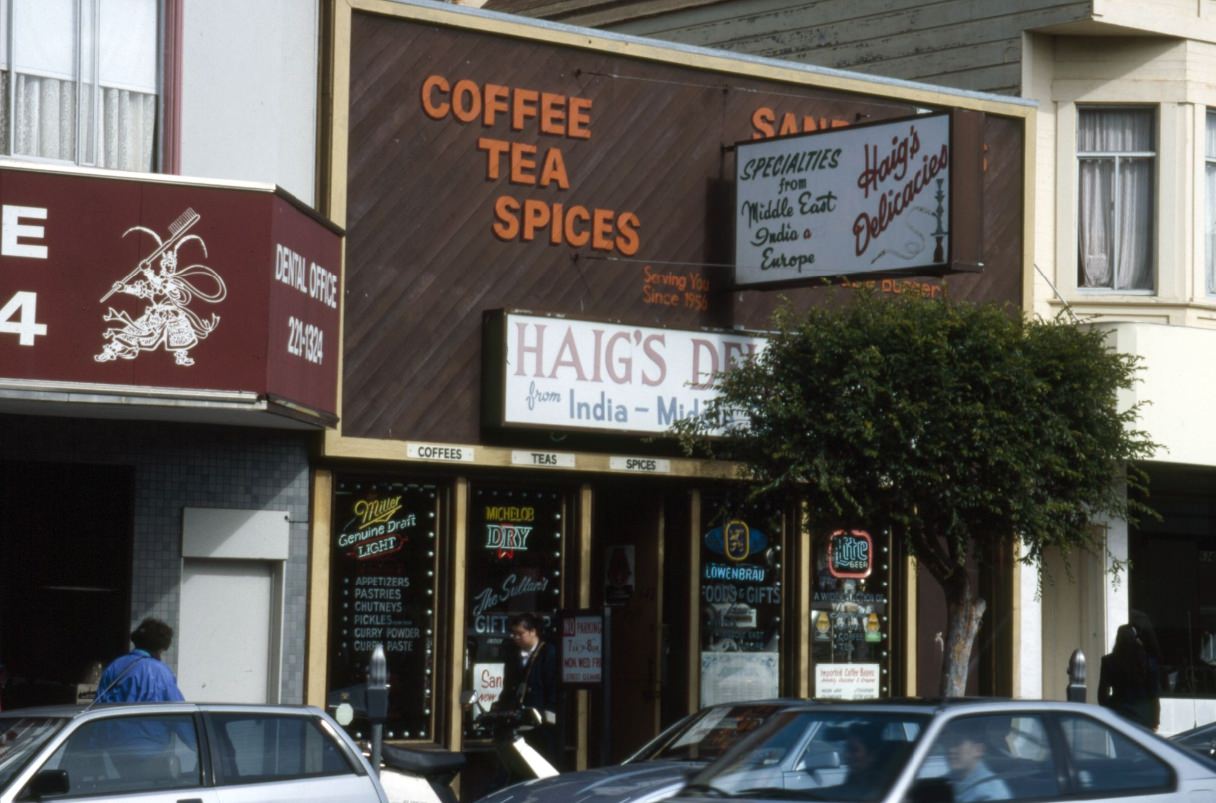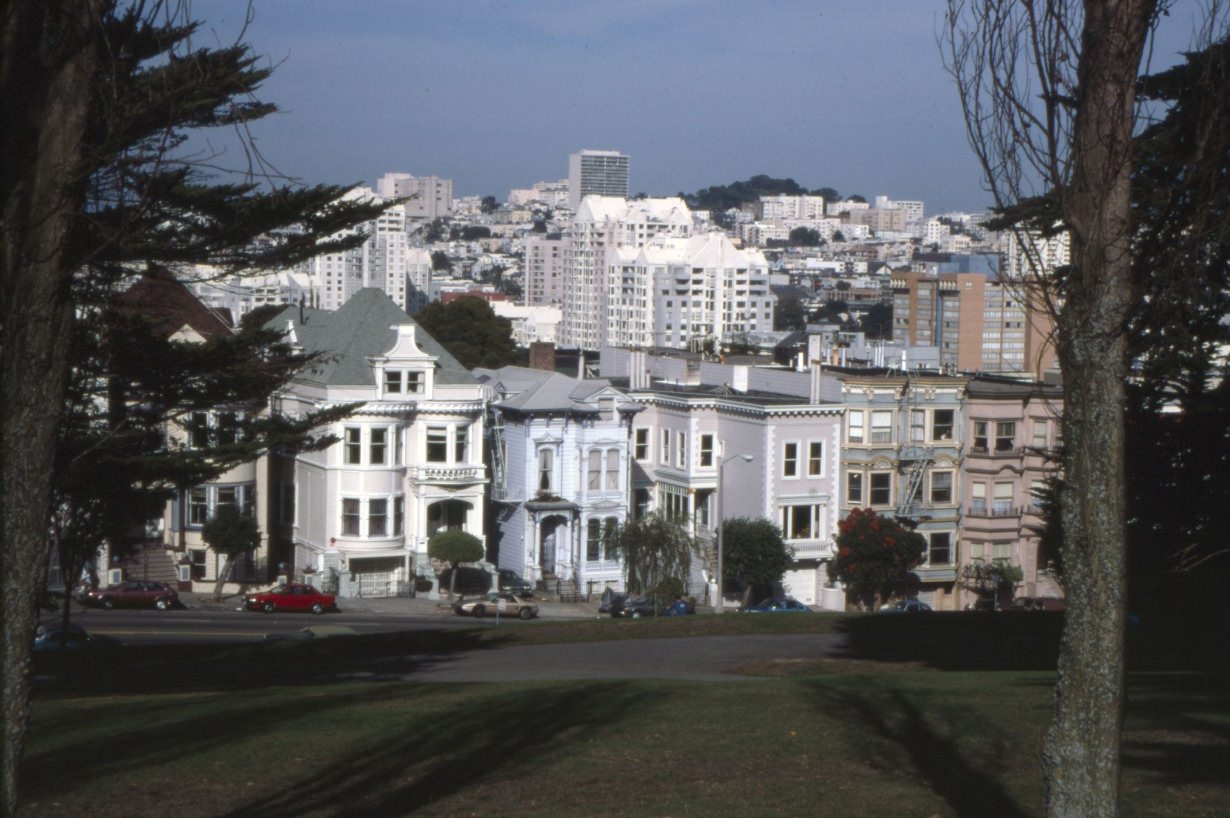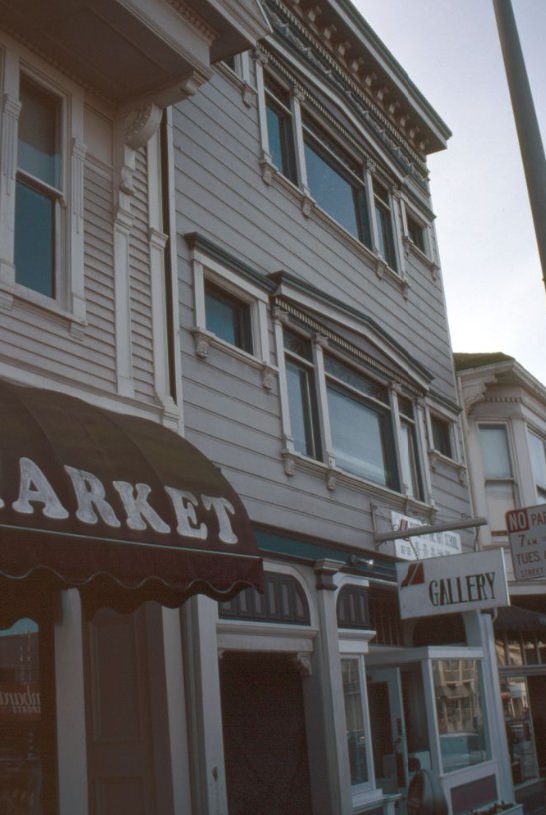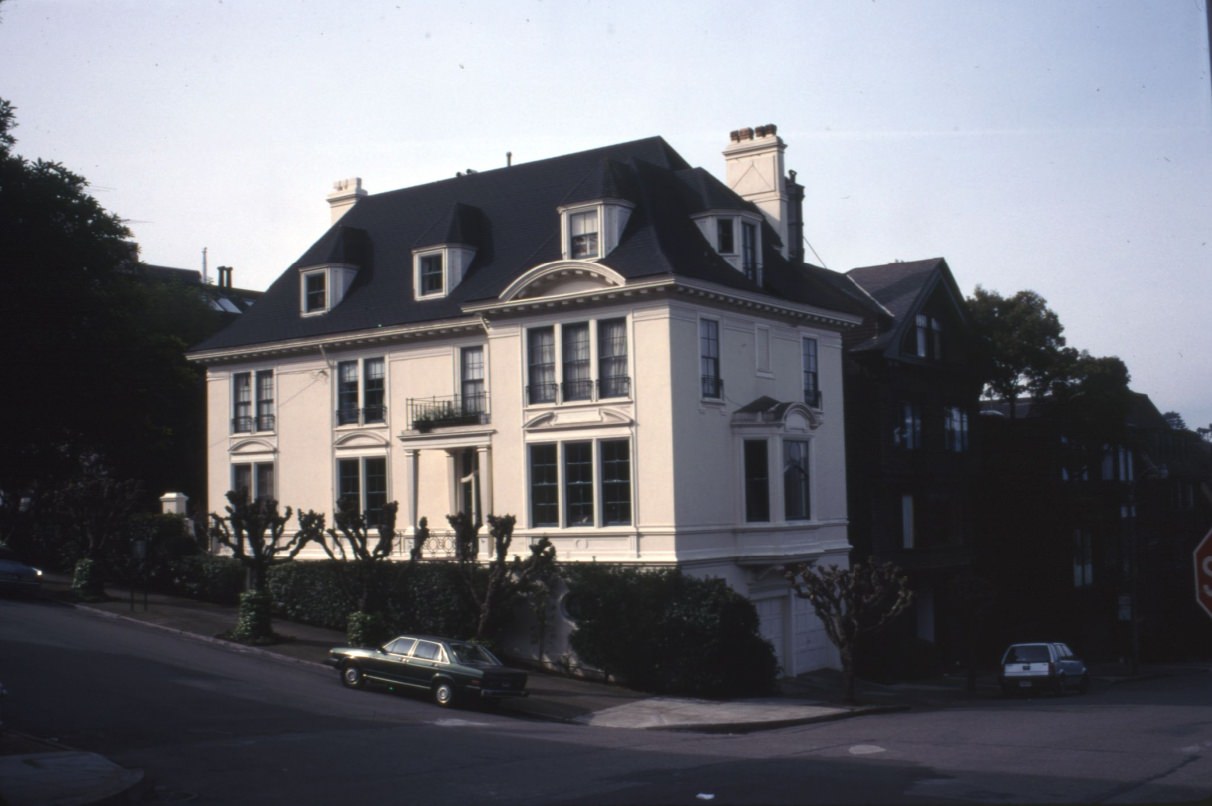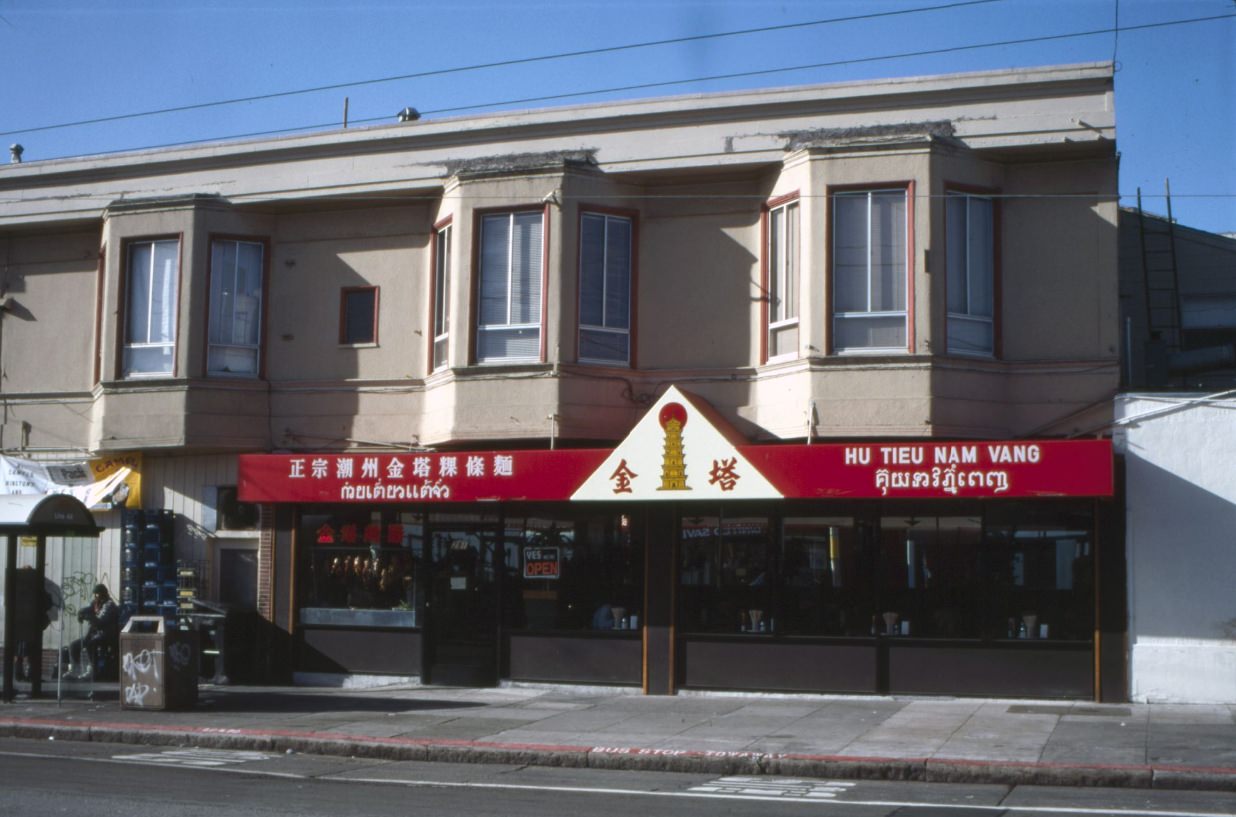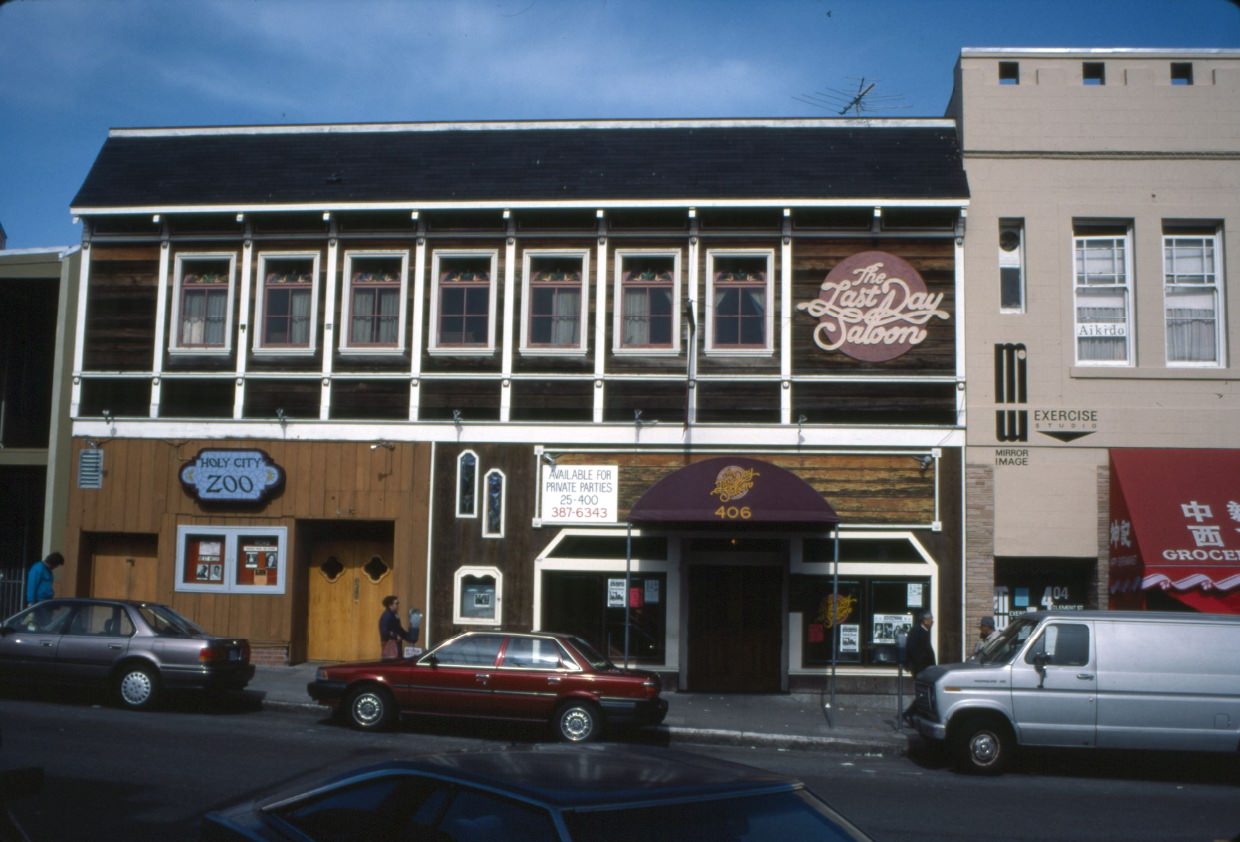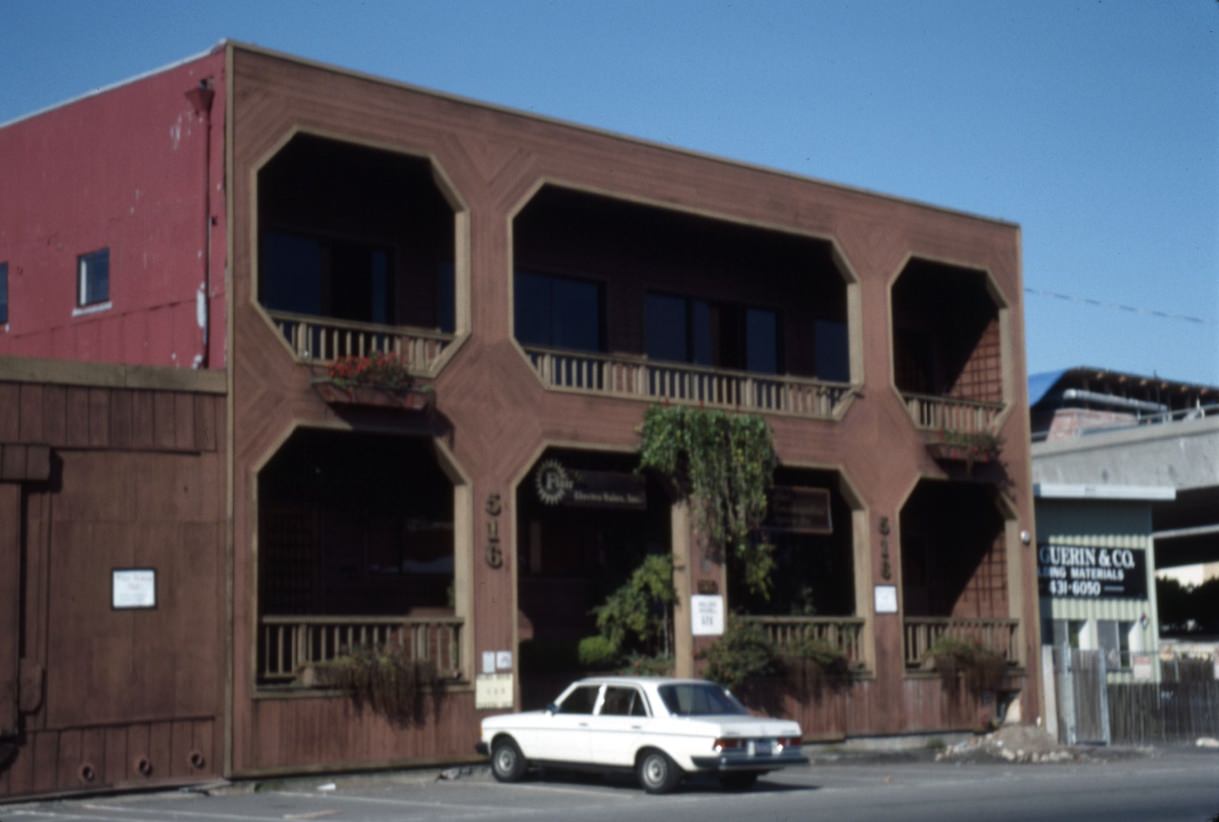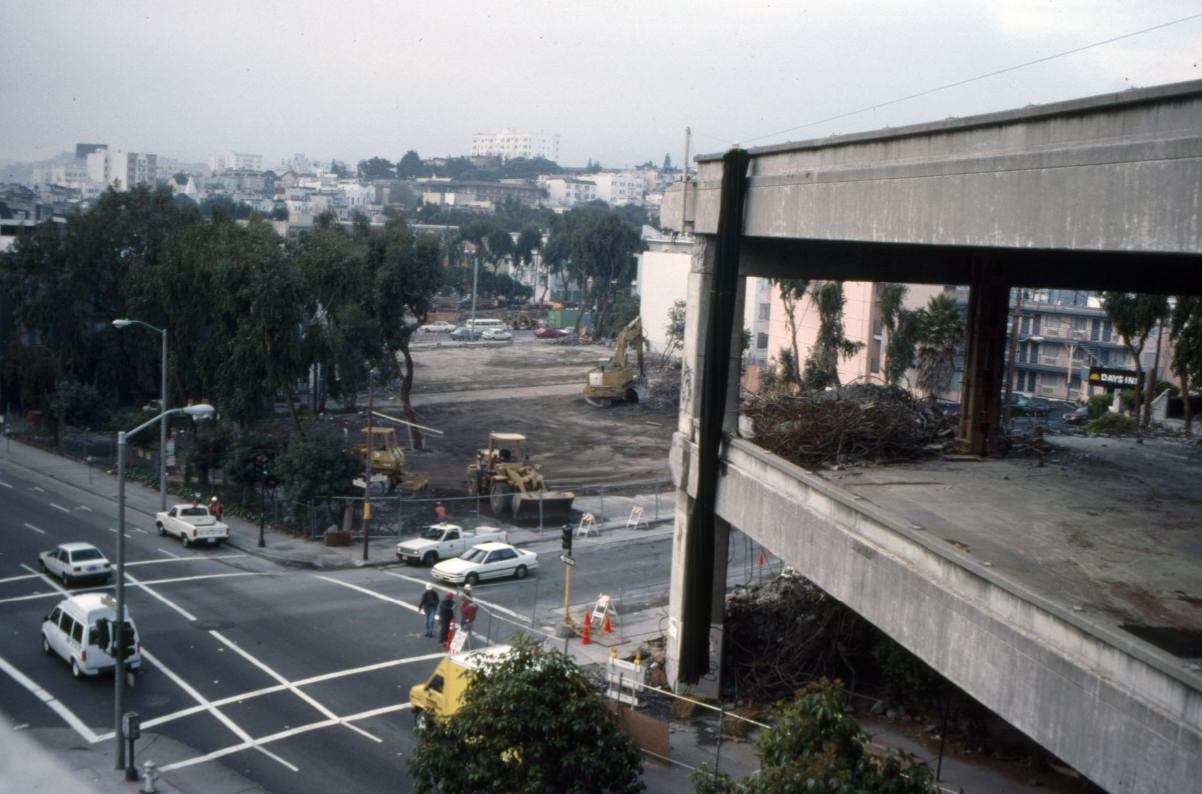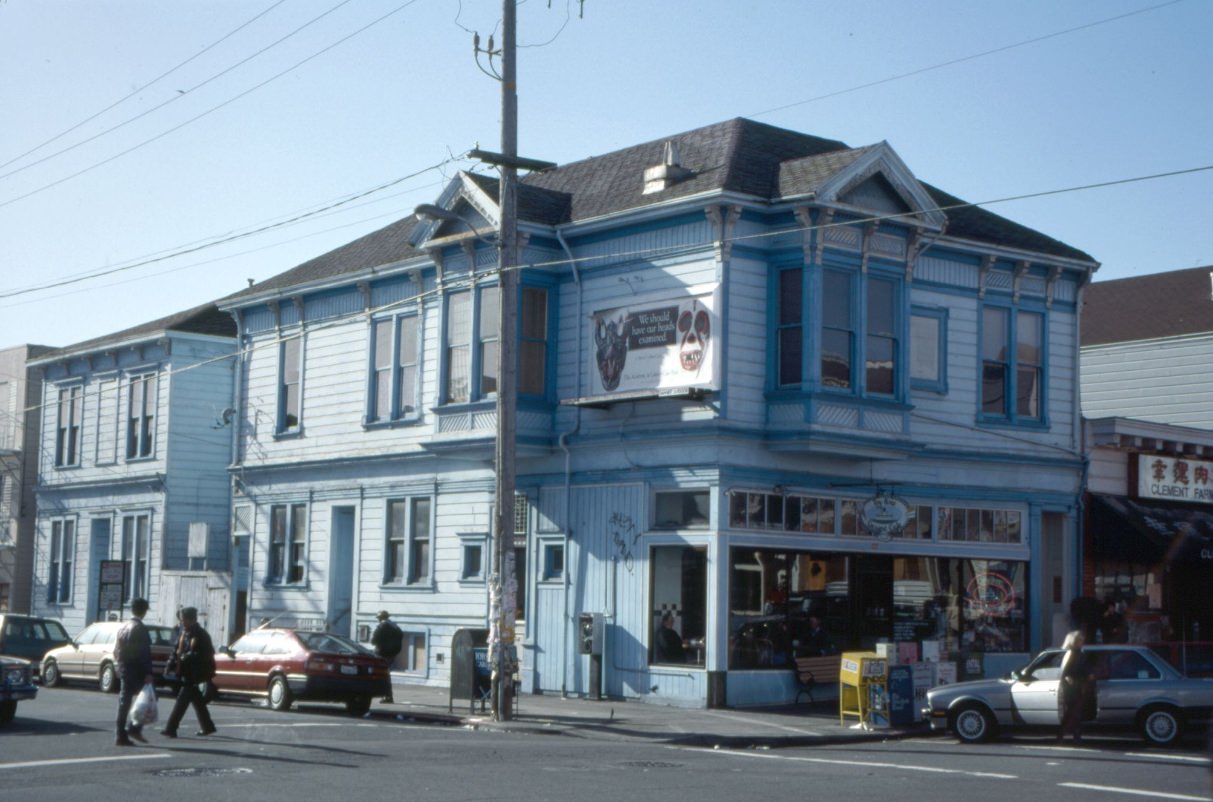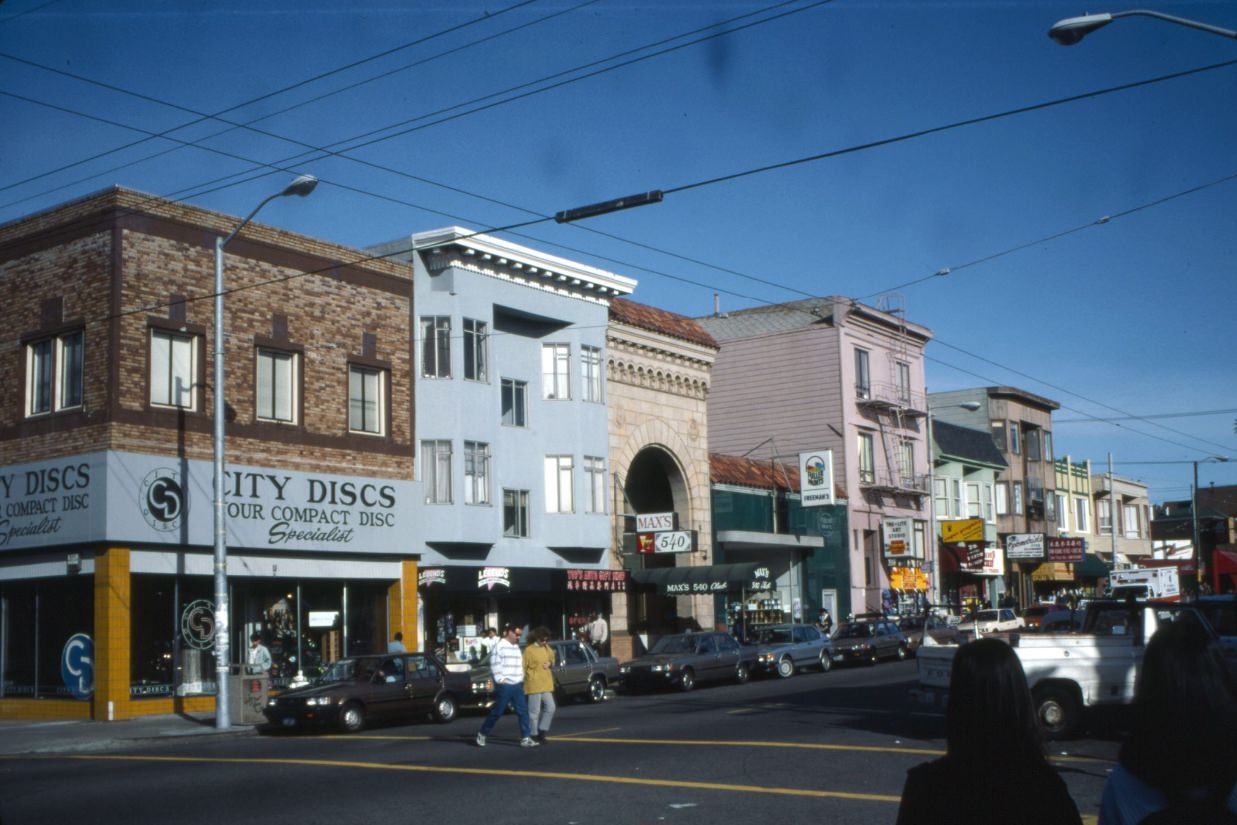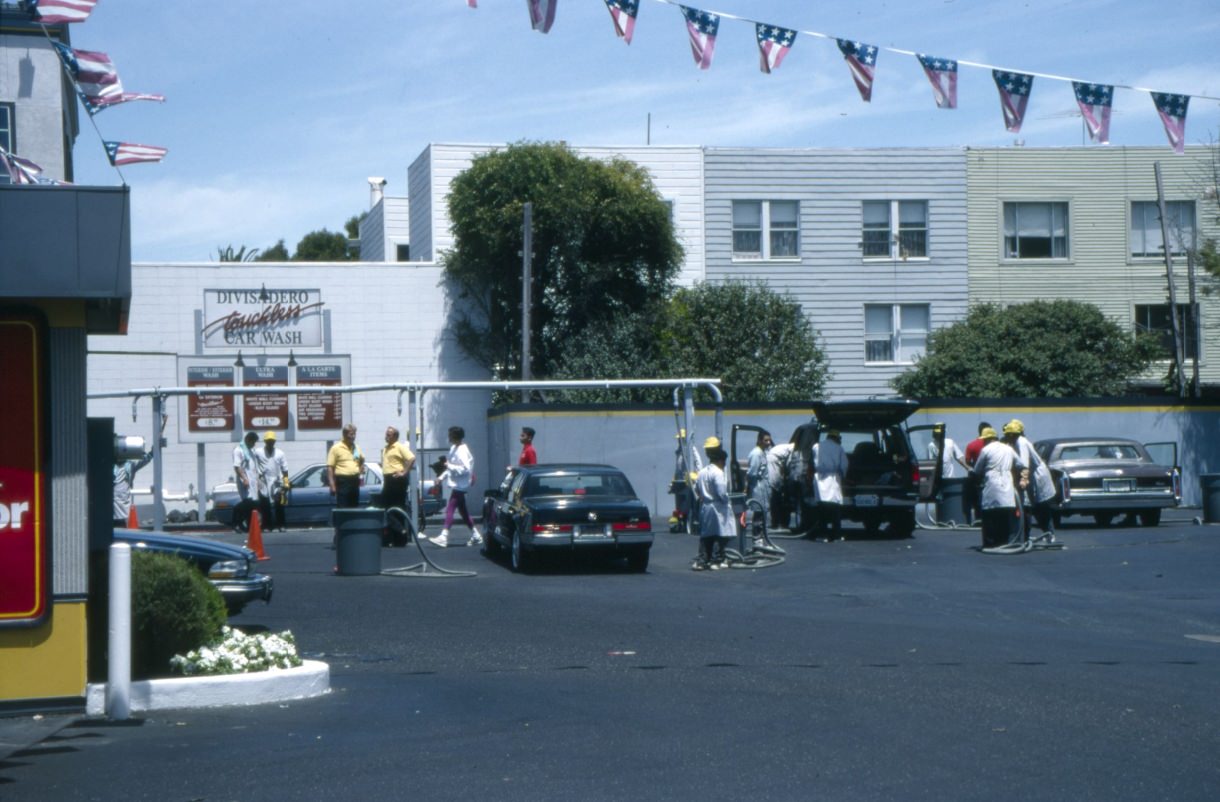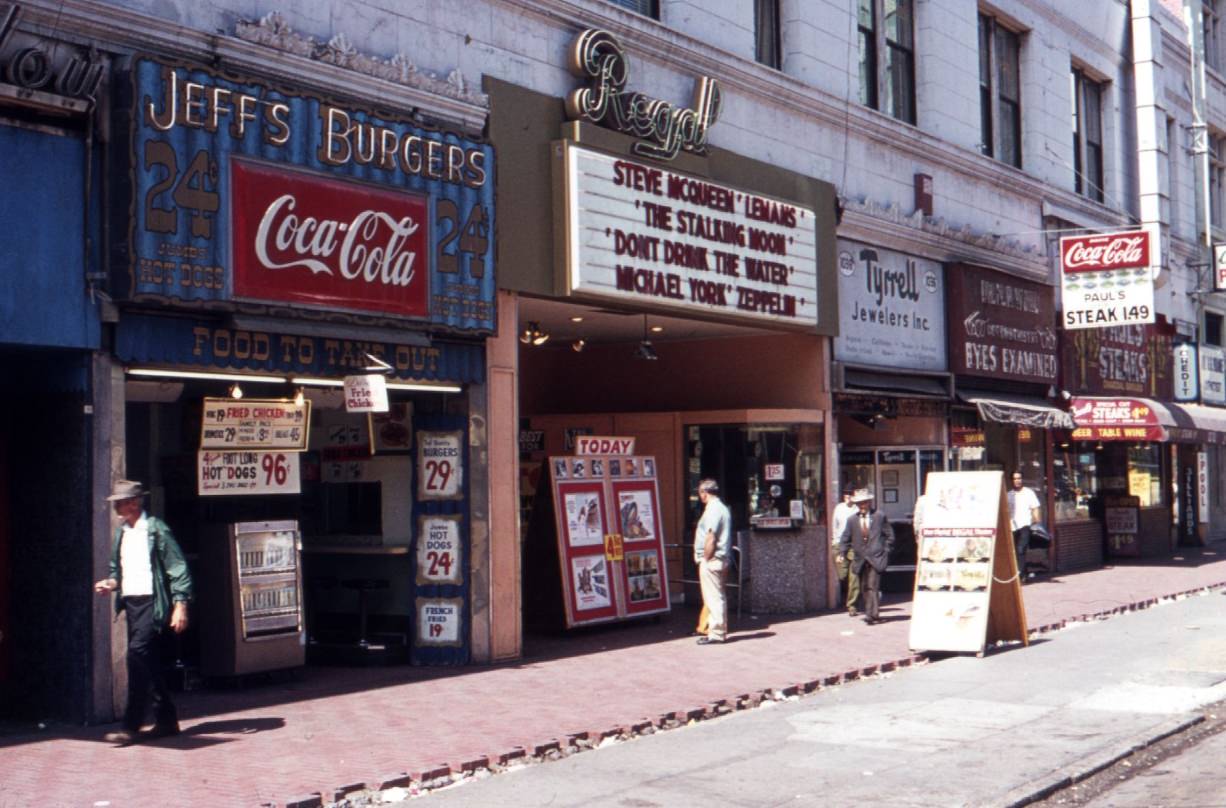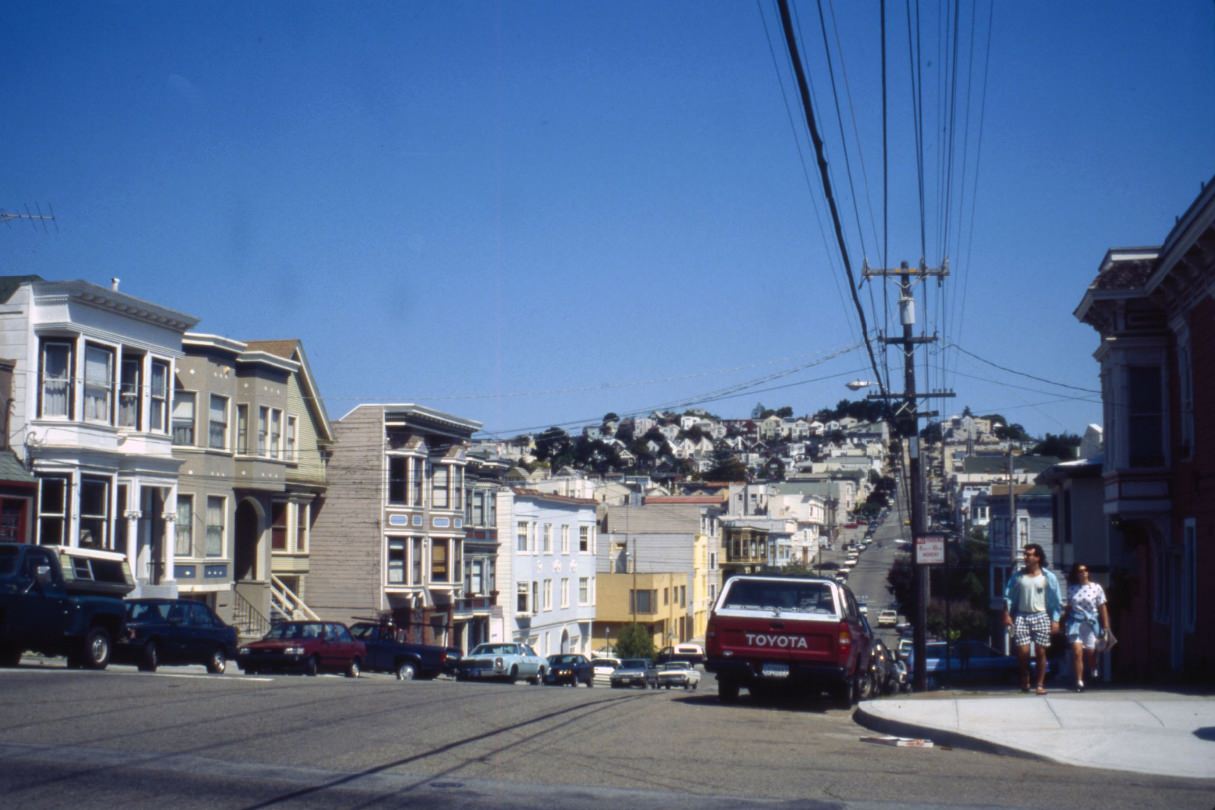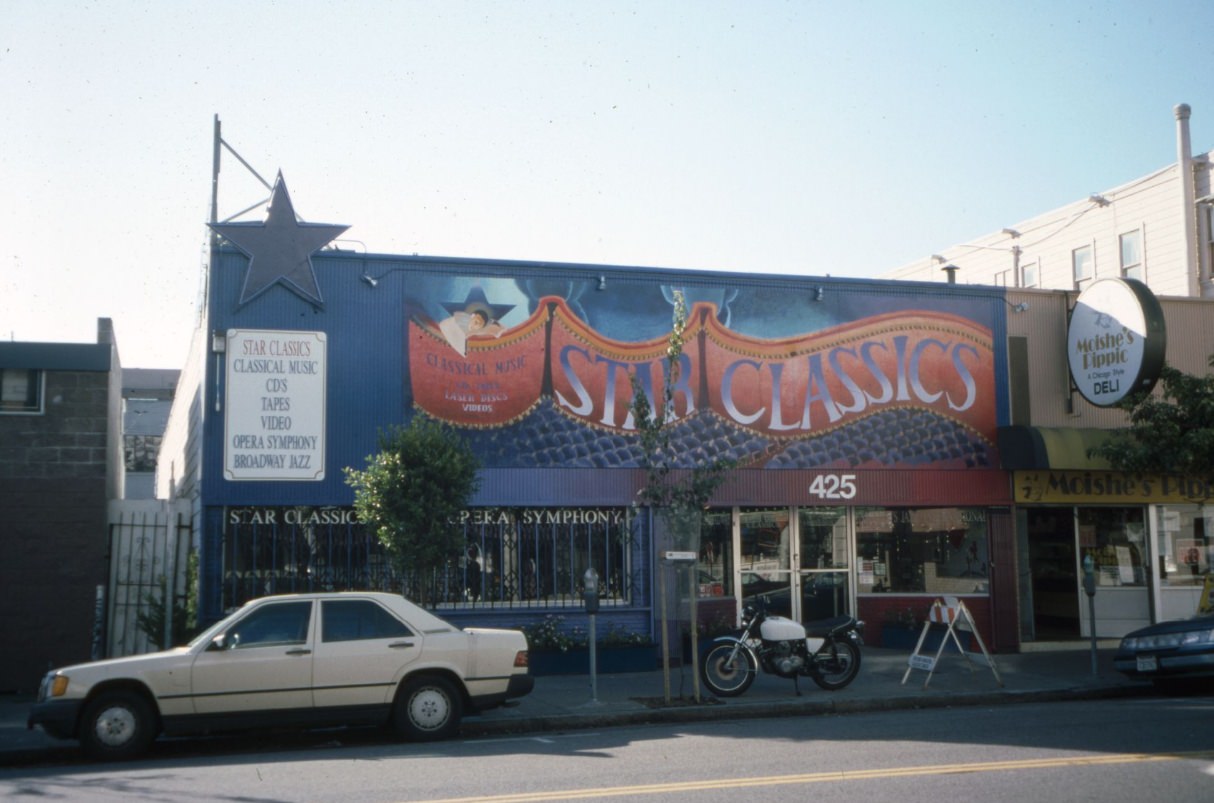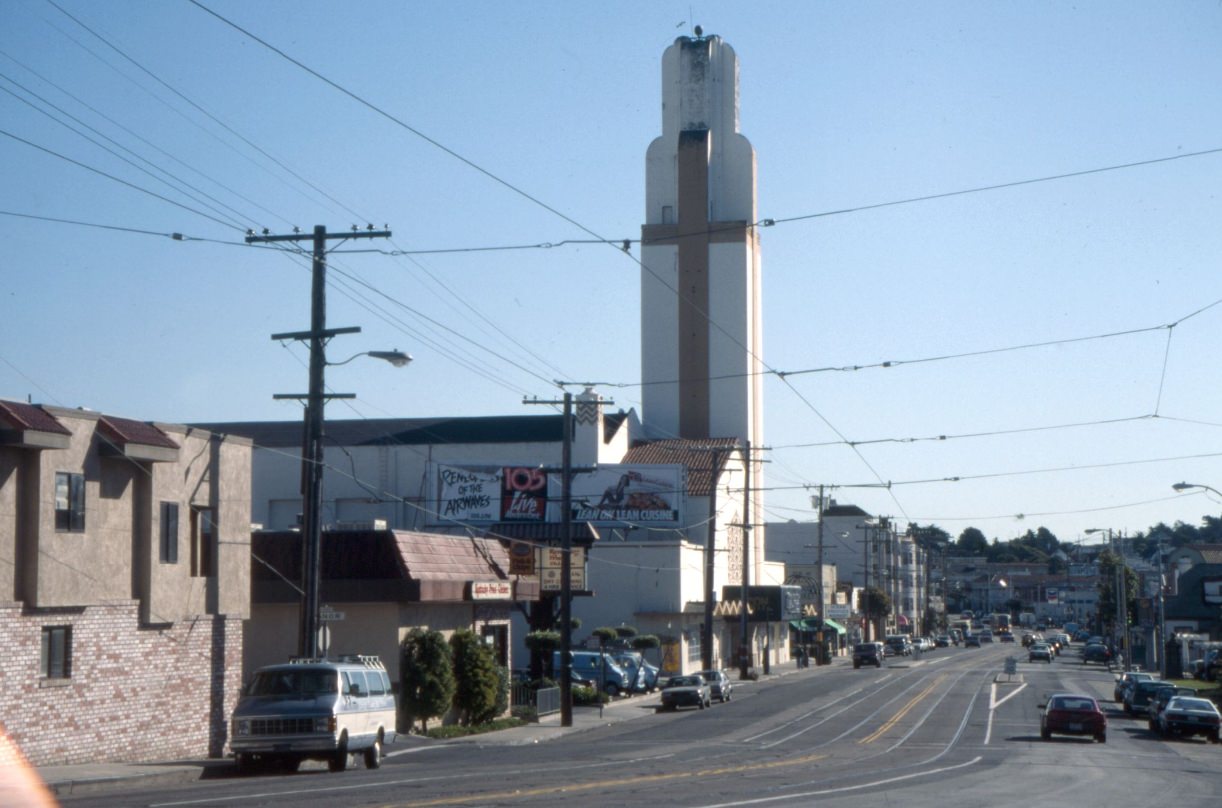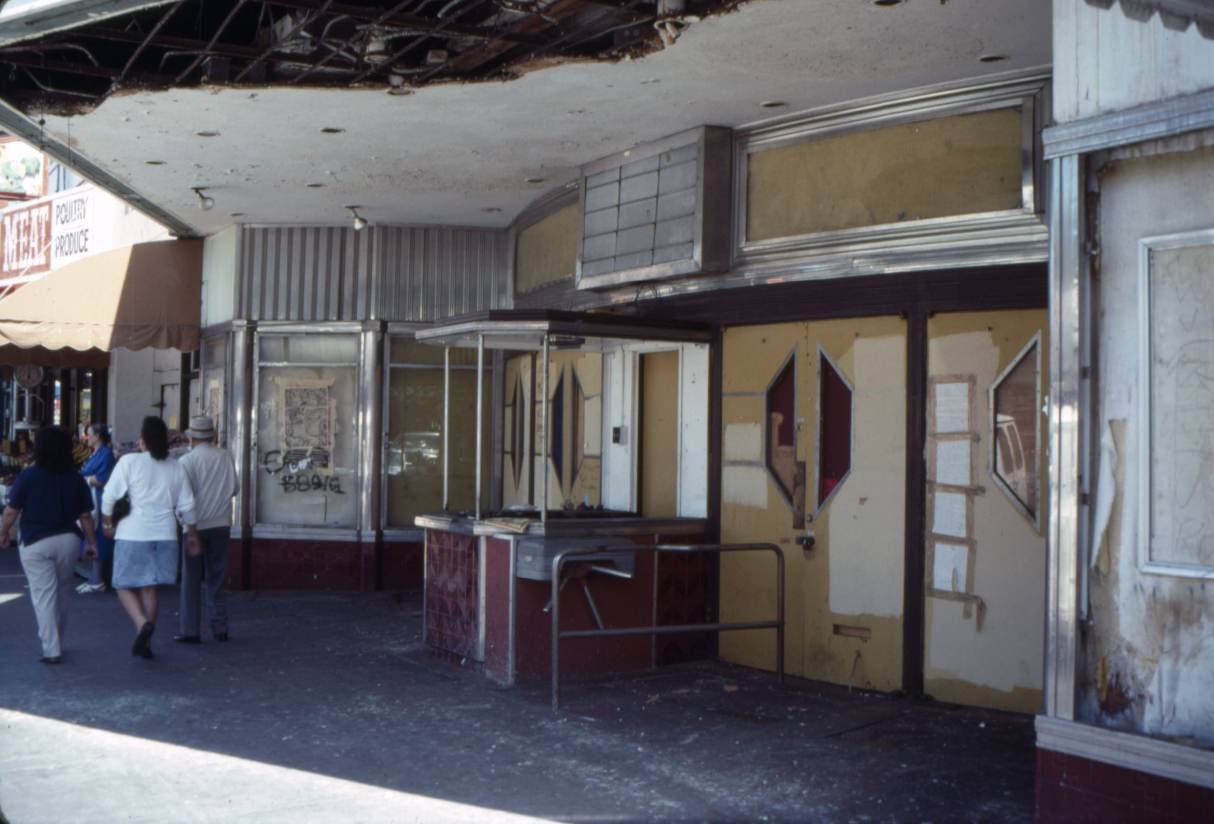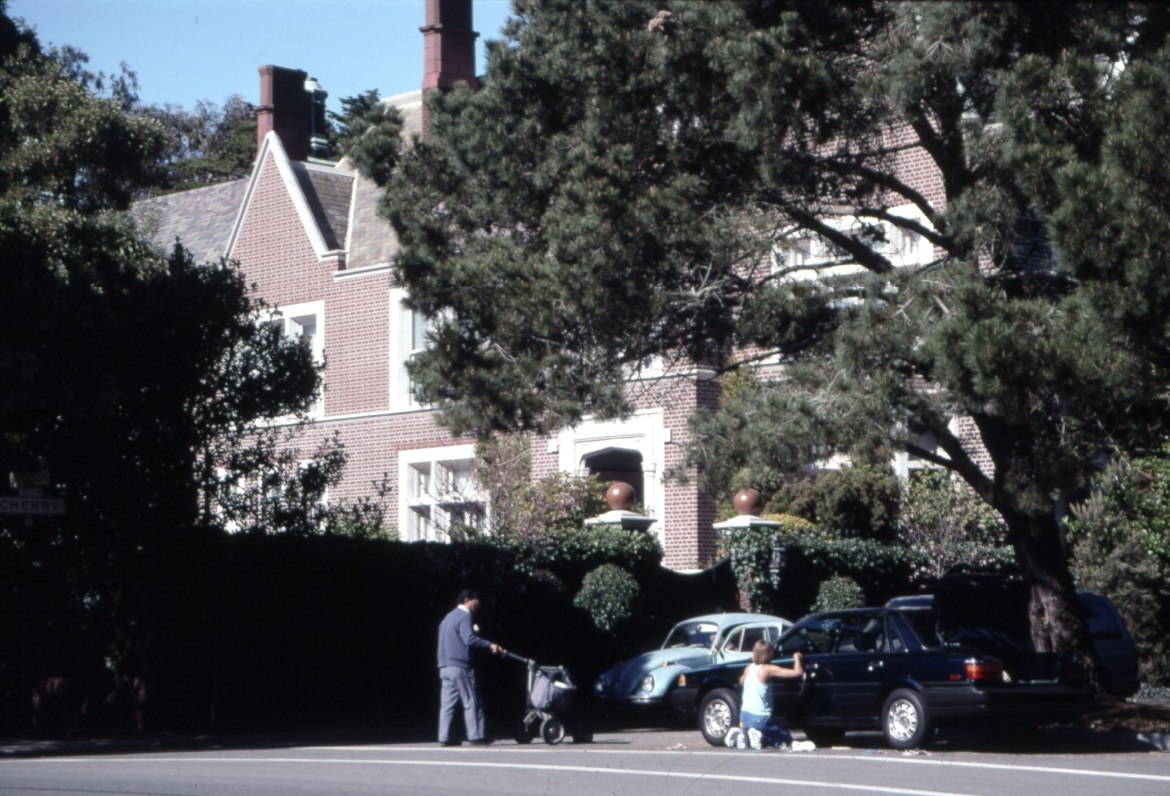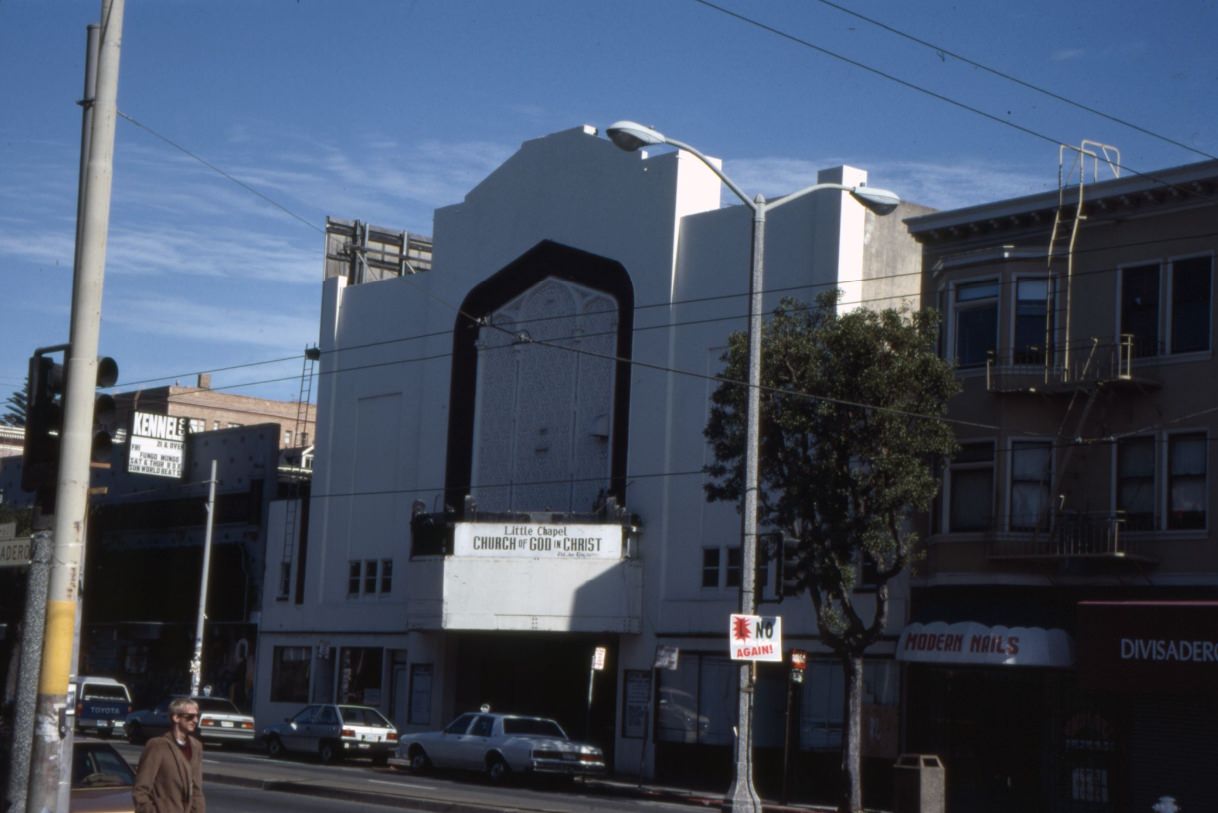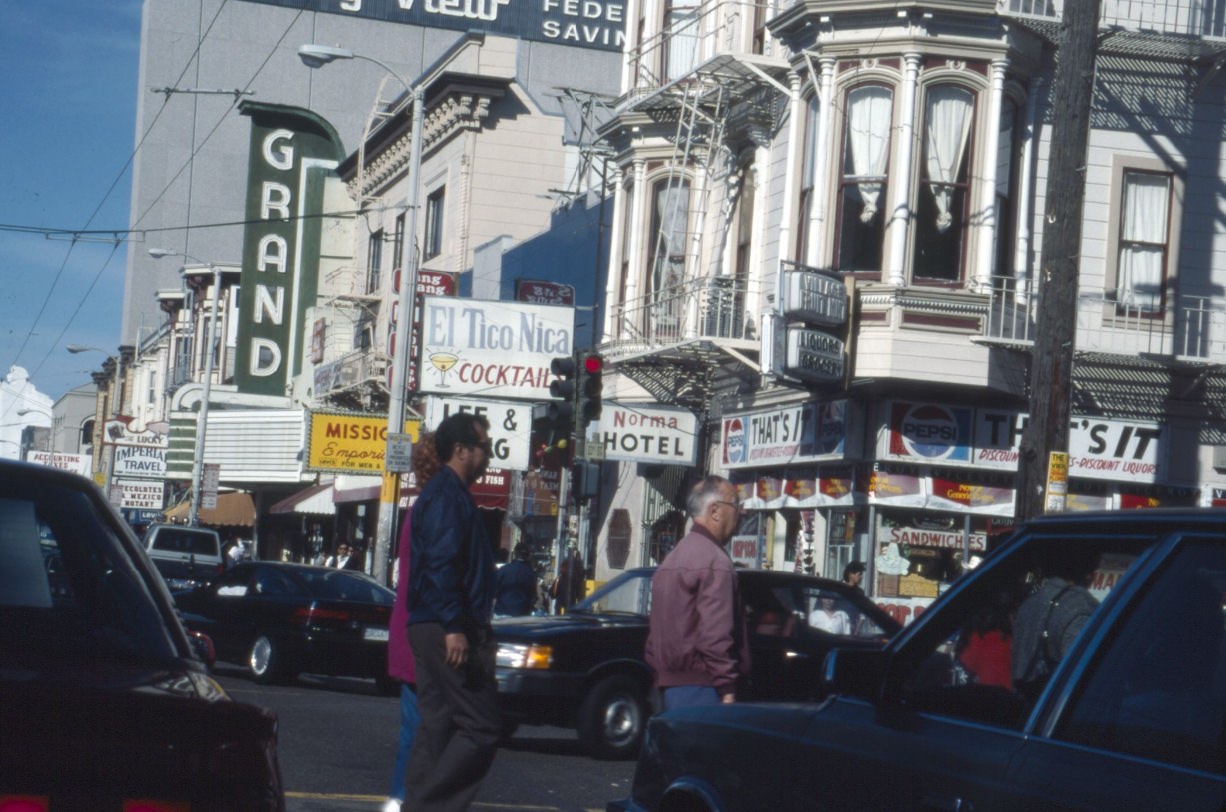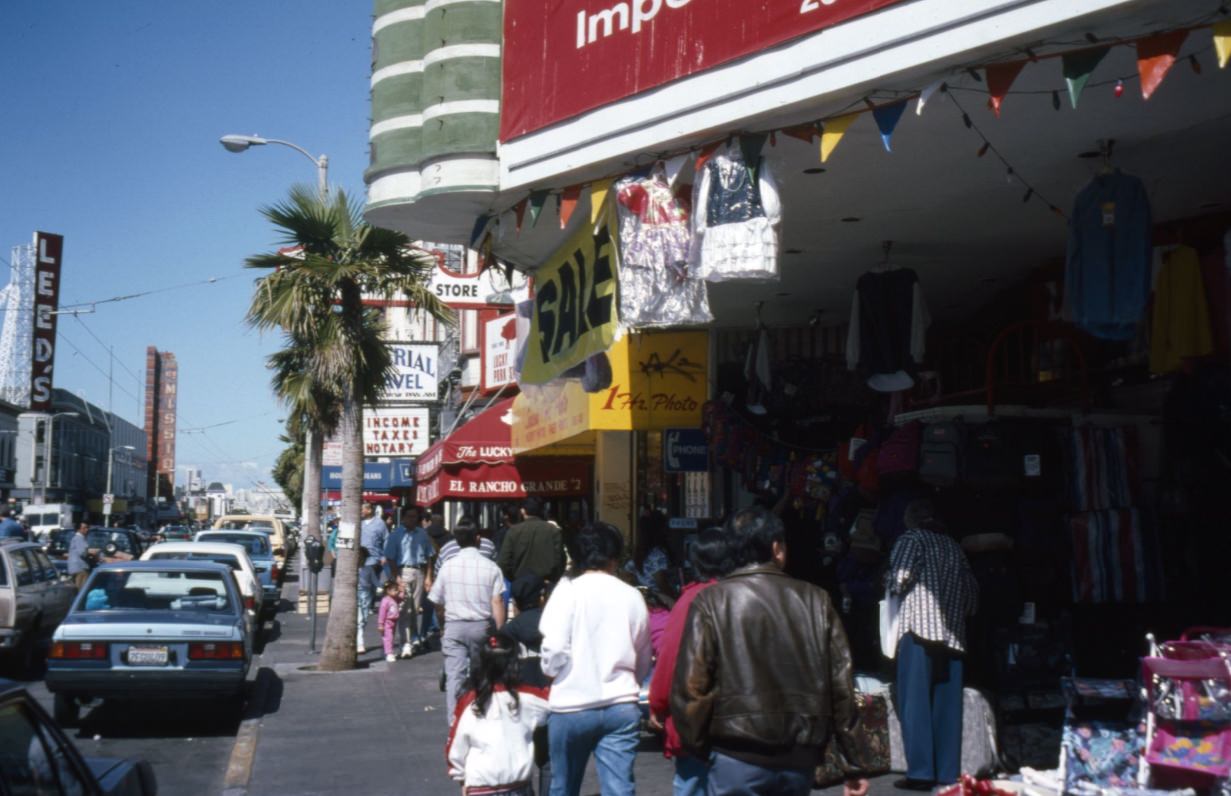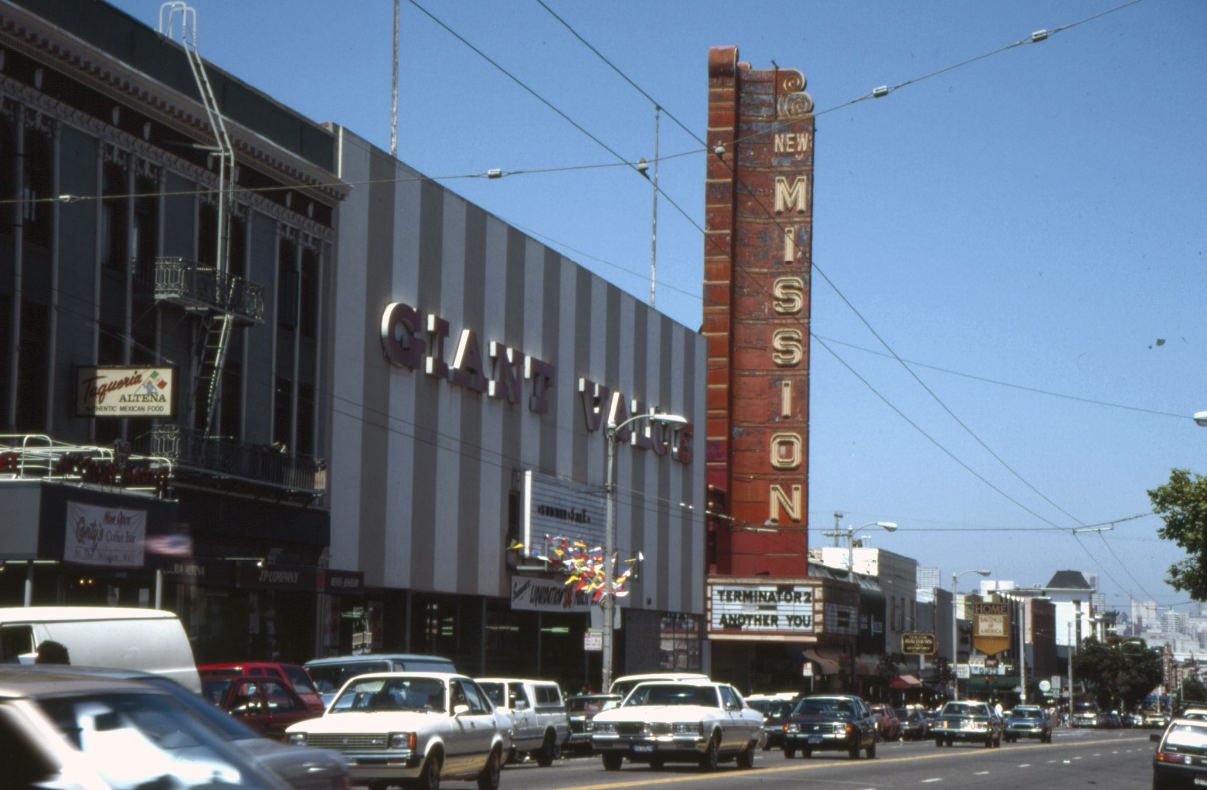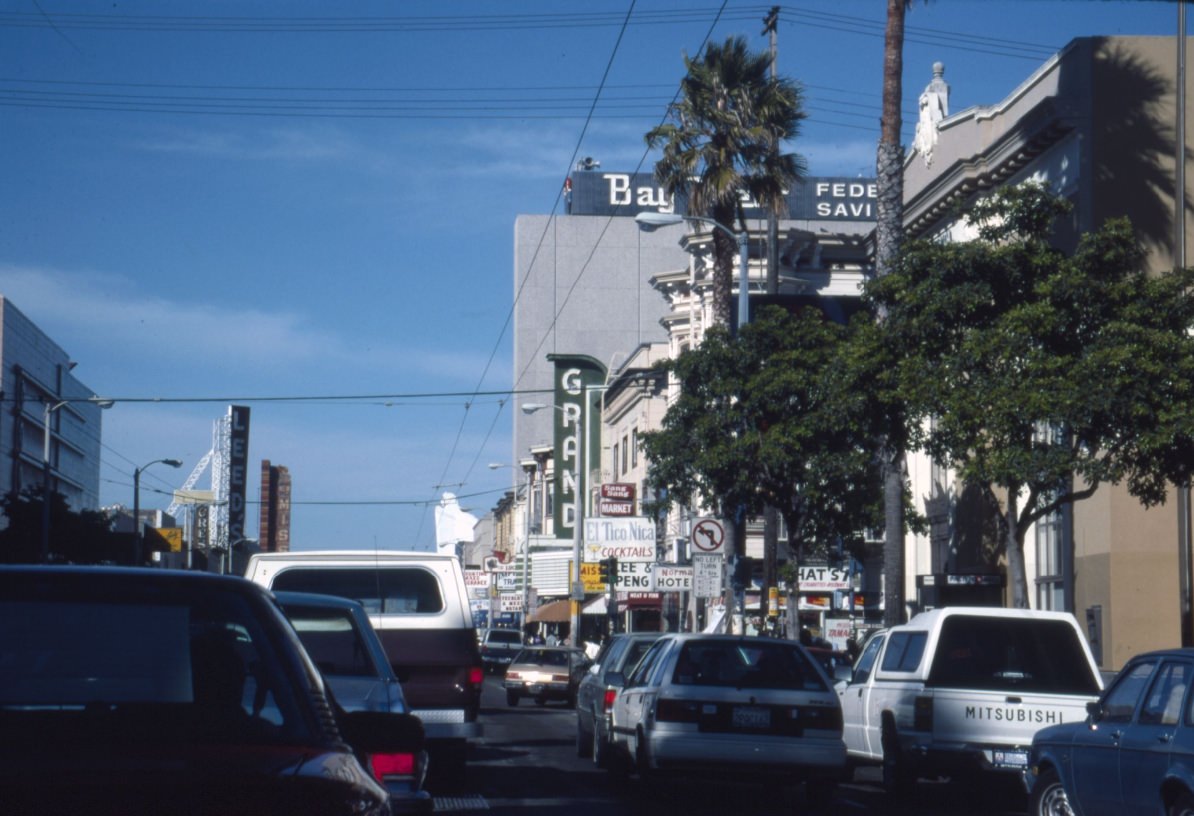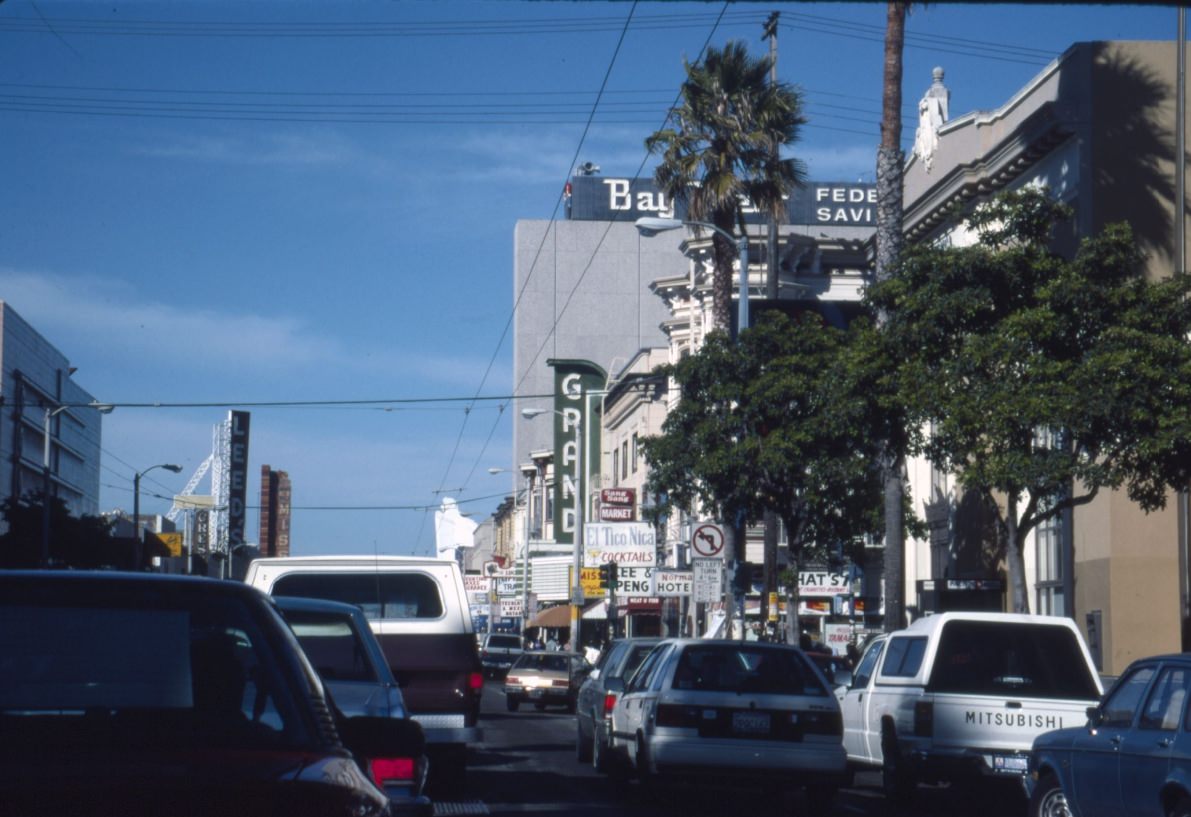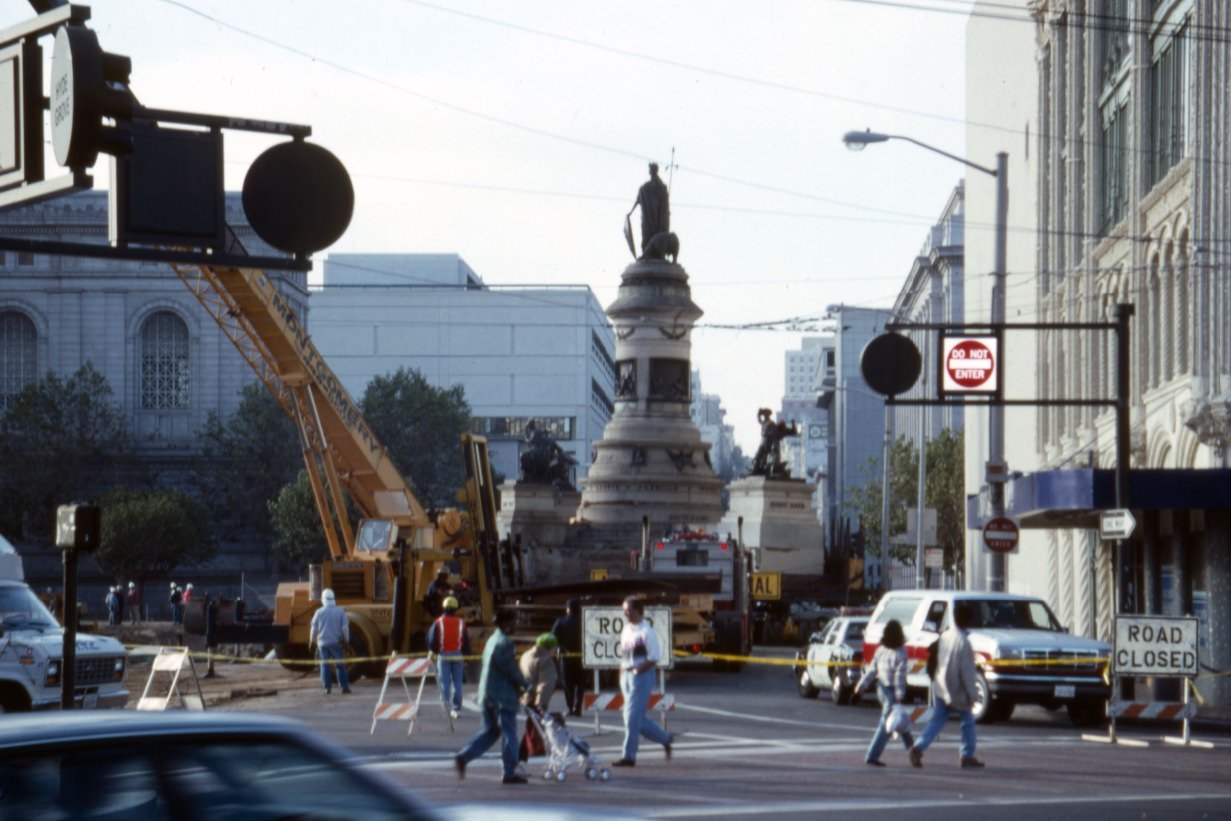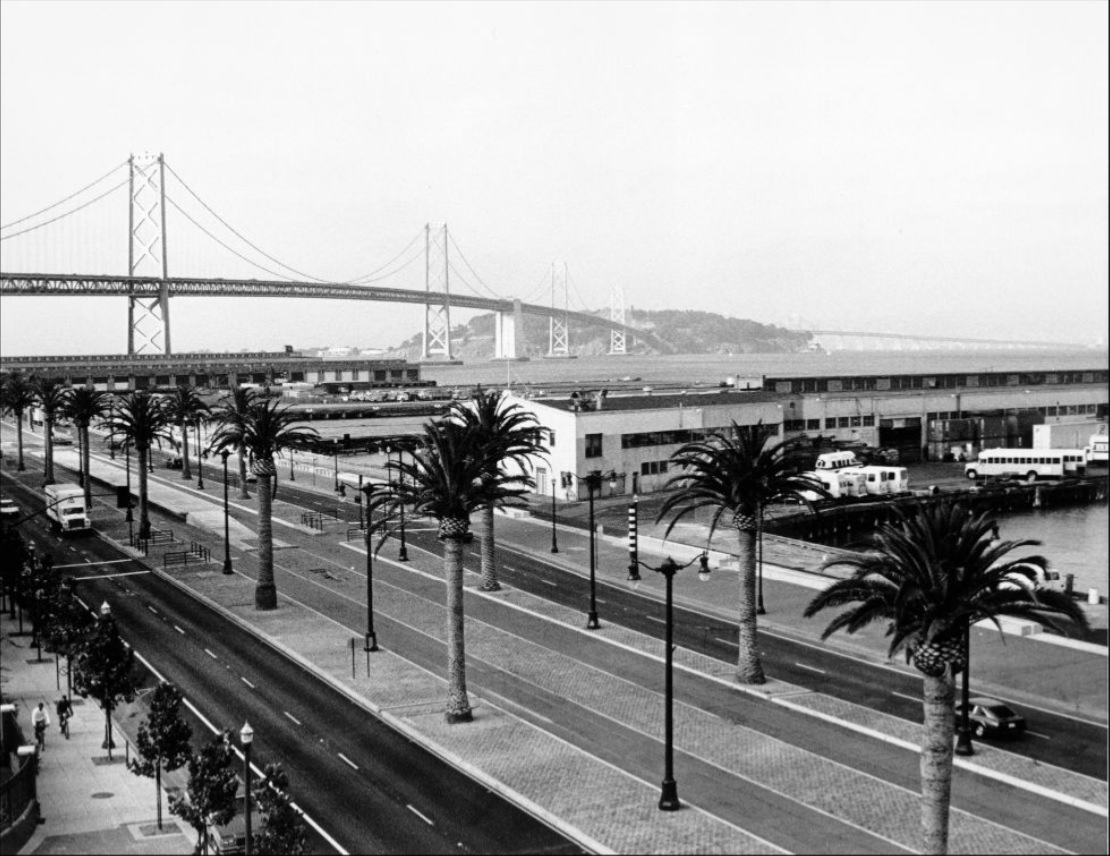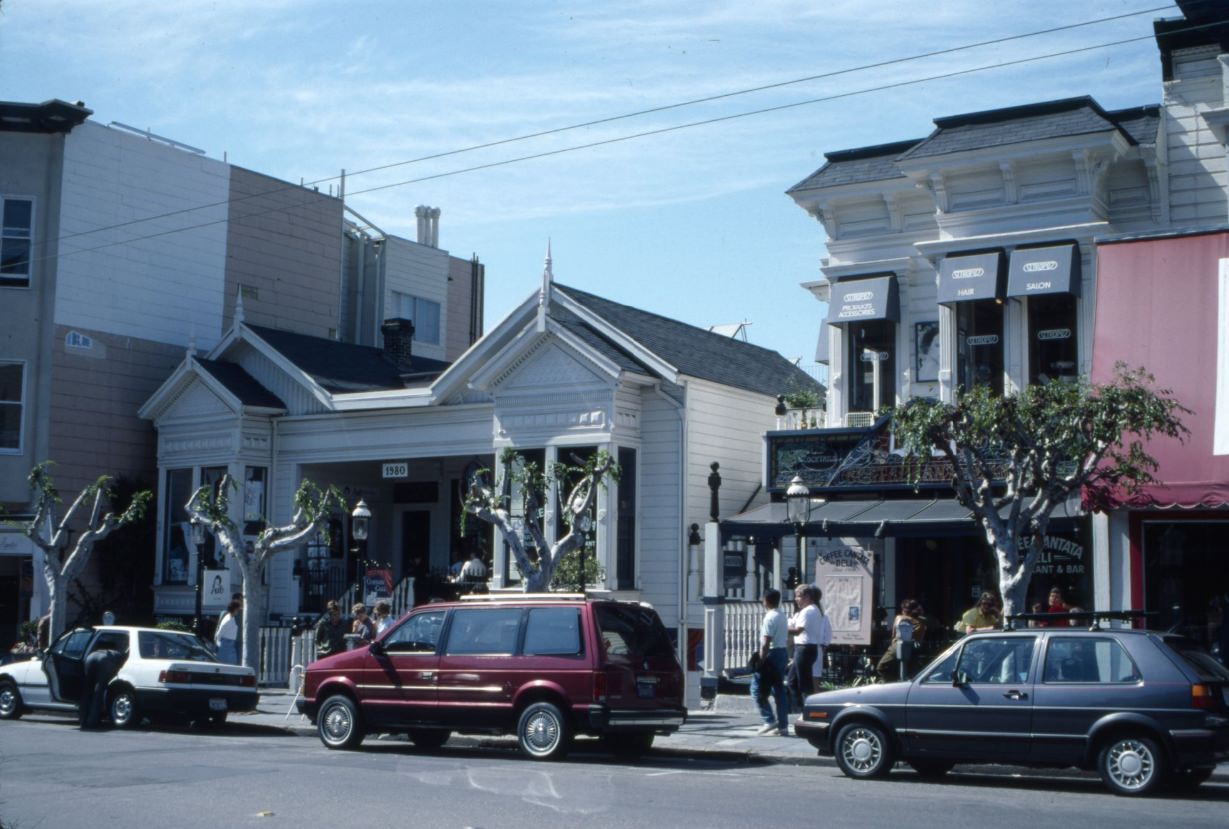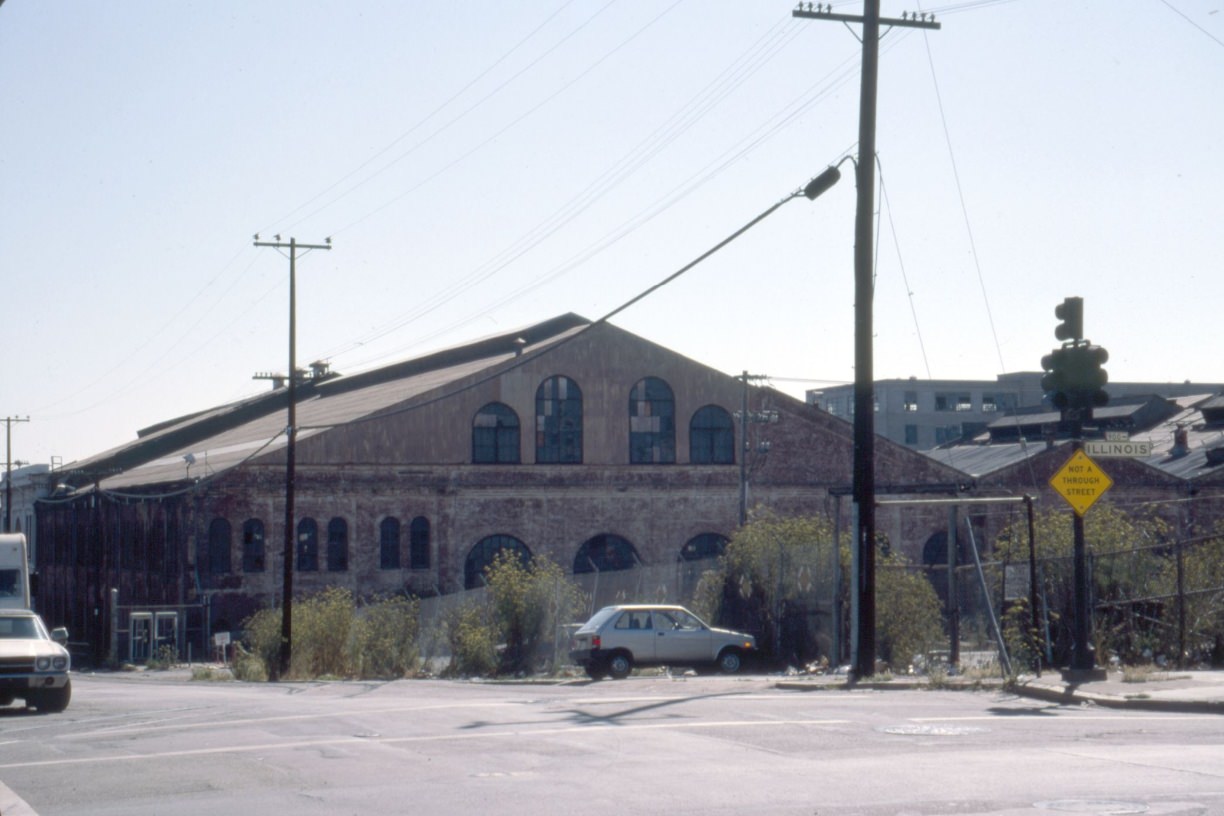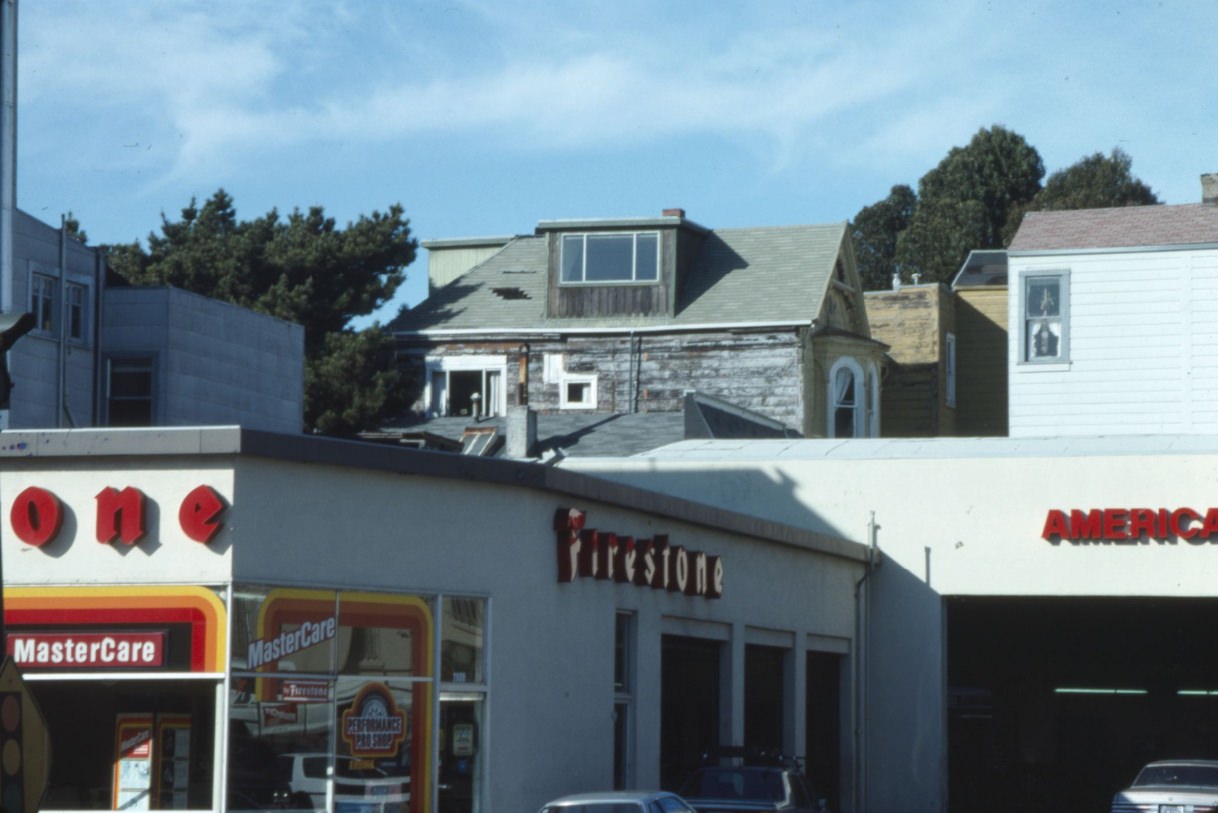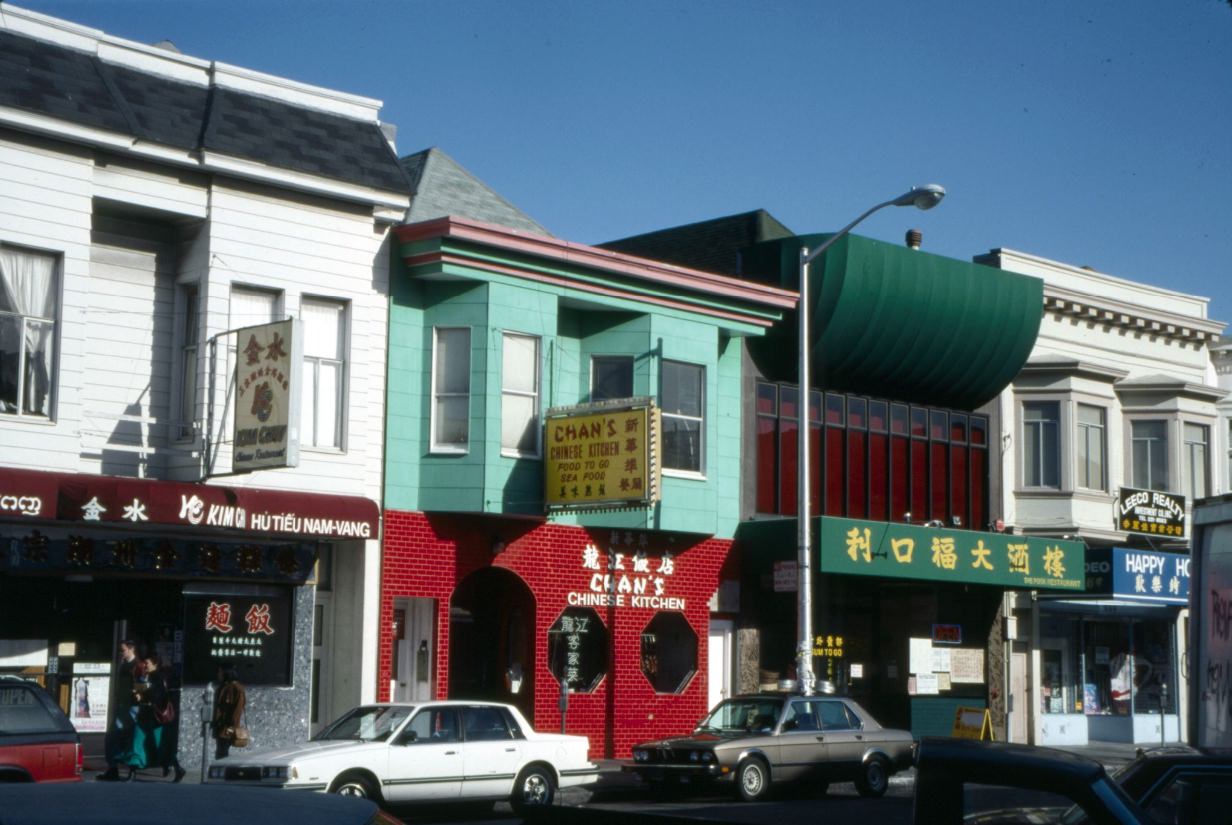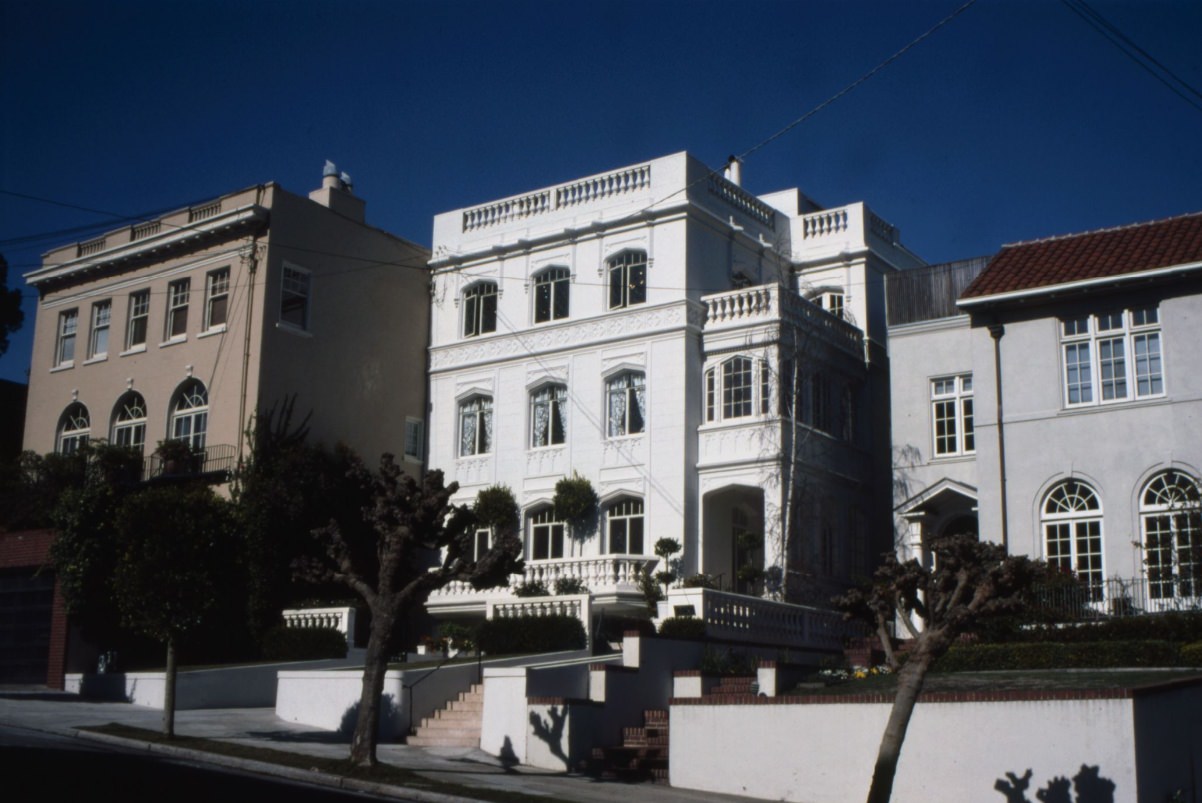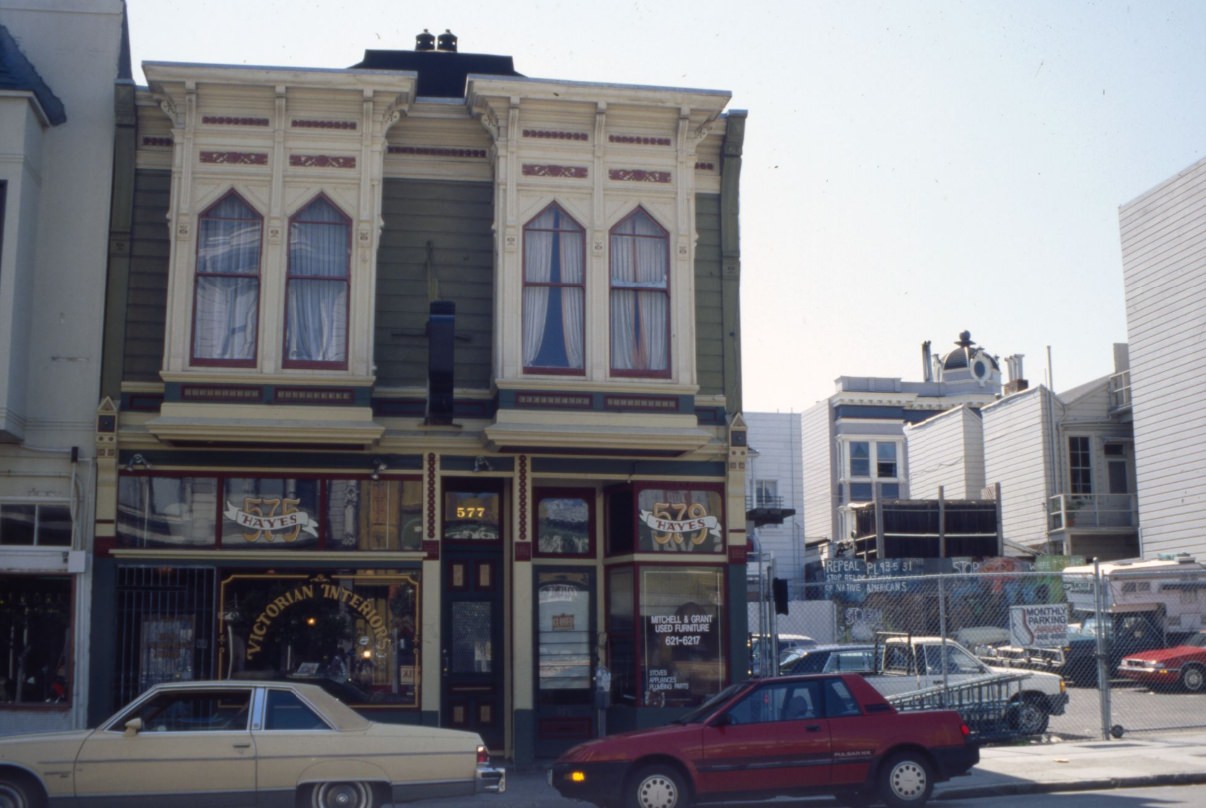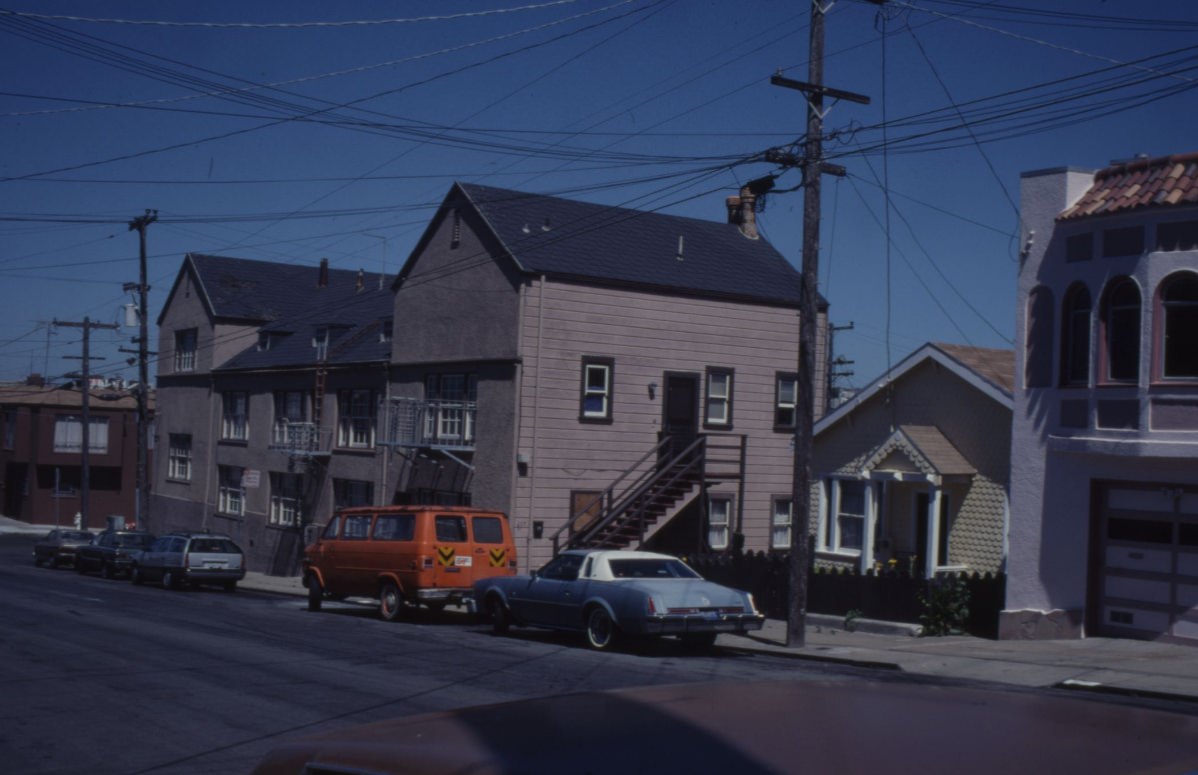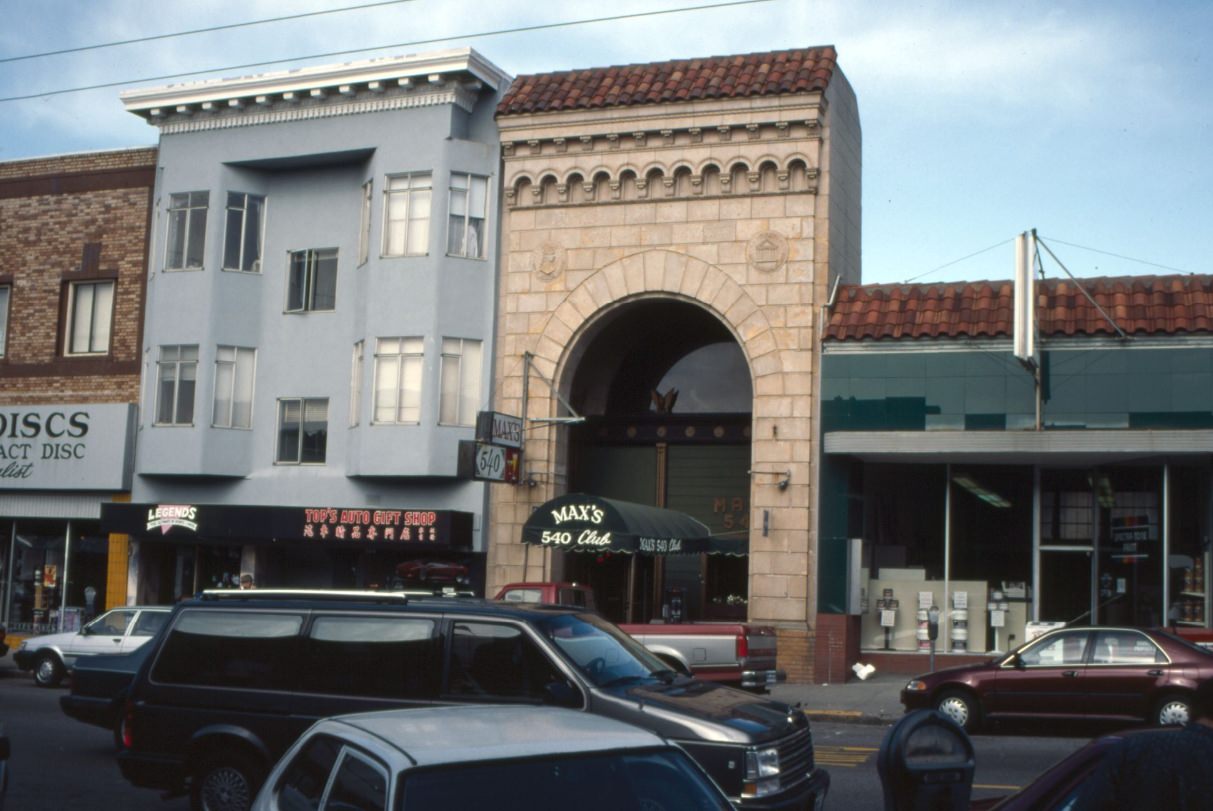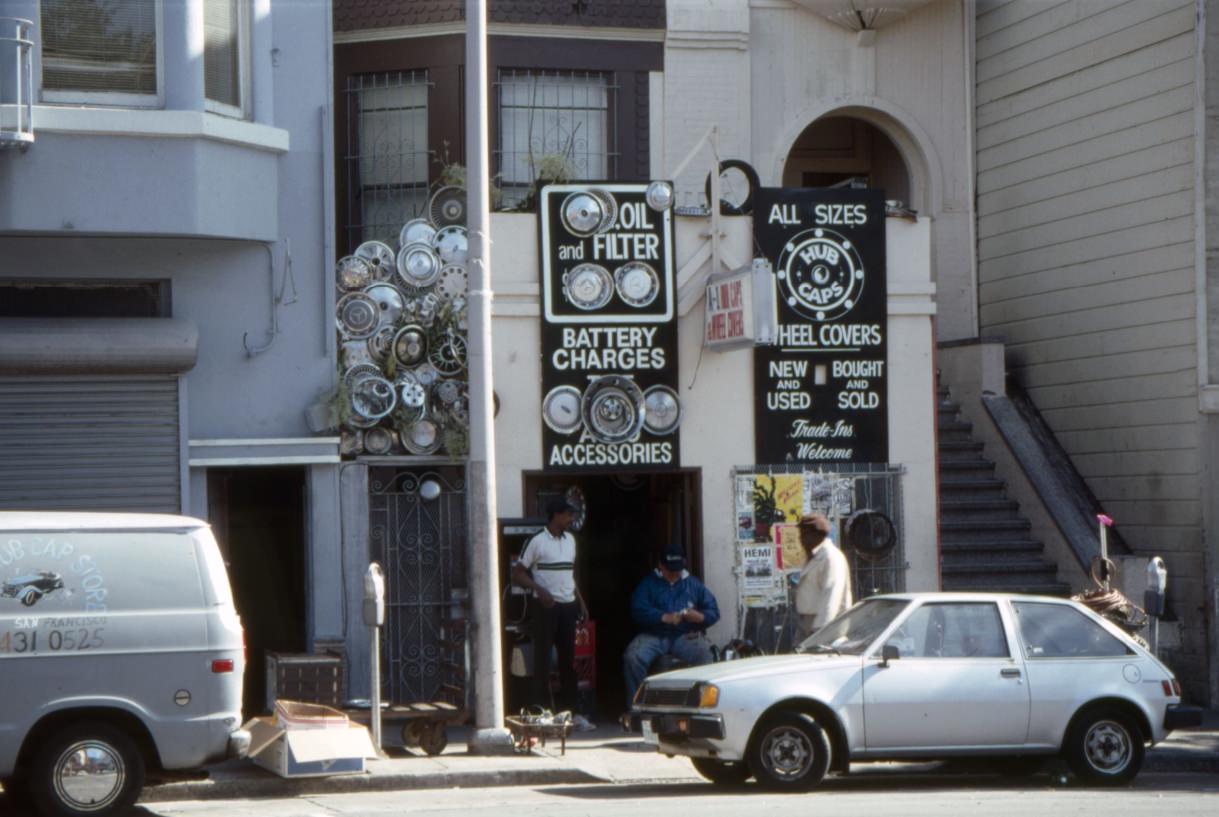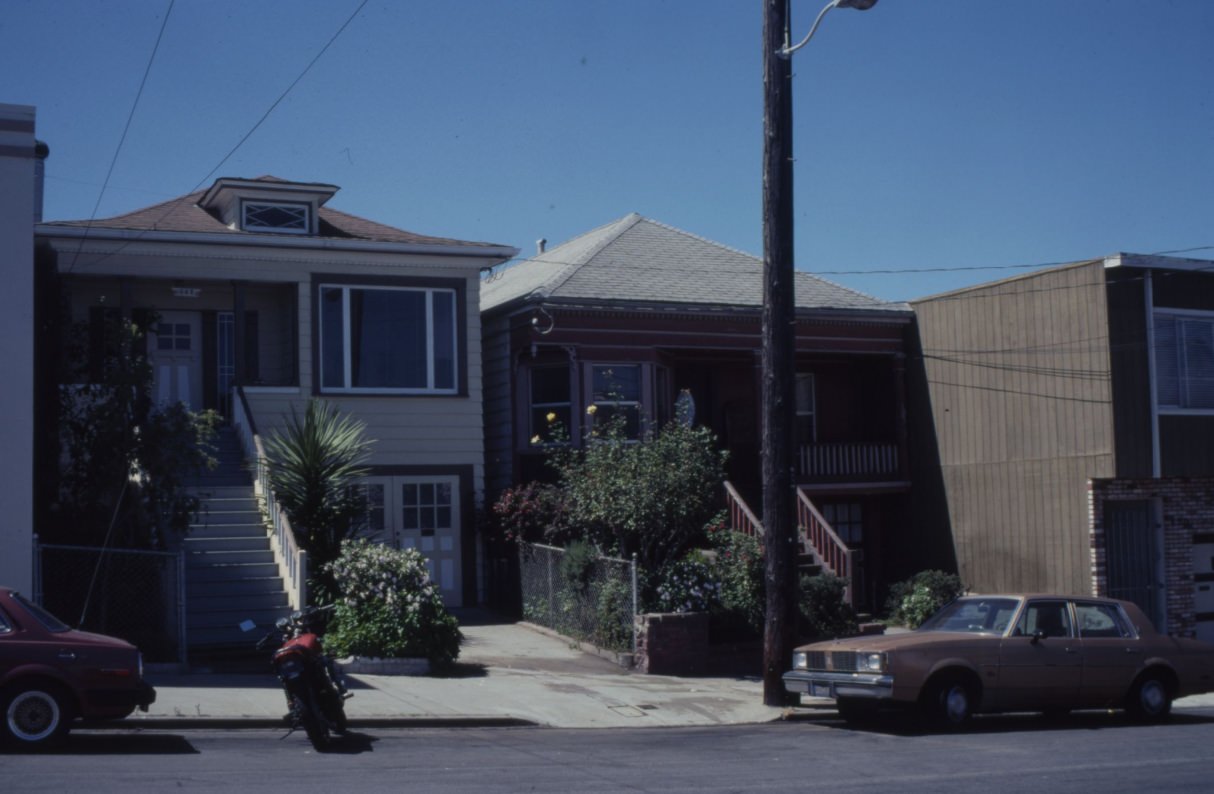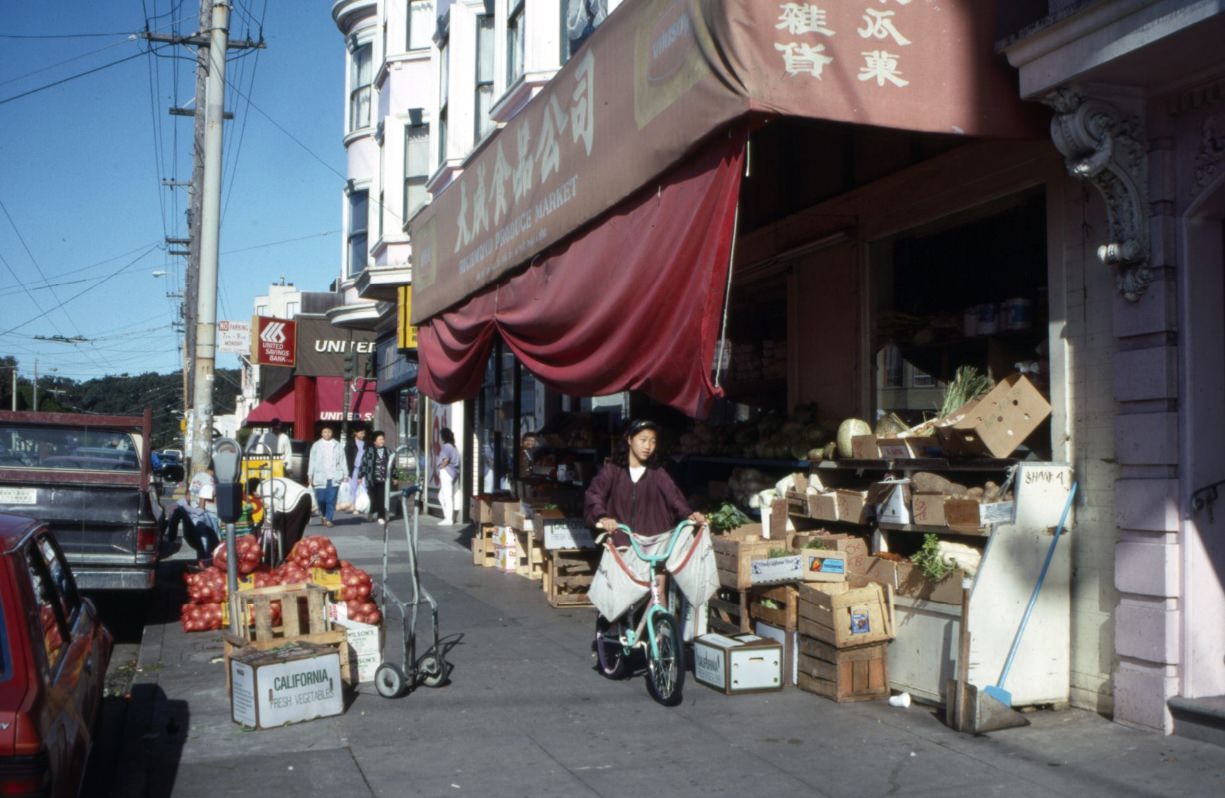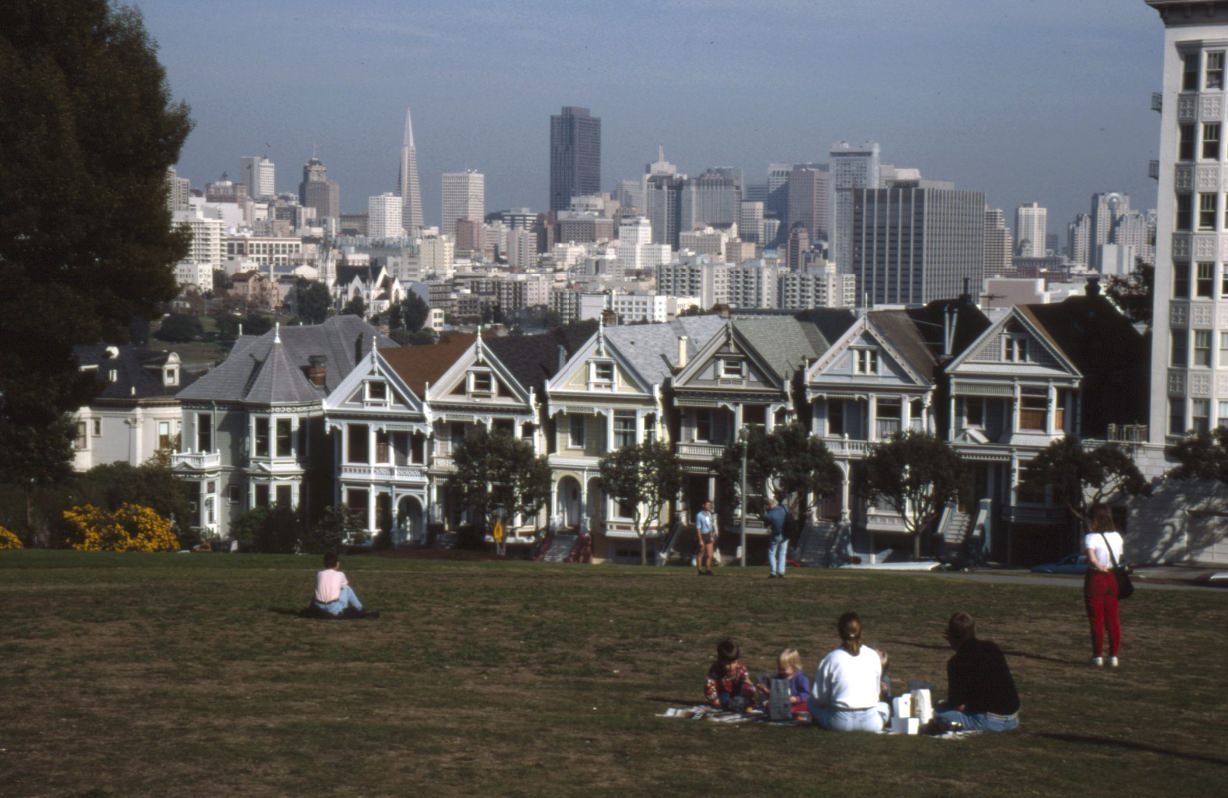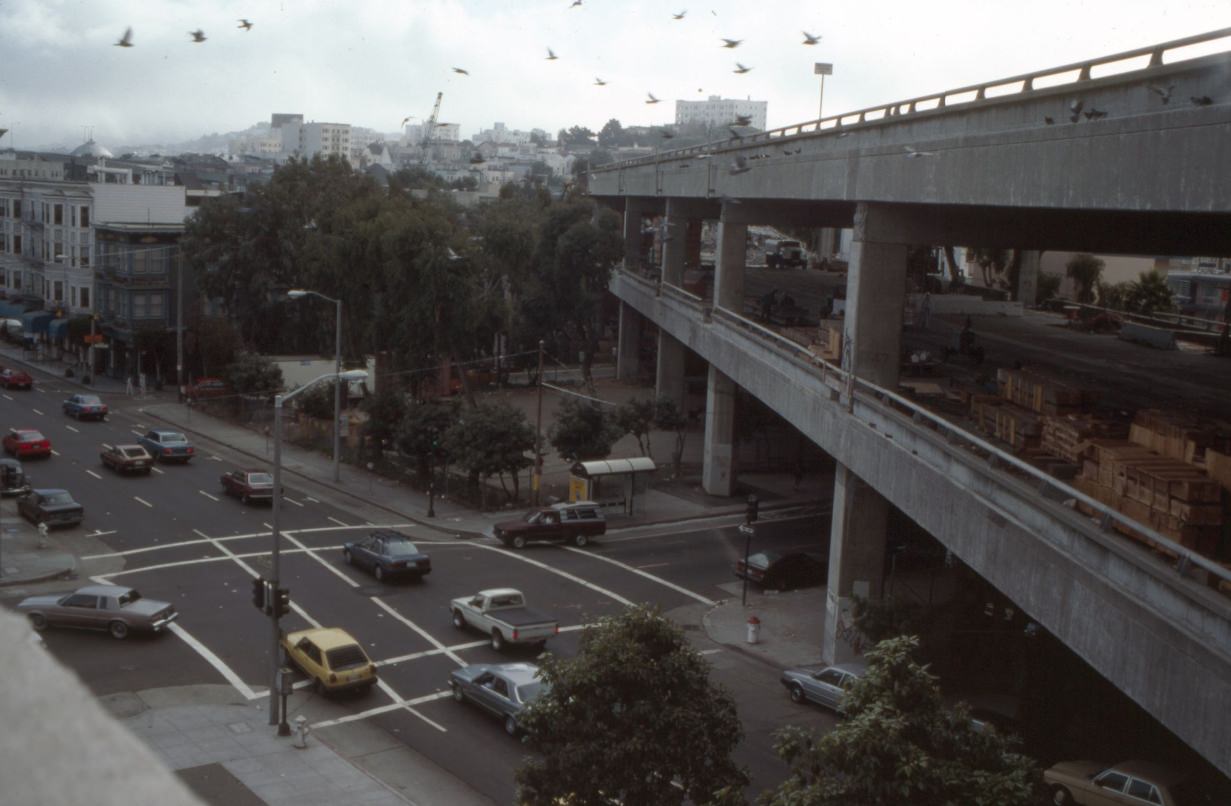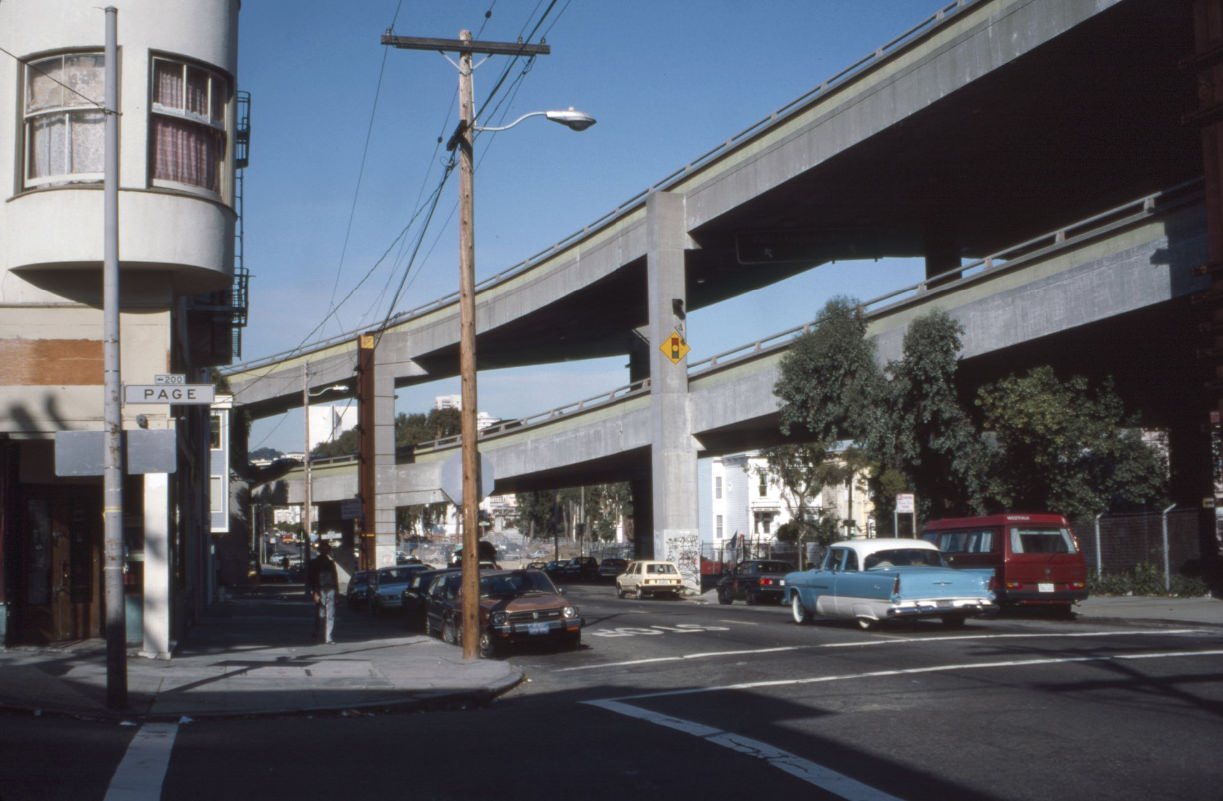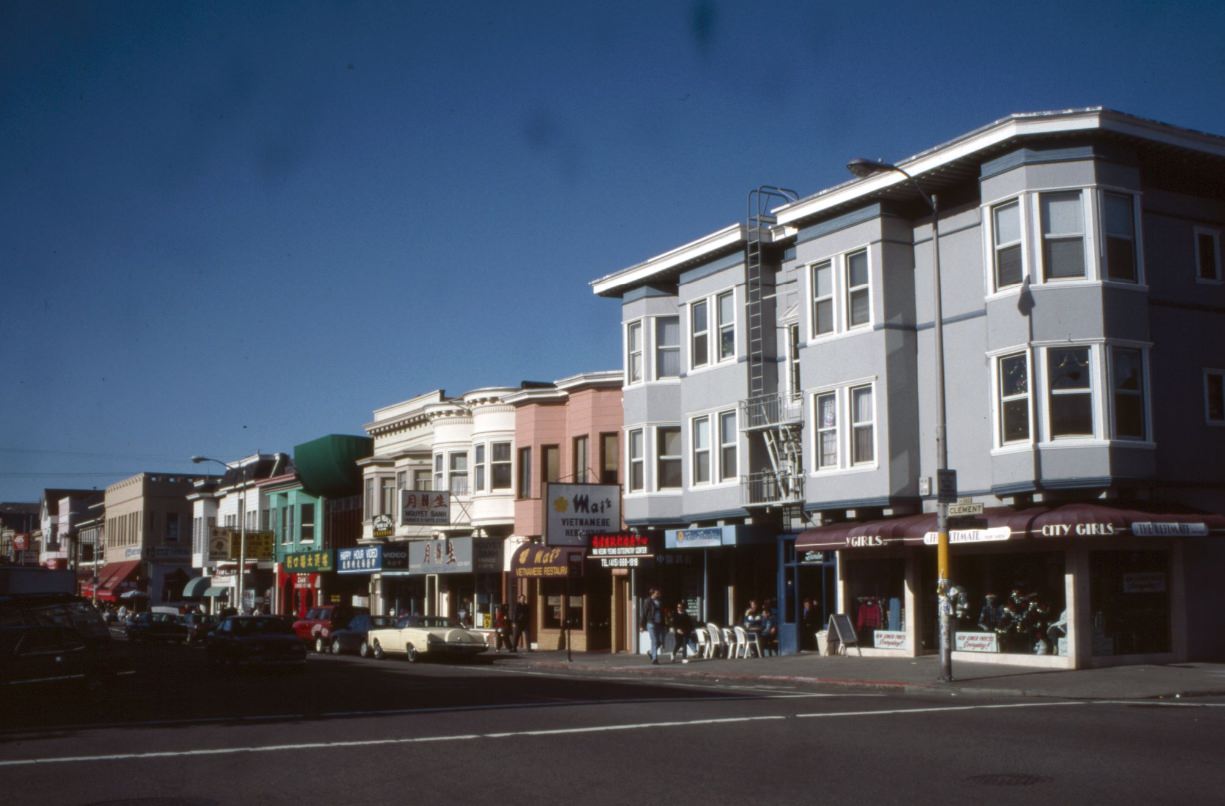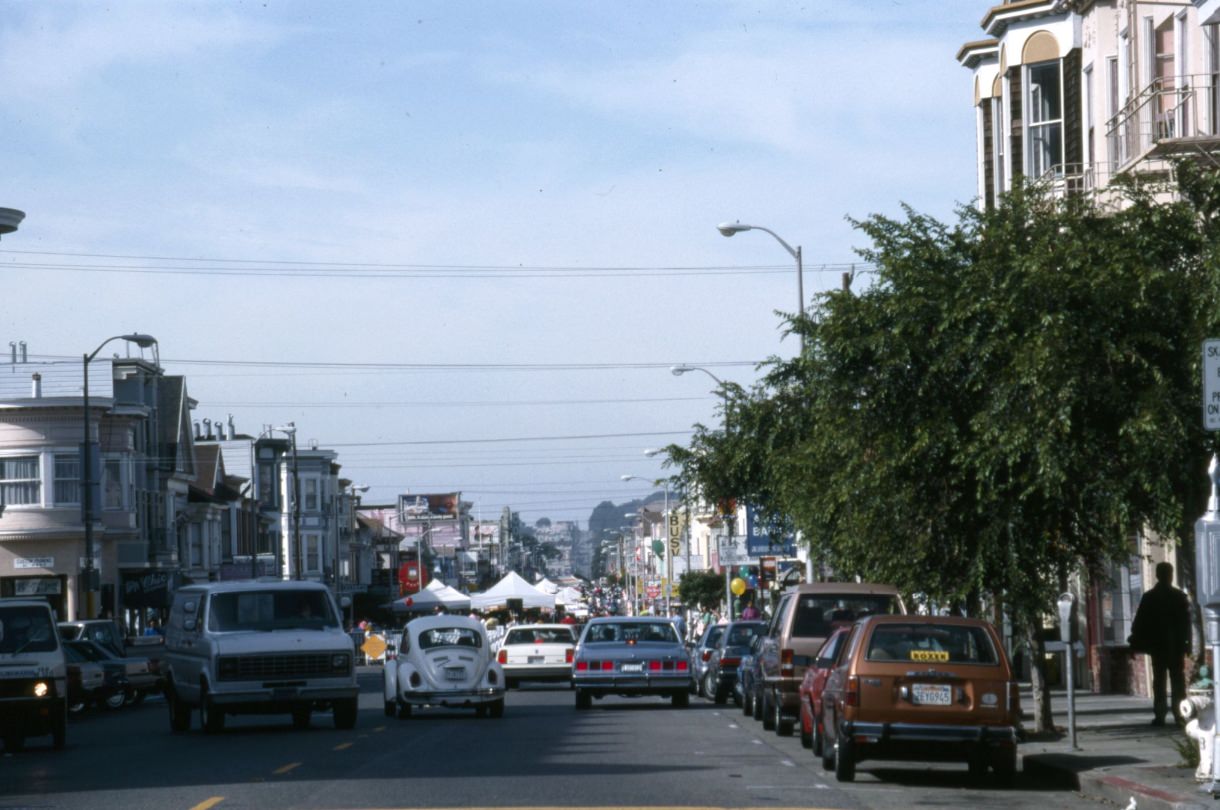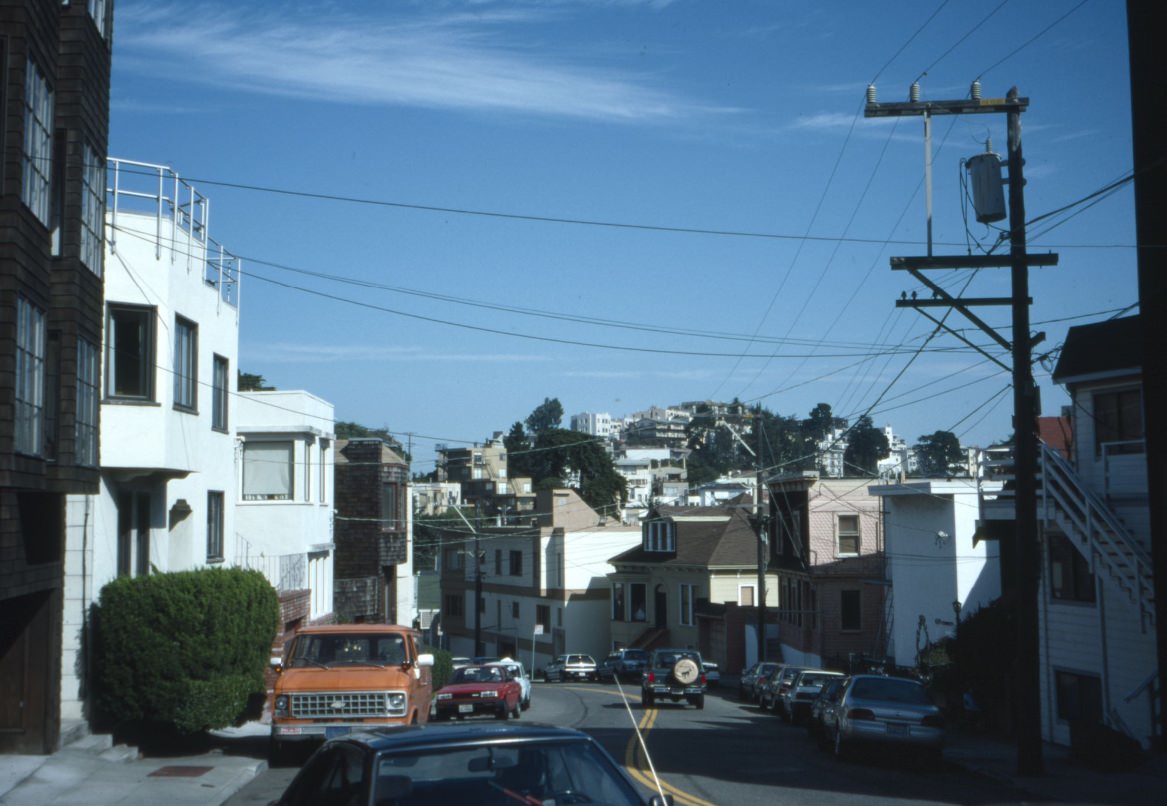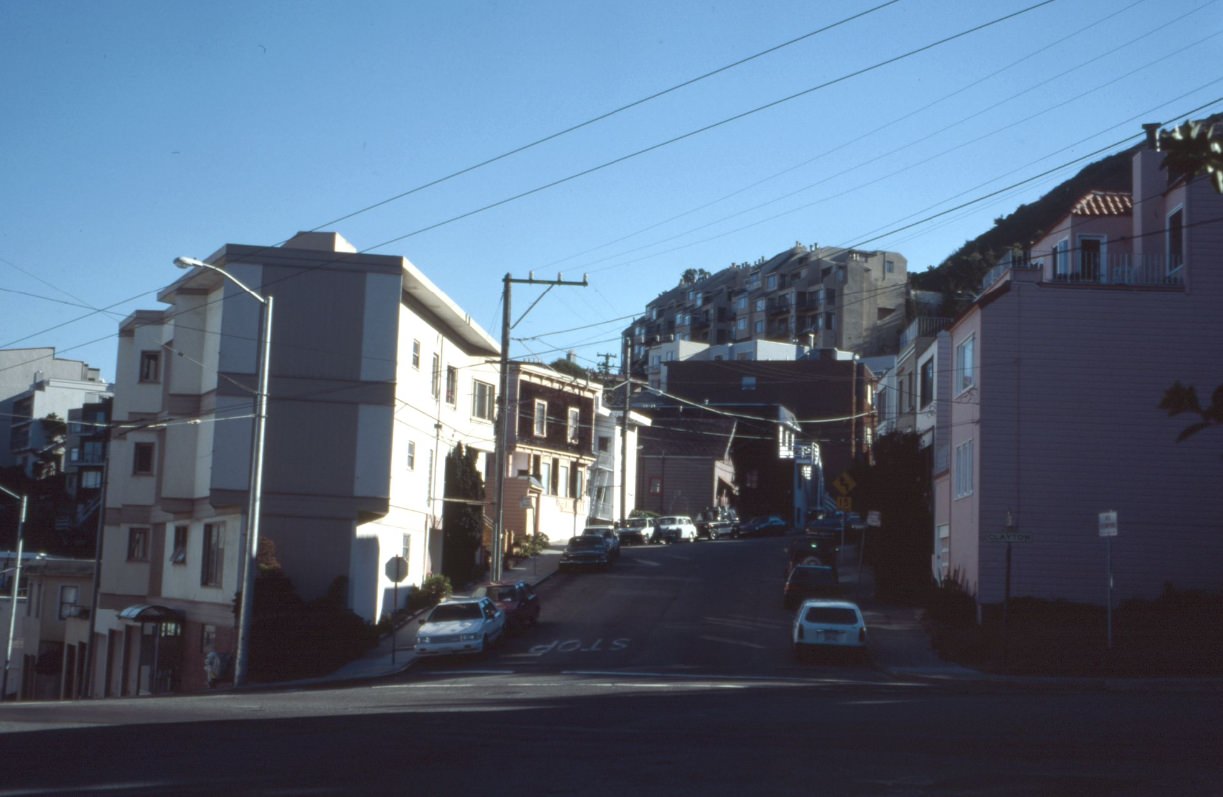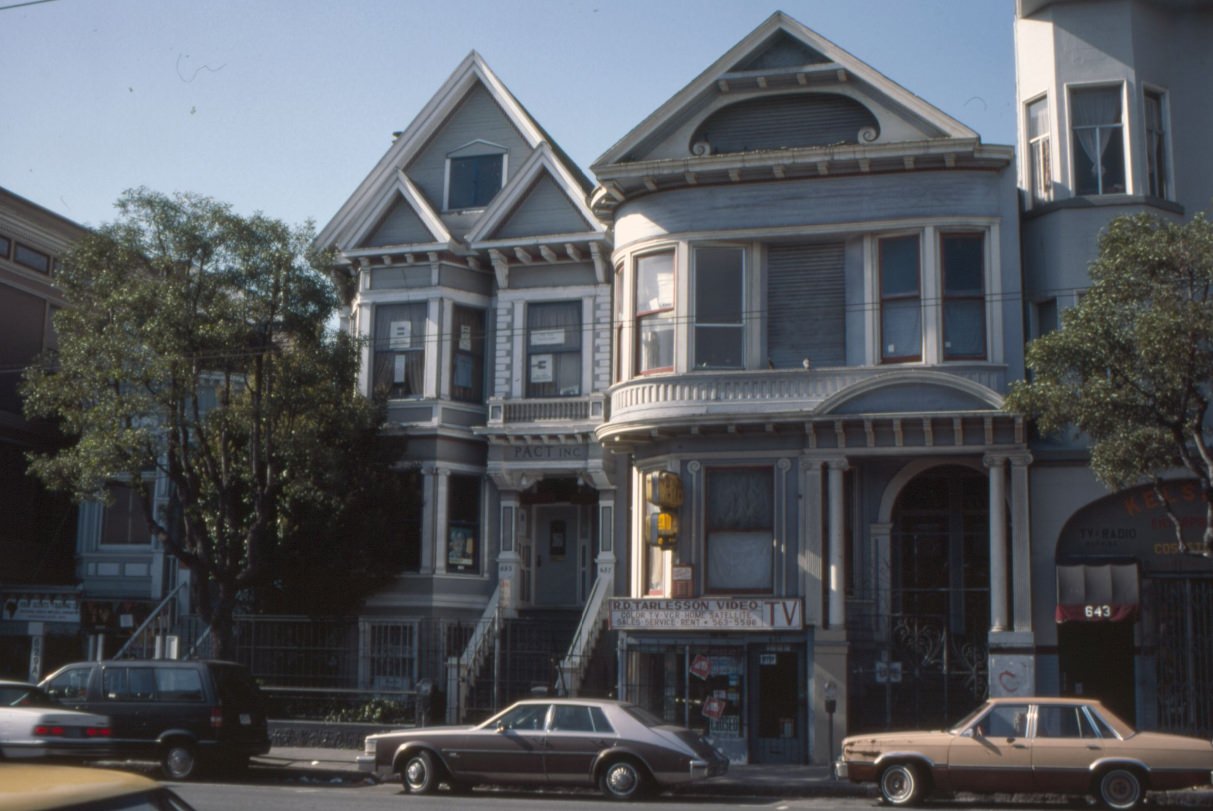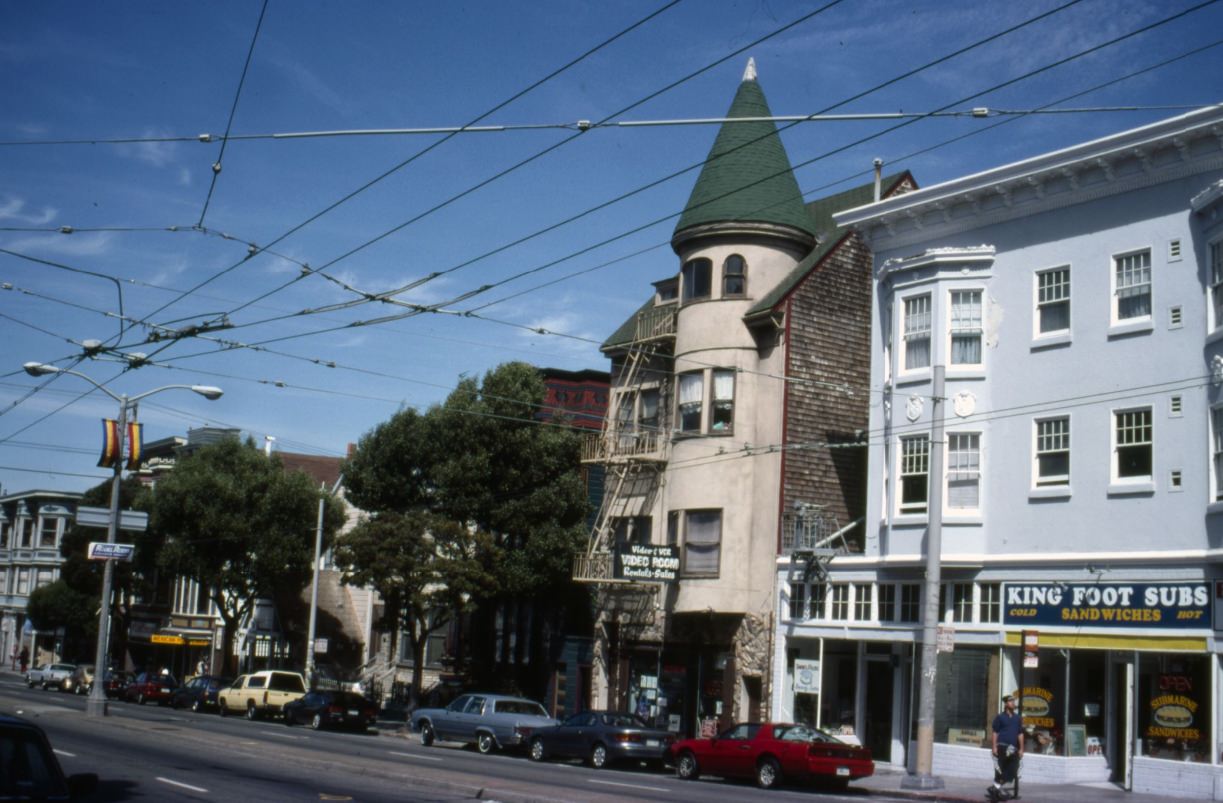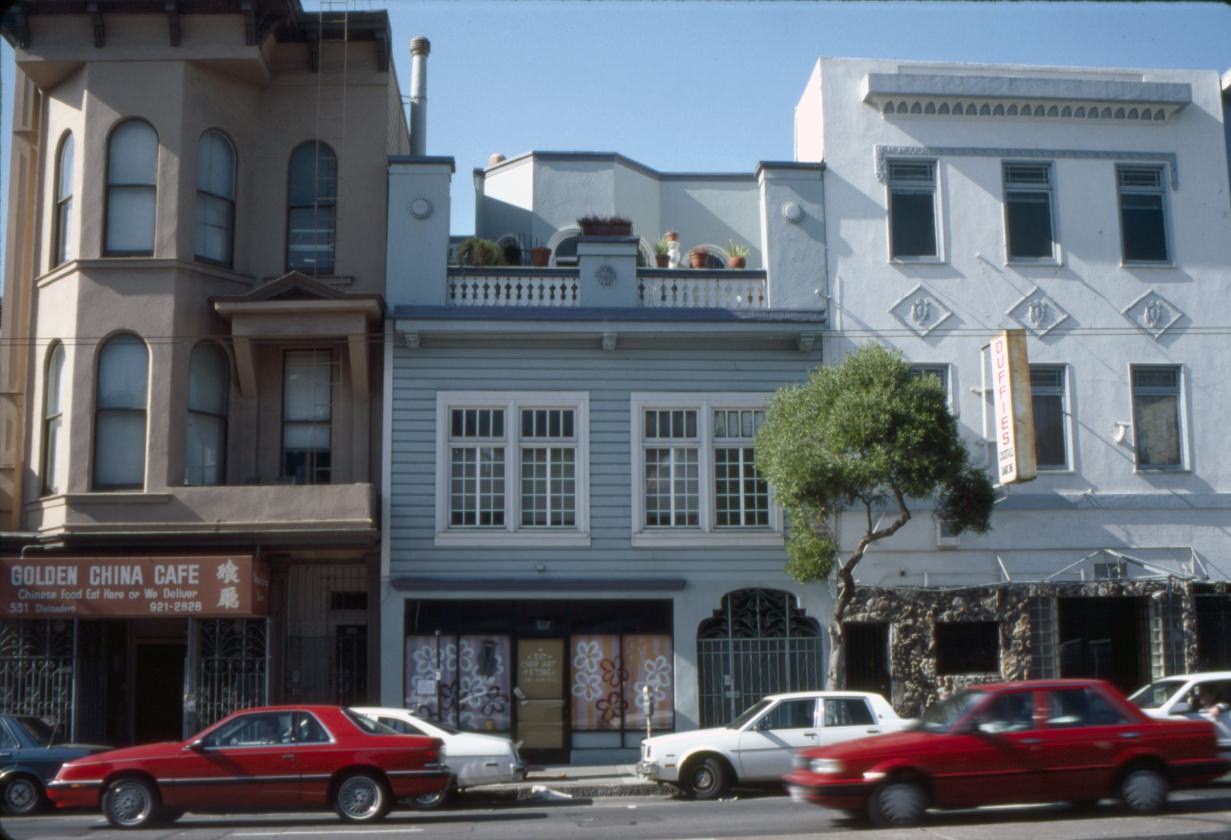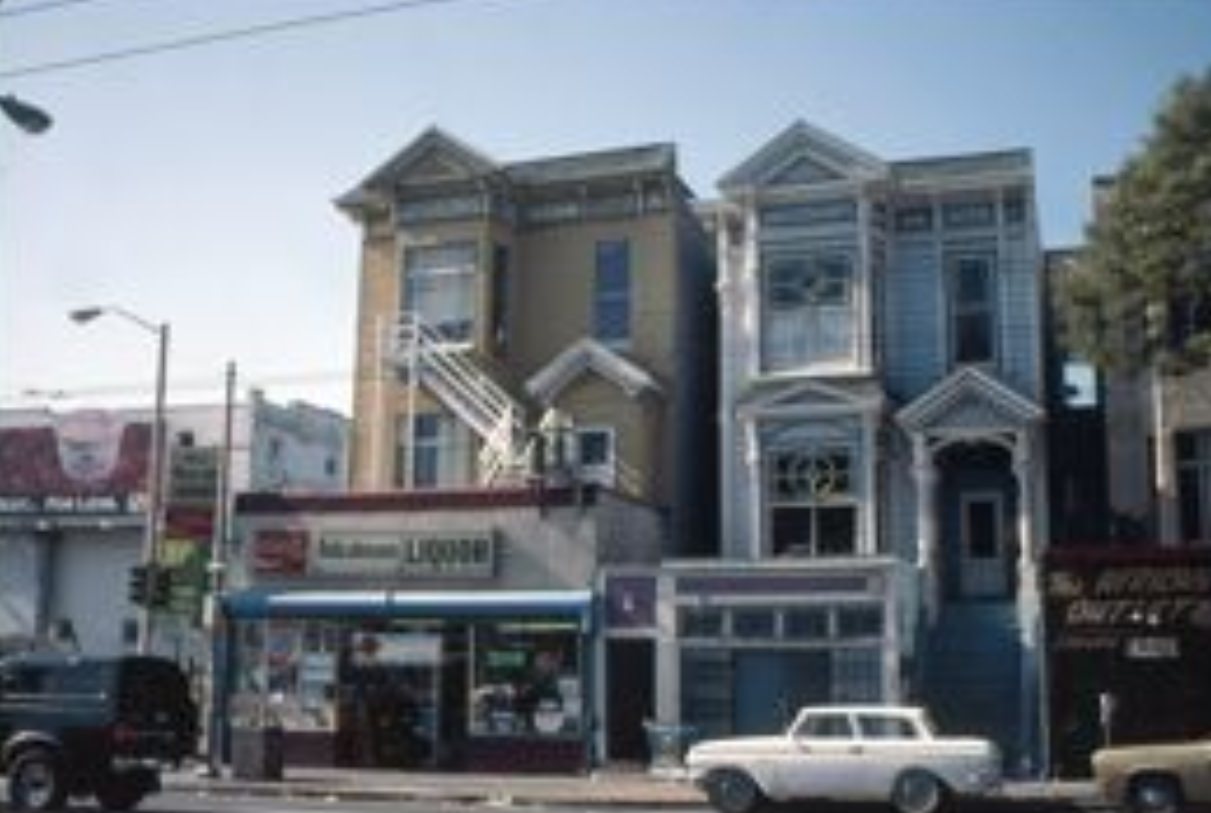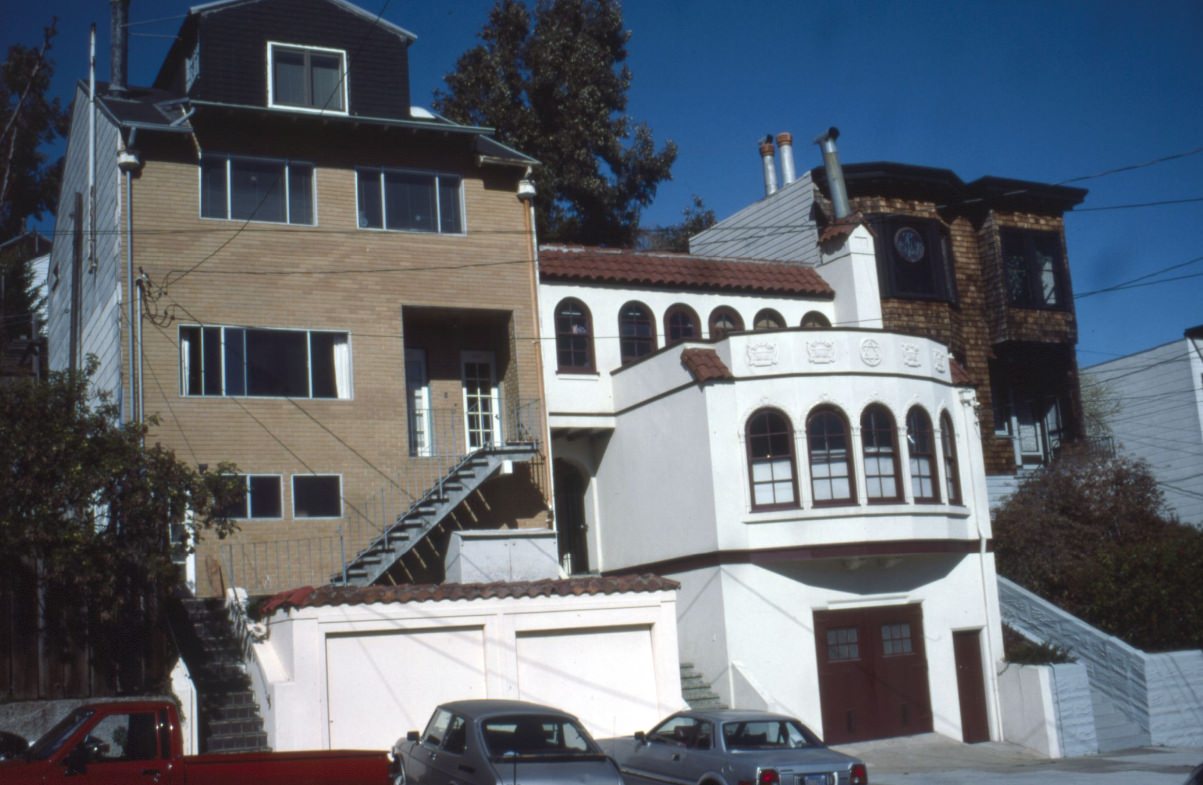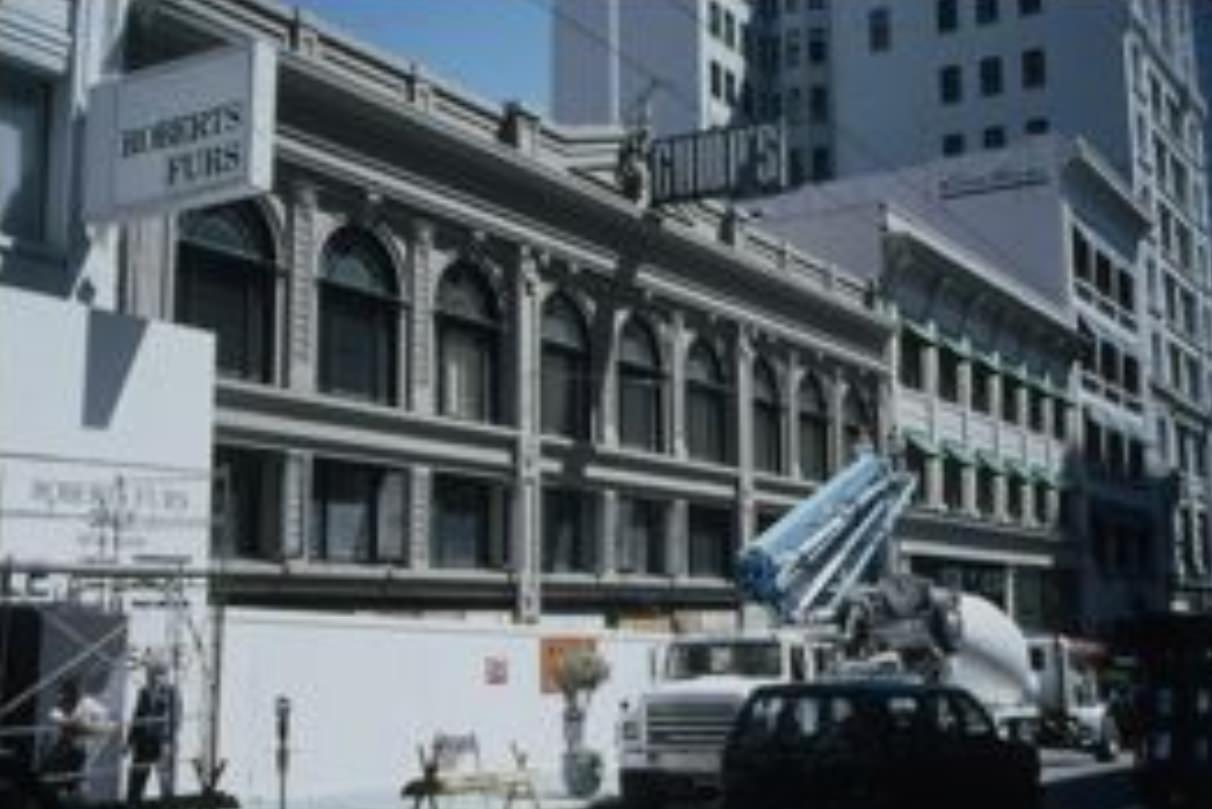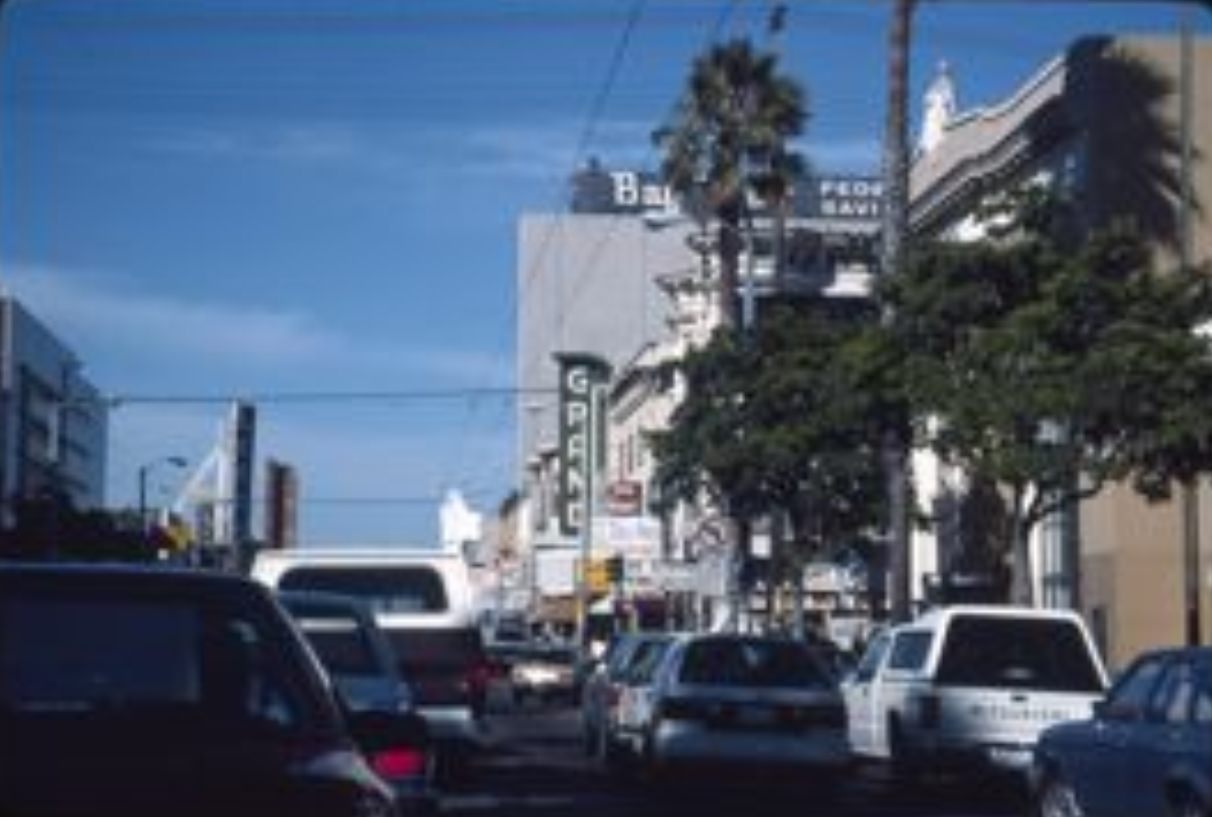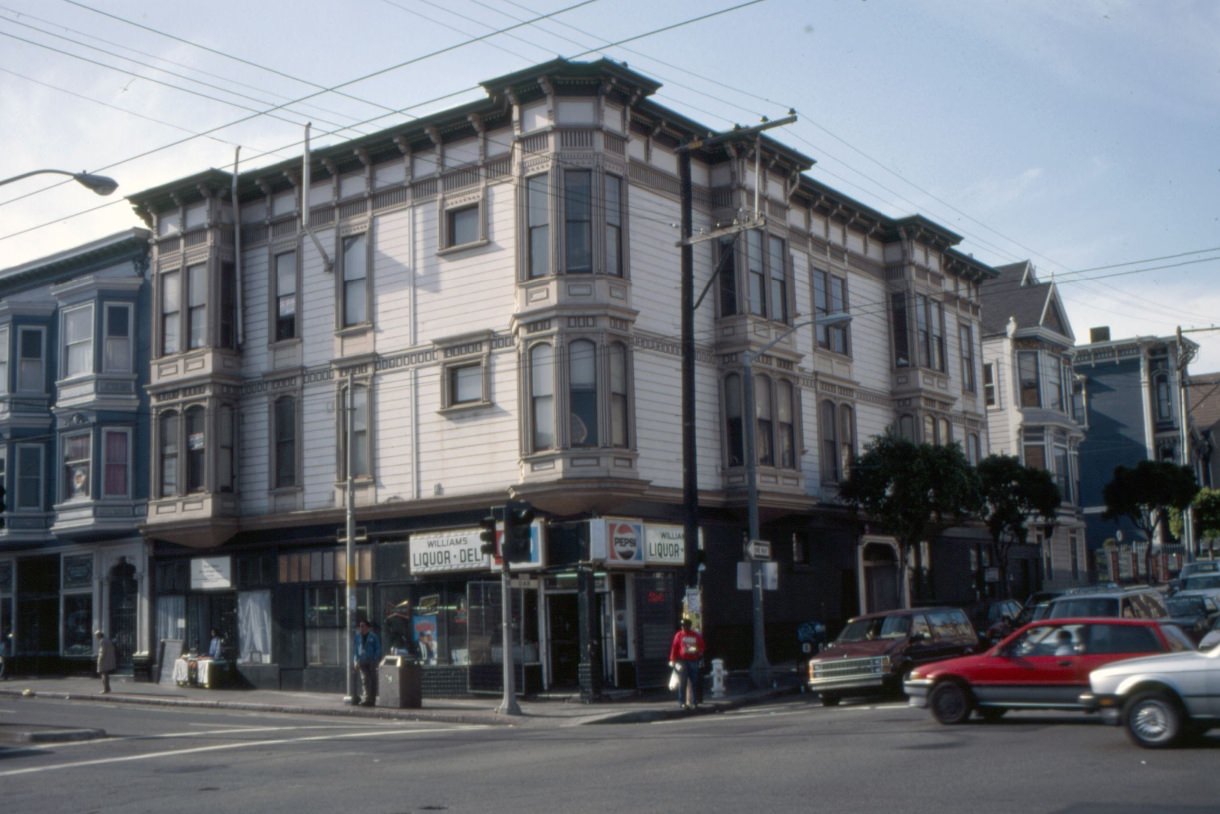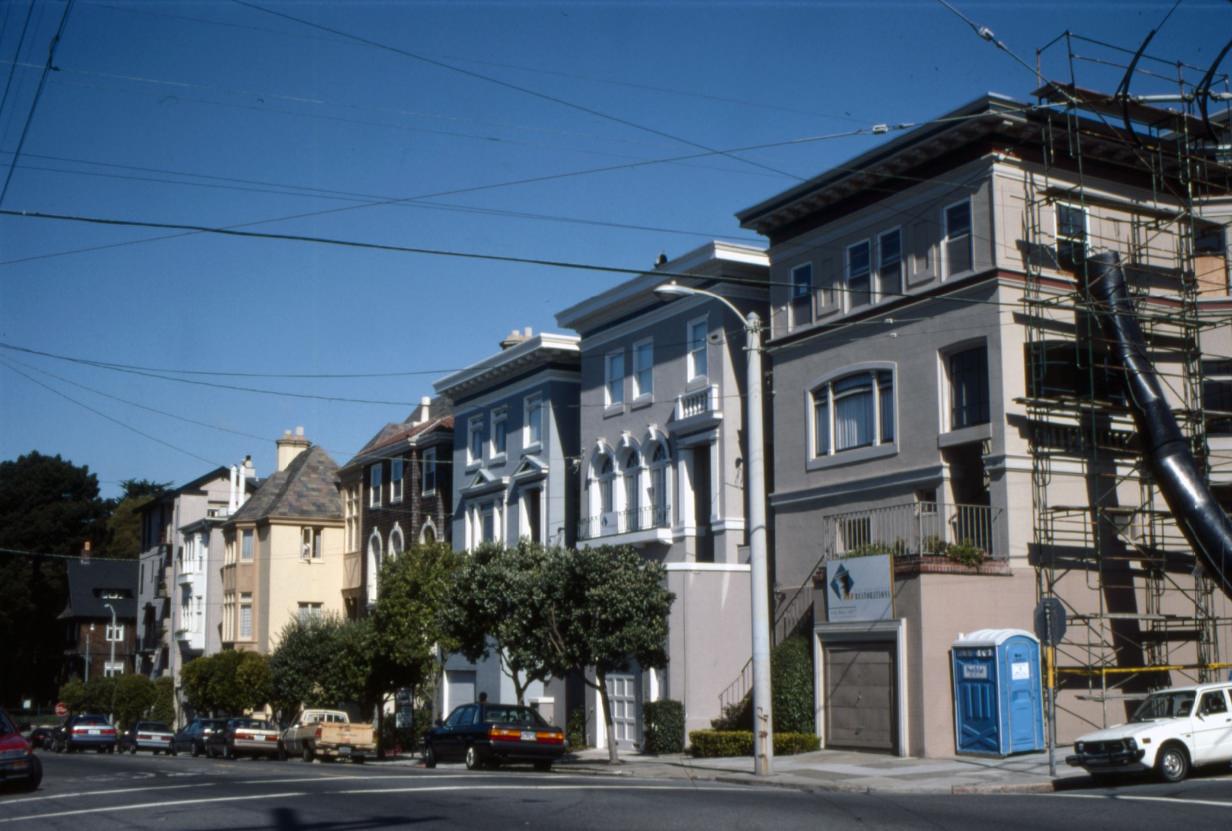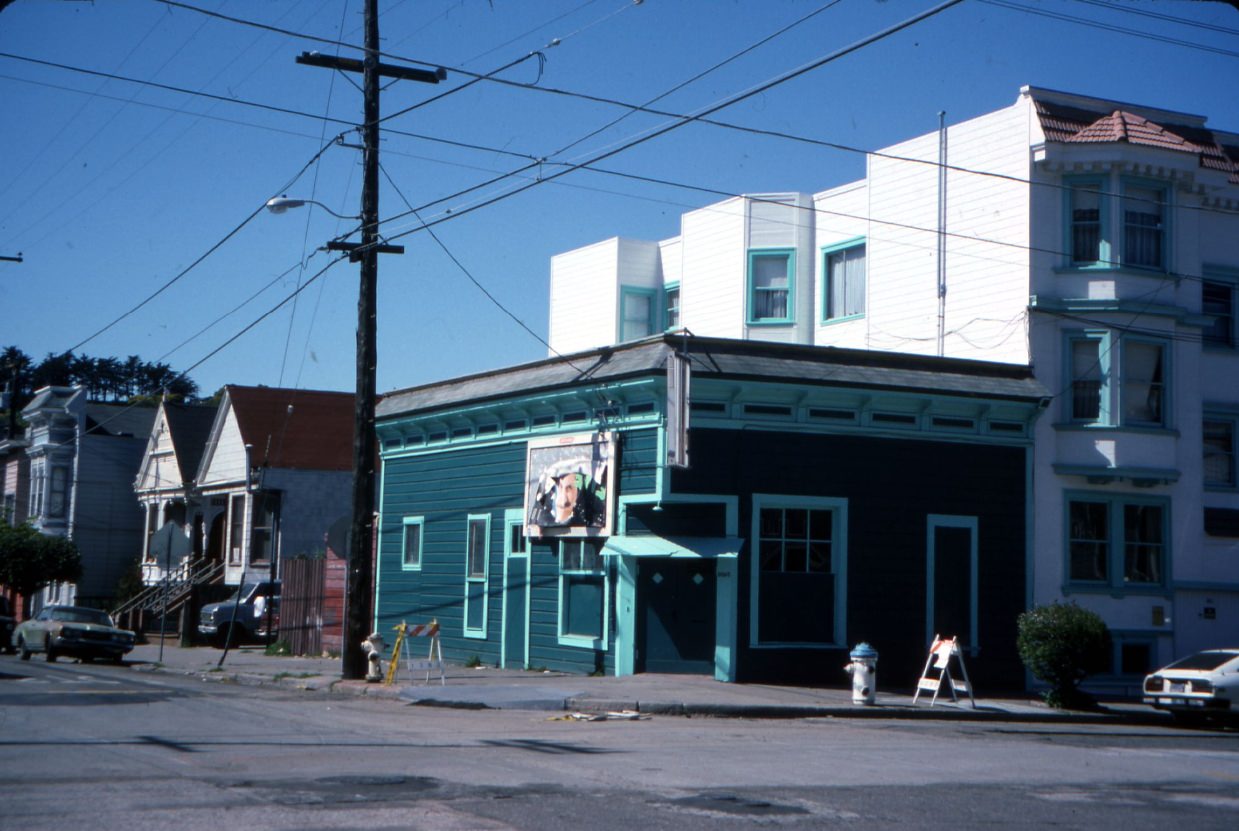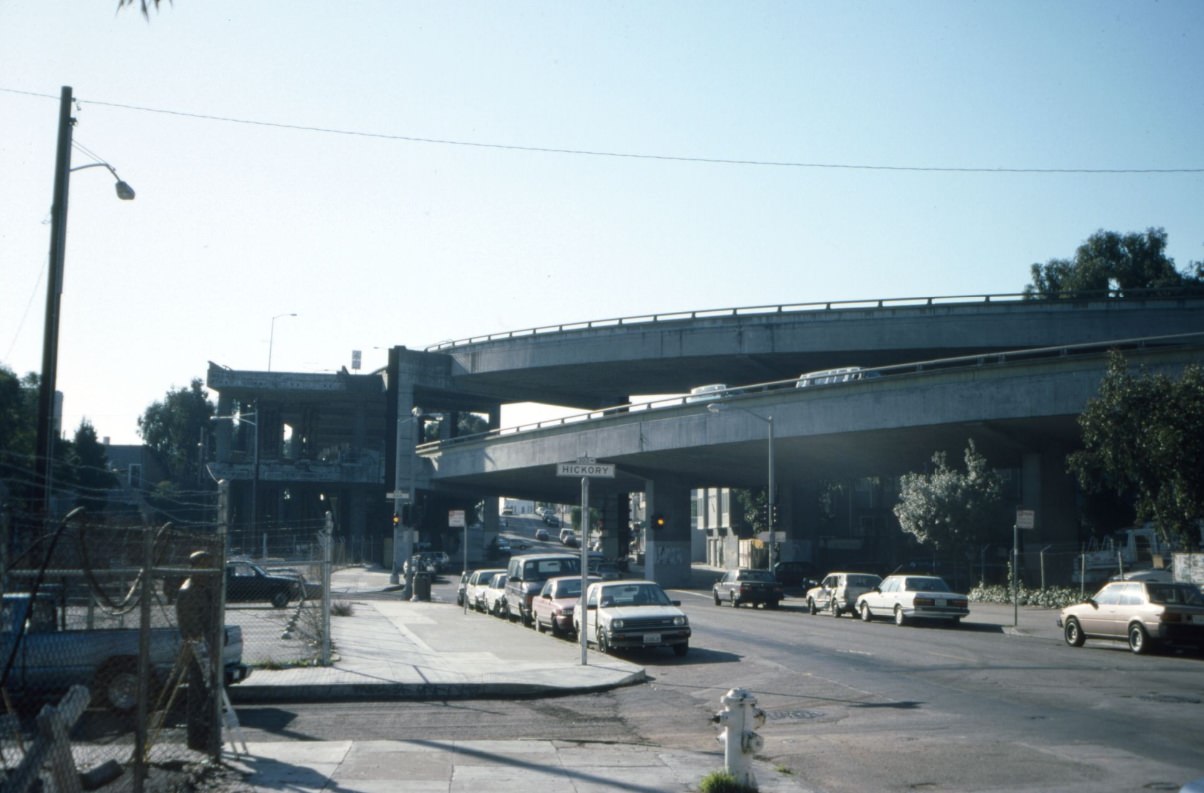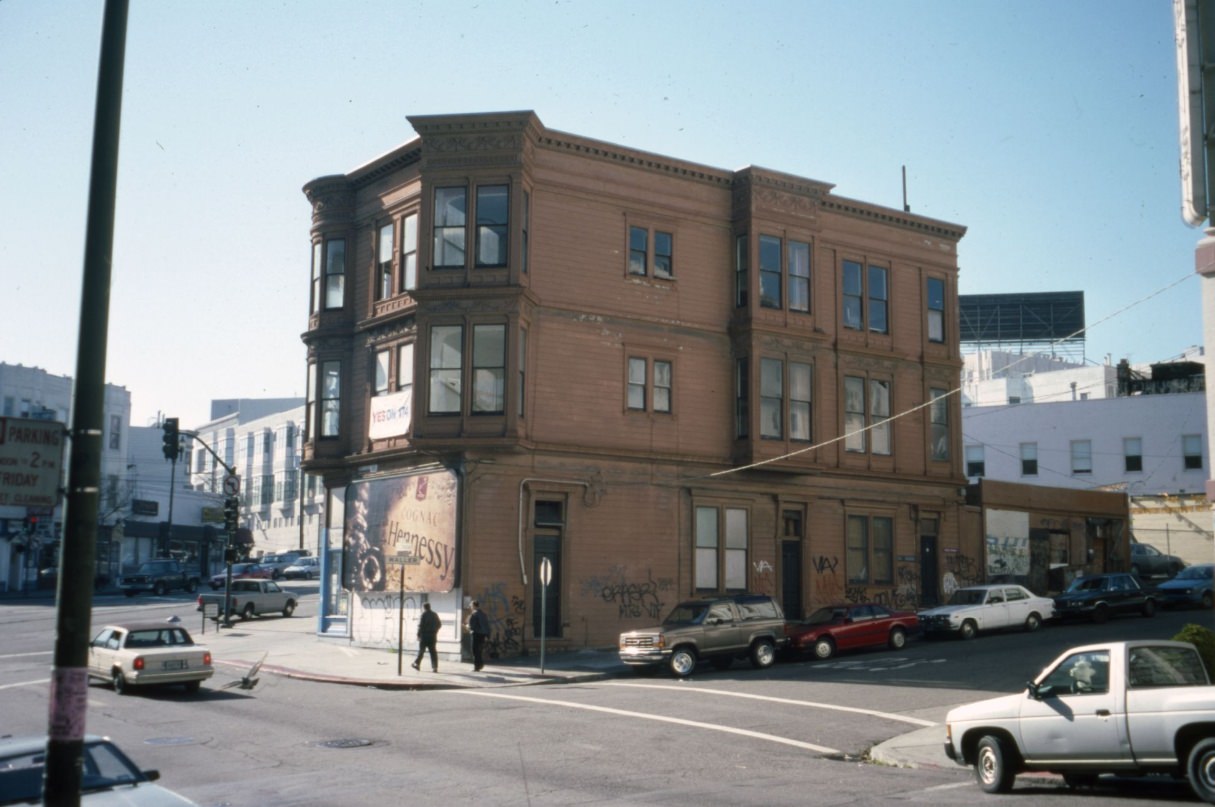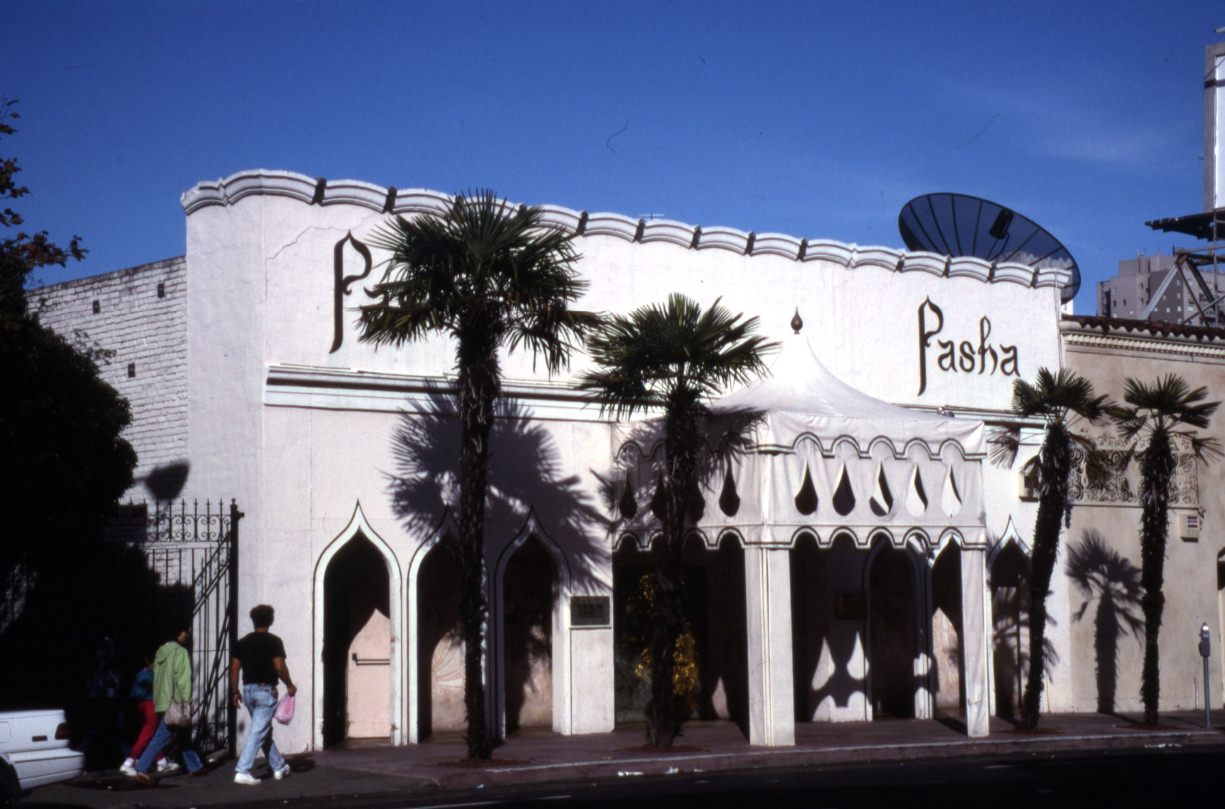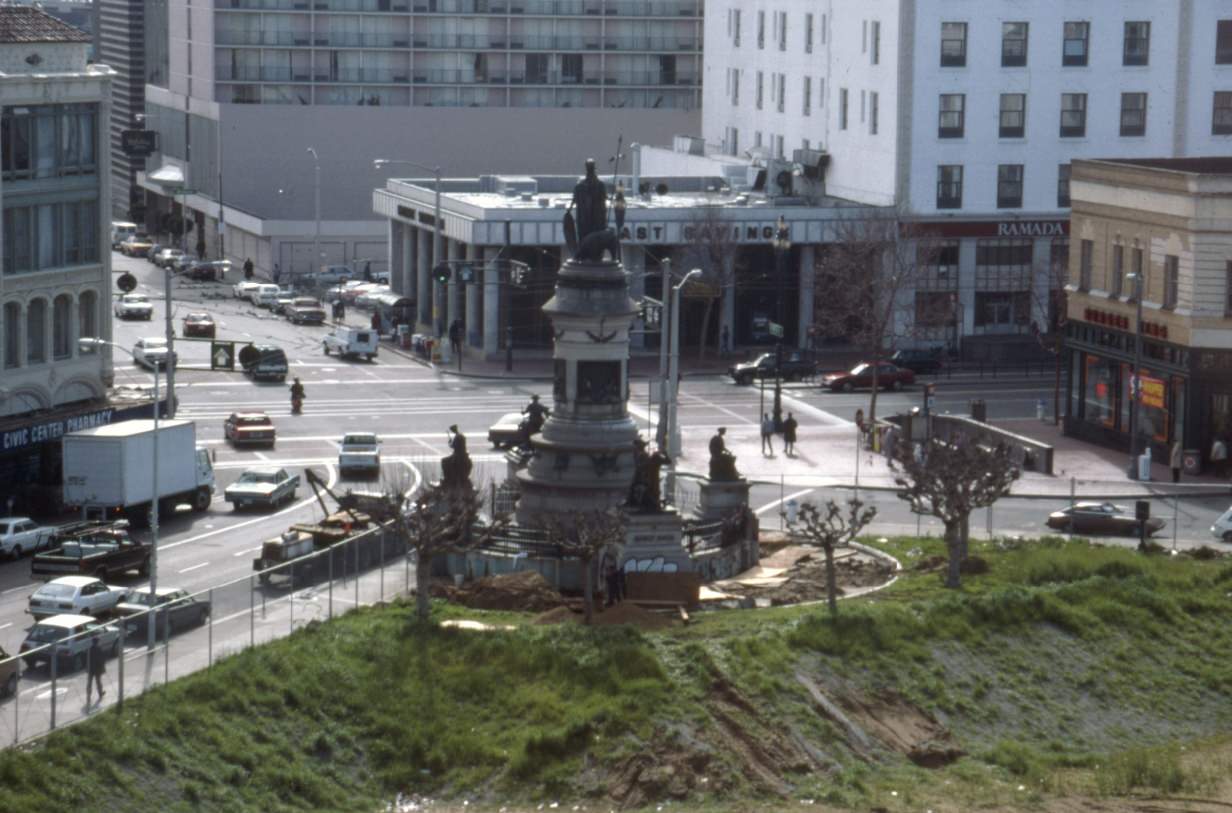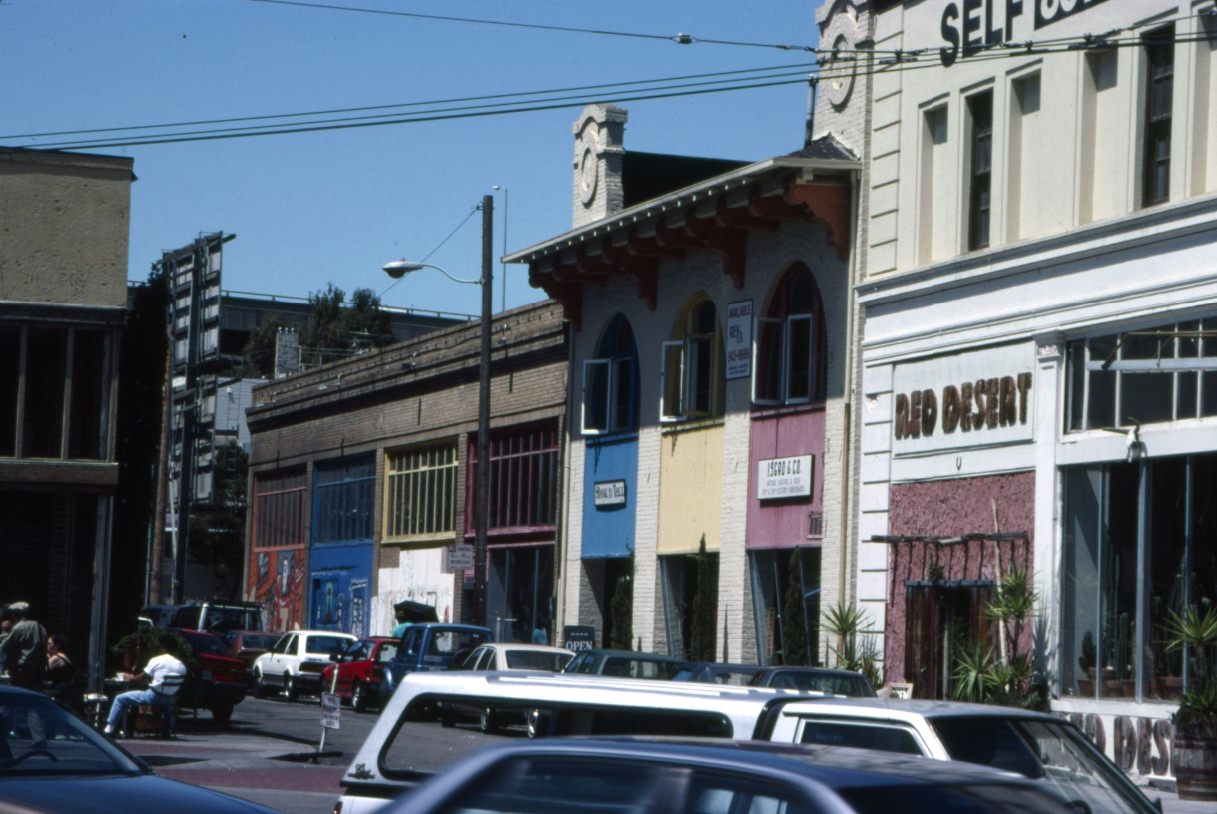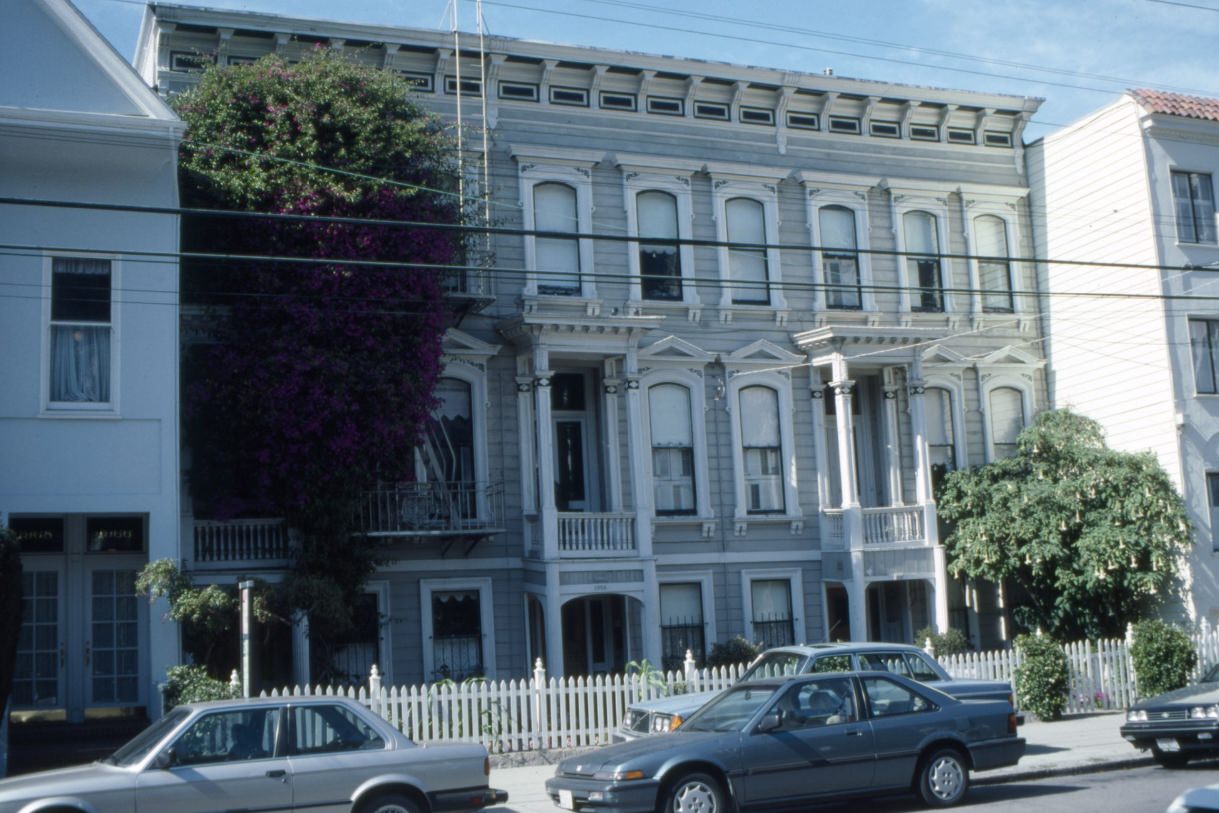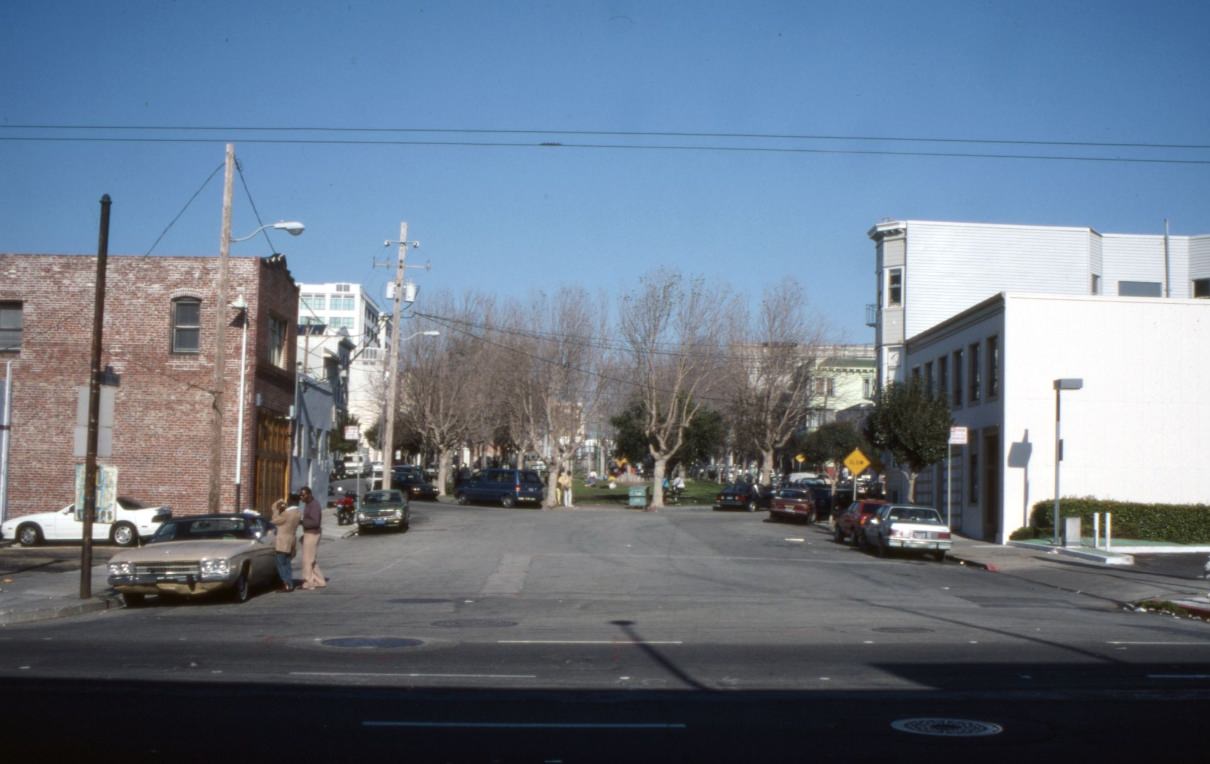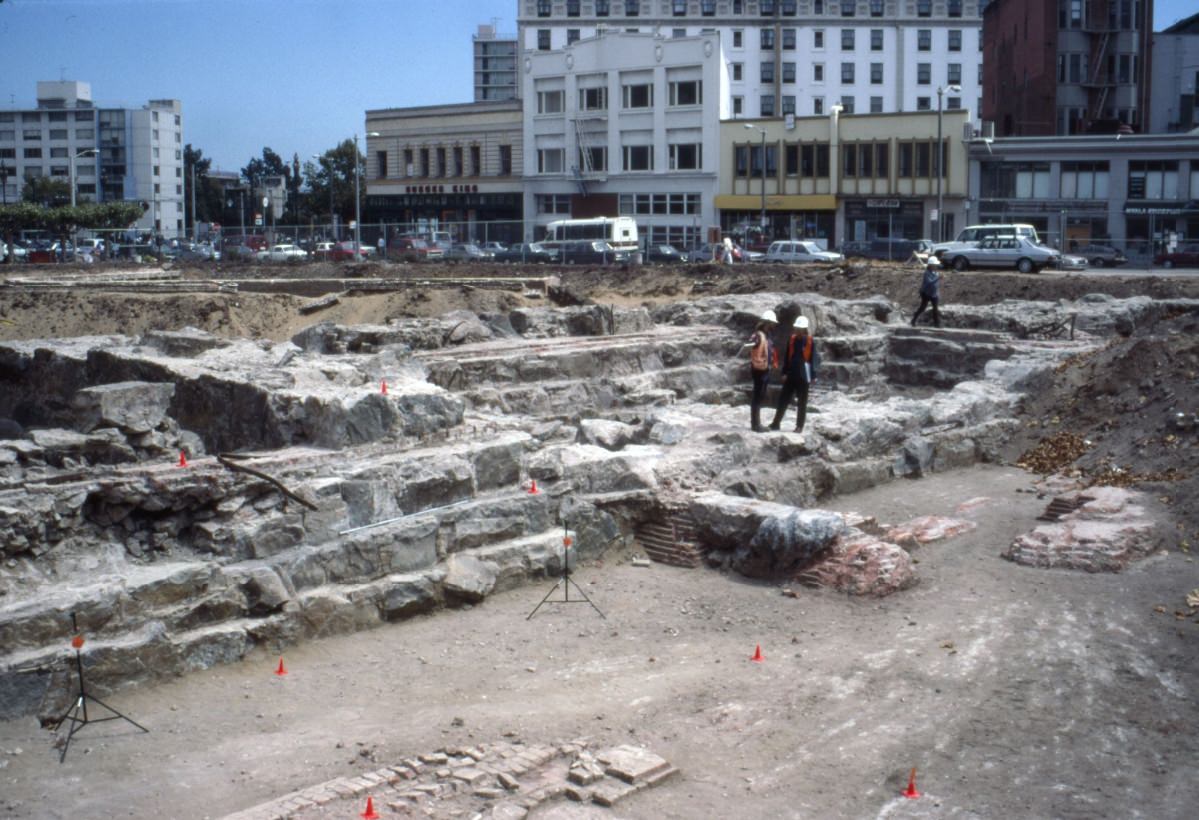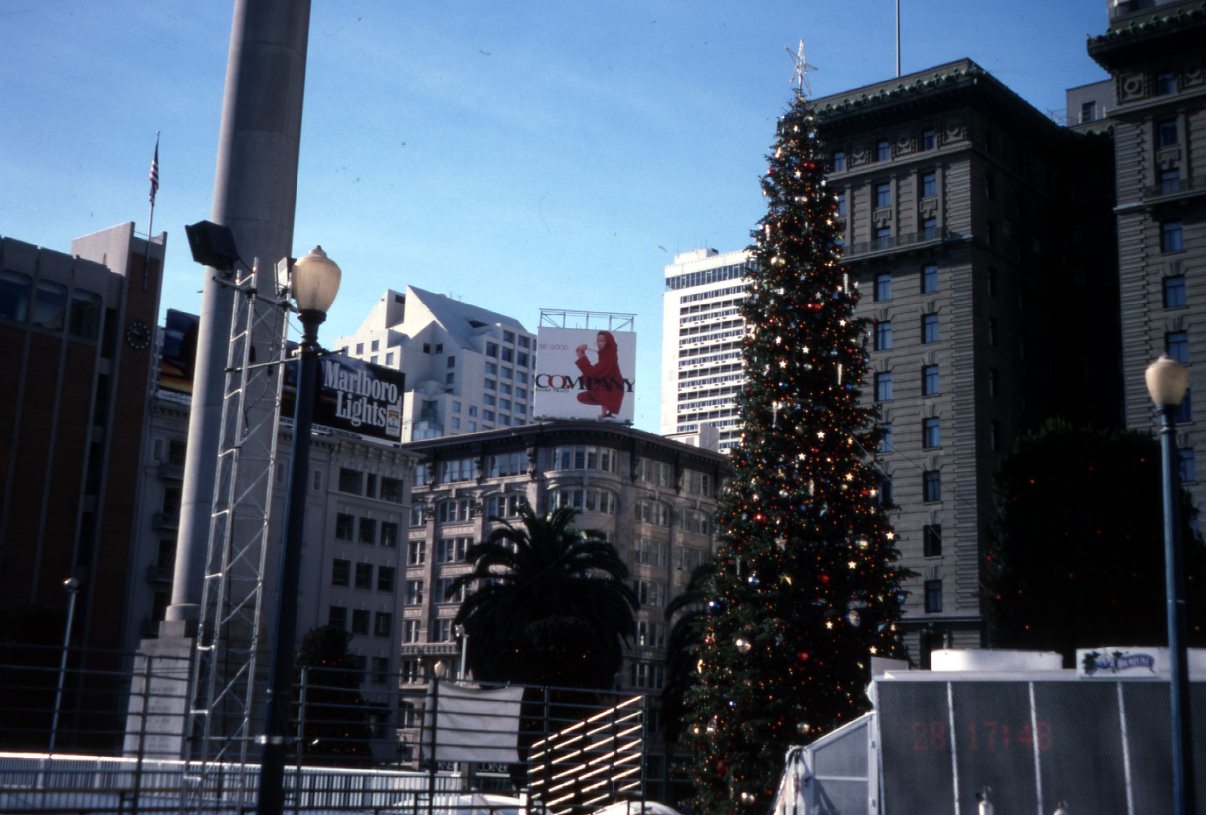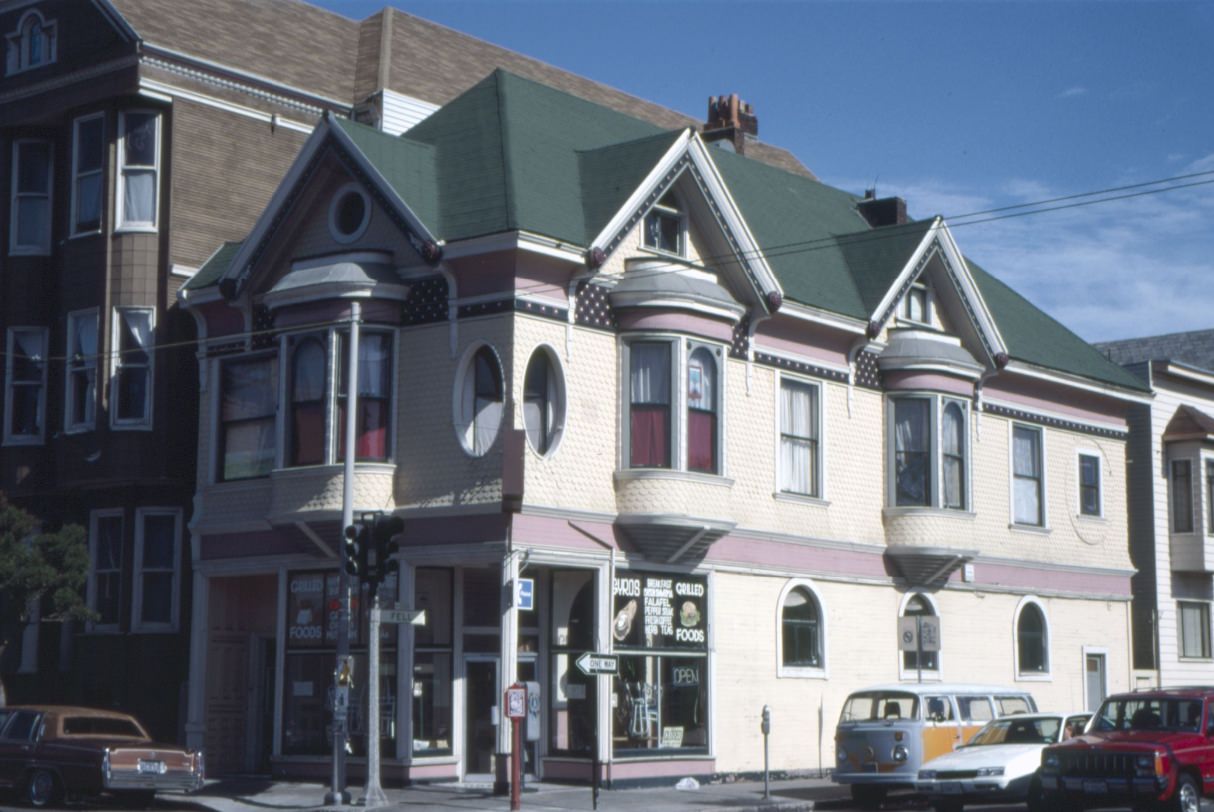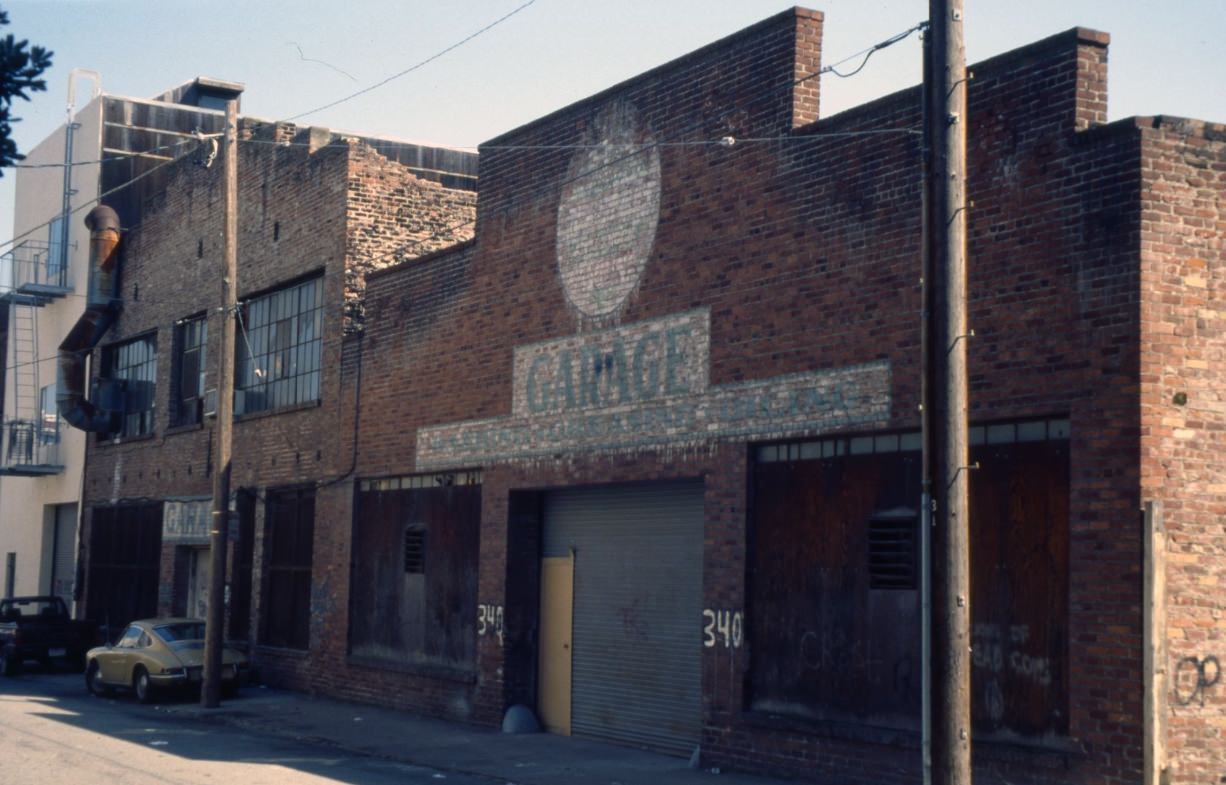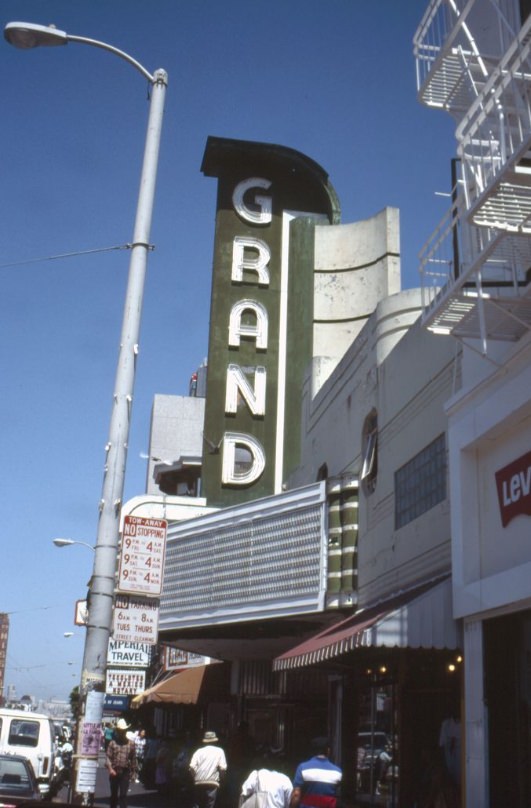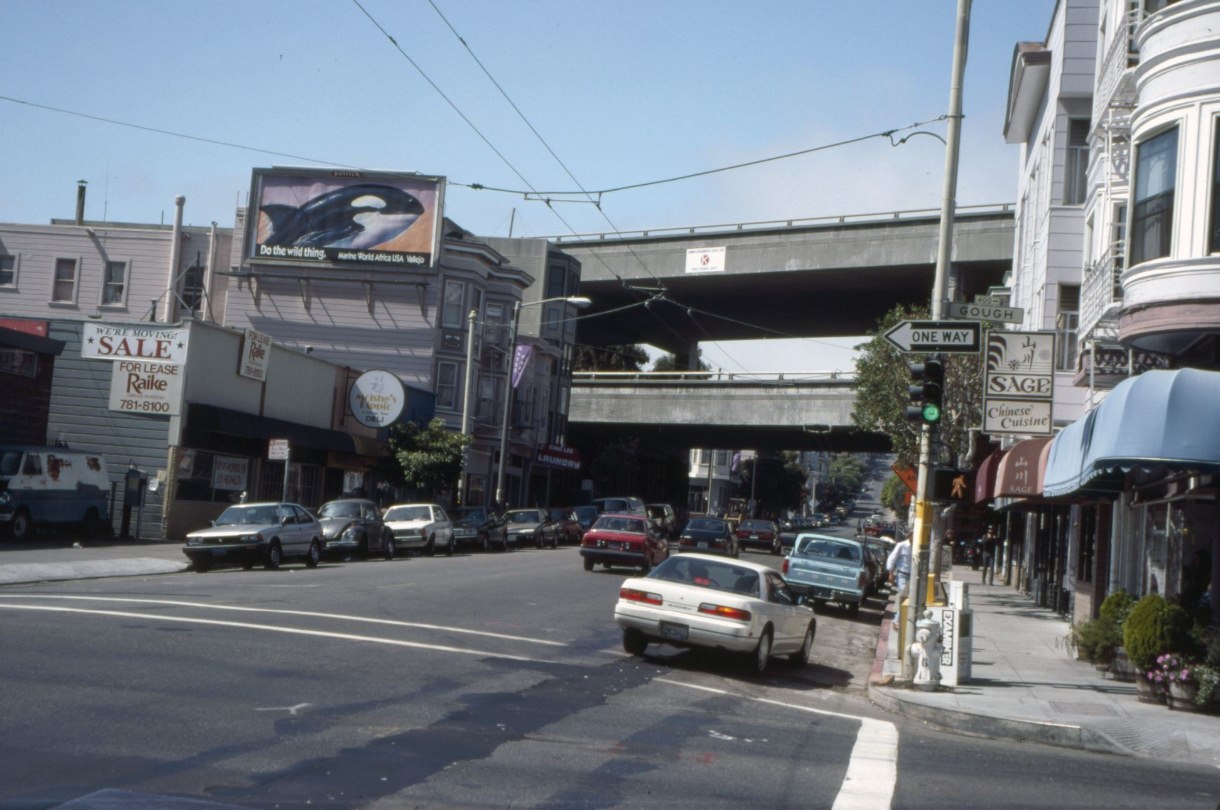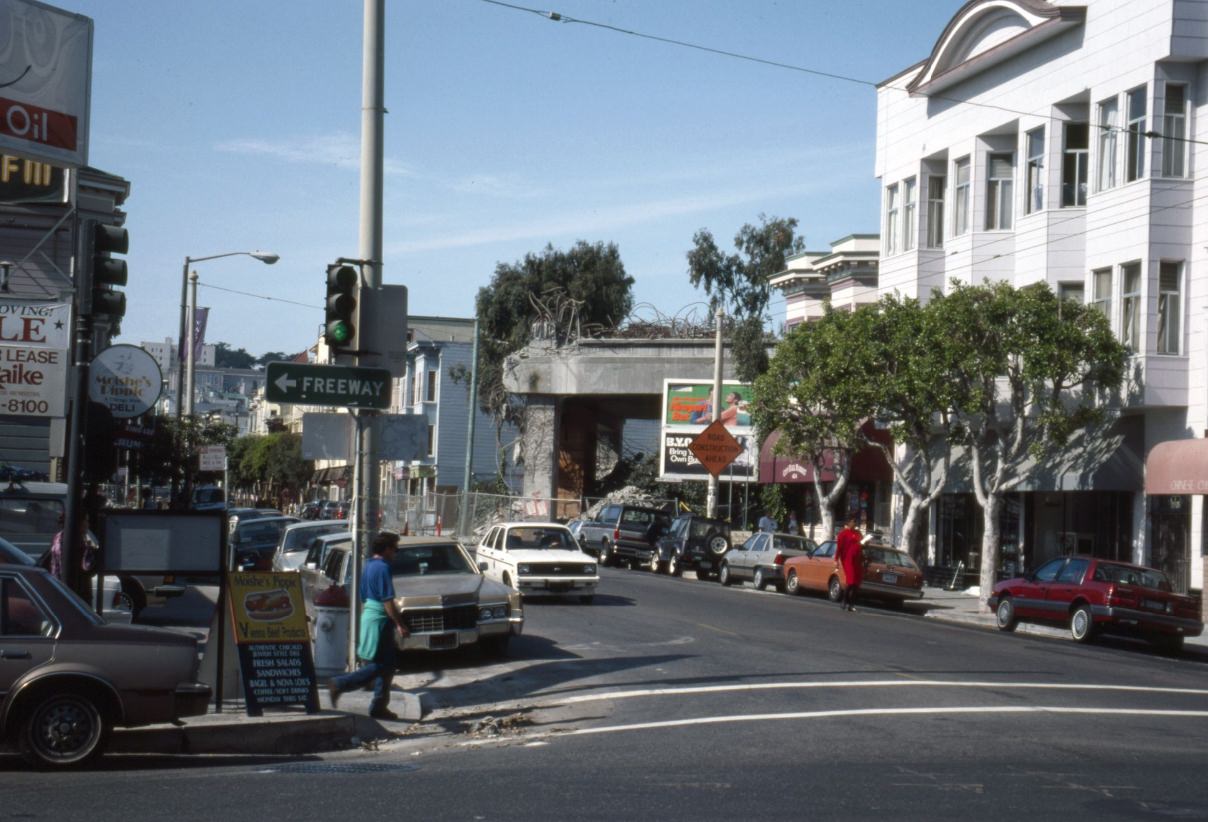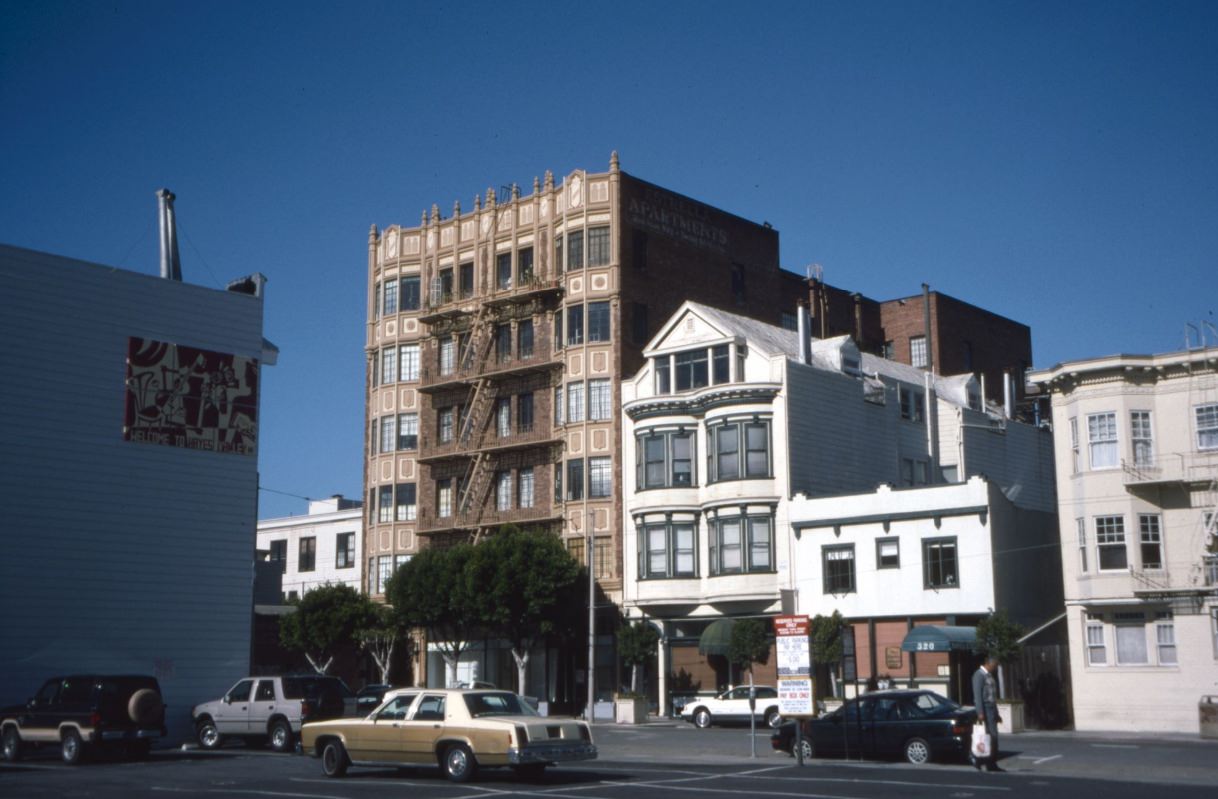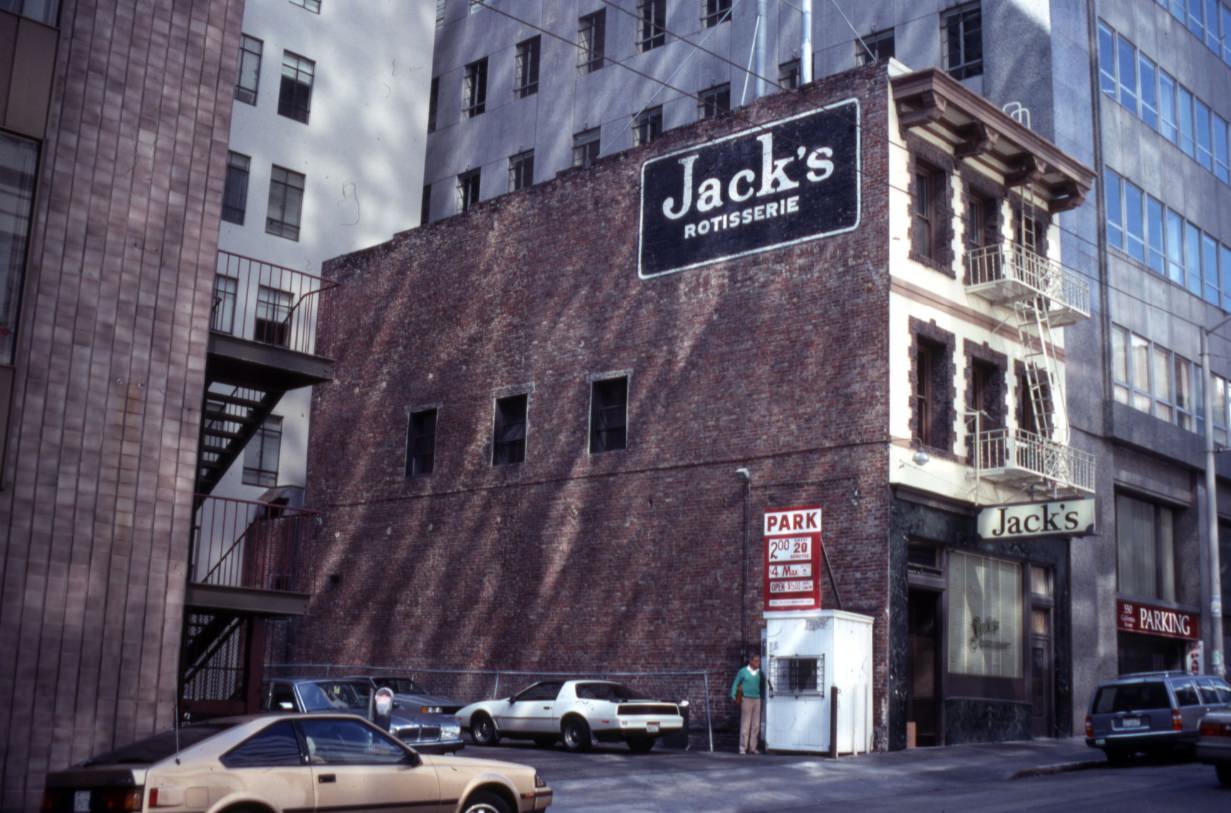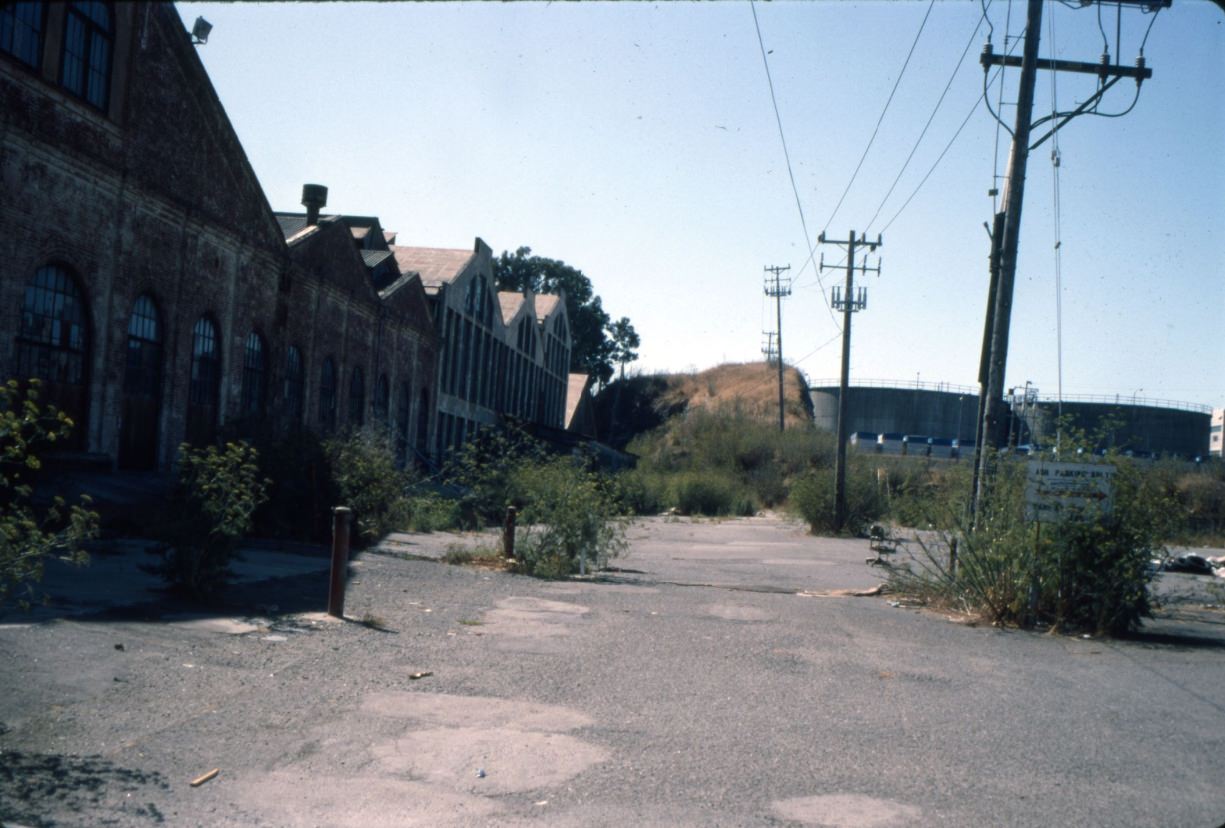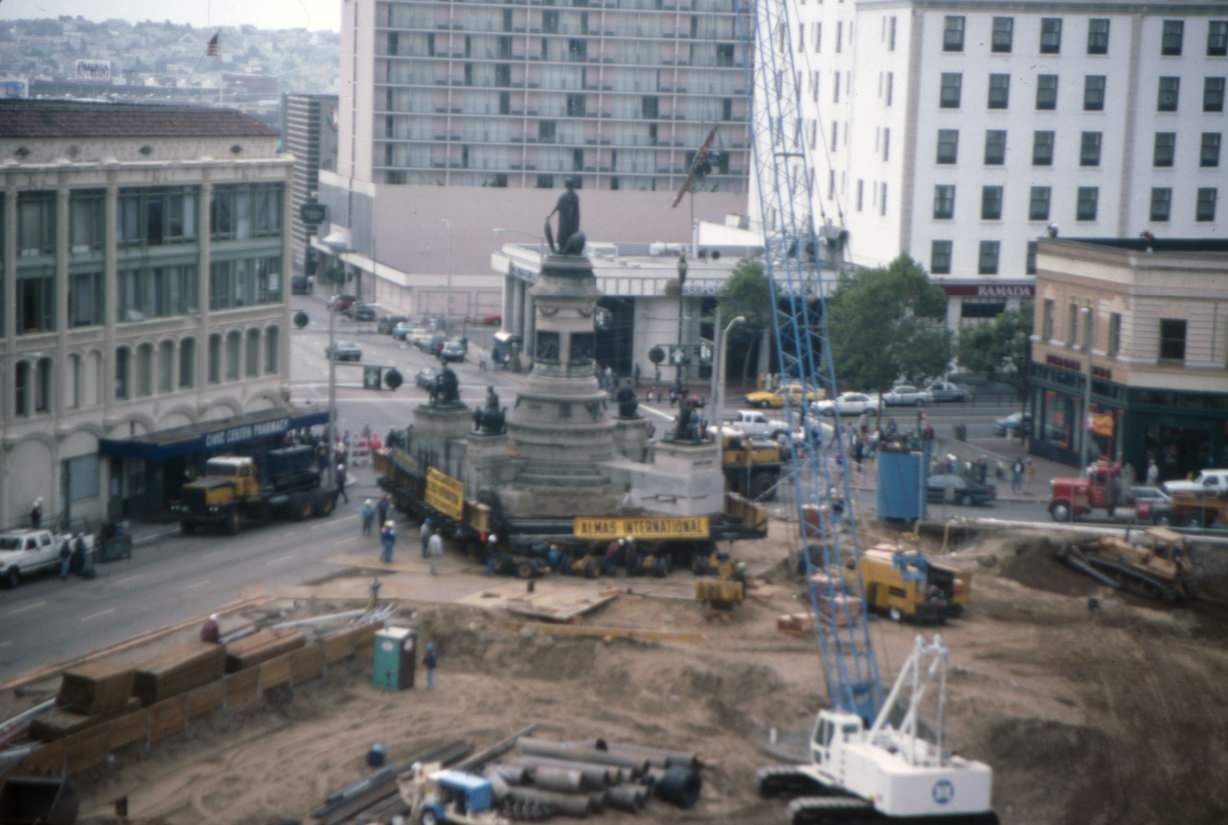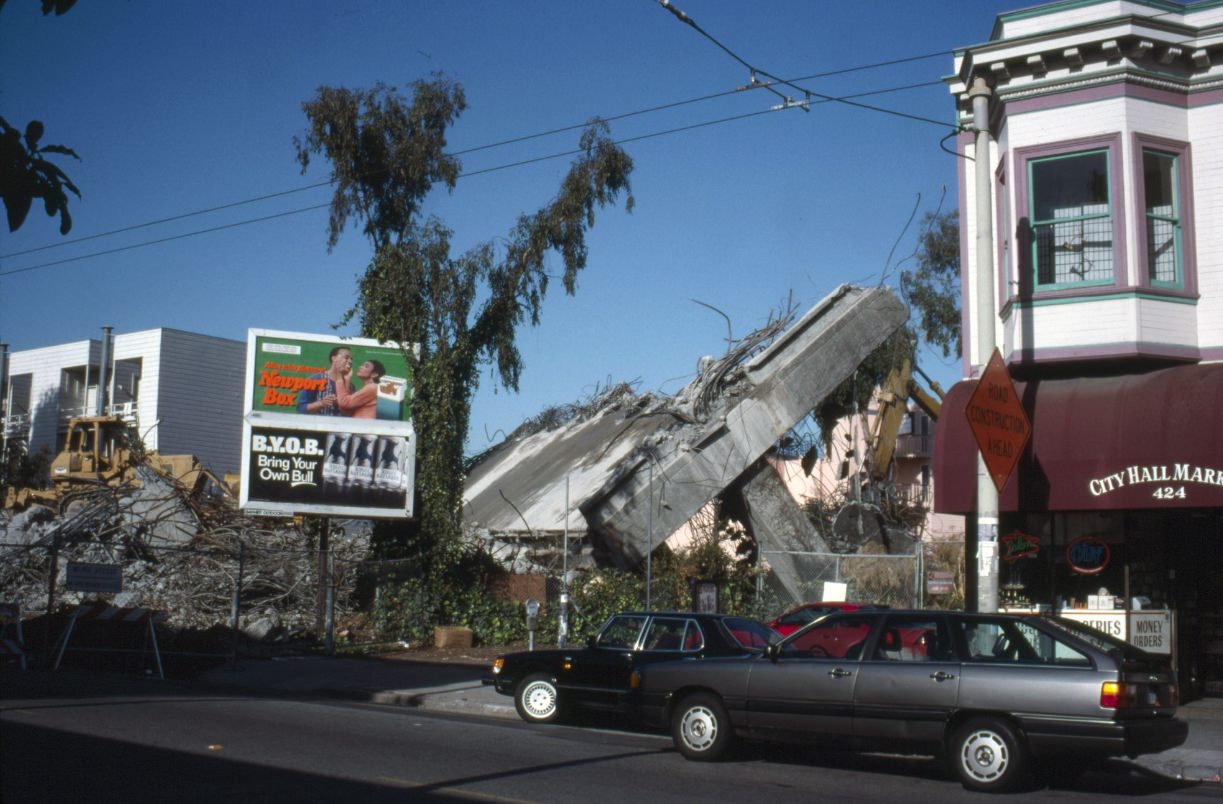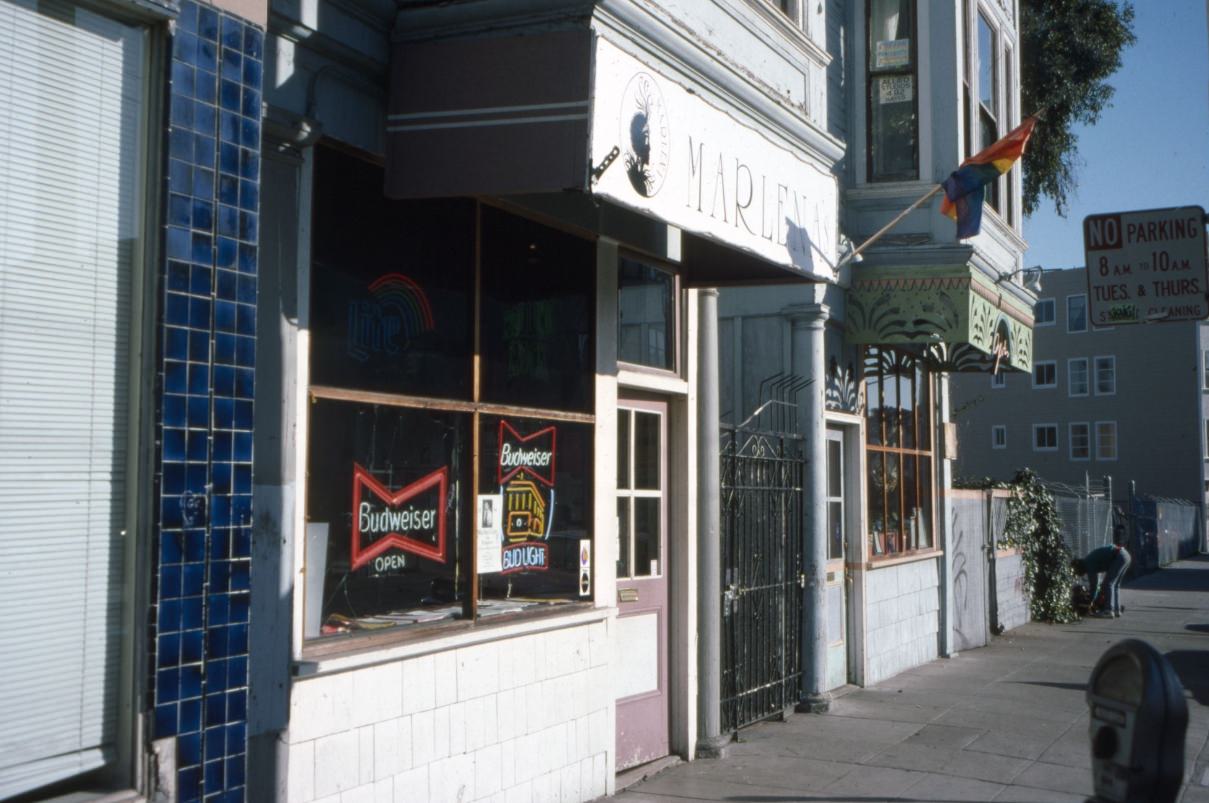The 1990s was a transformative decade for San Francisco. The city saw many changes in technology, culture, and urban development. It was a time of growth and innovation, as well as challenges. Let’s explore what life was like in San Francisco during this exciting period.
Technological Boom
The 1990s were marked by a significant technological boom. Silicon Valley, just south of San Francisco, became the center of the tech world. Companies like Apple, Google, and Oracle were growing rapidly. This tech surge had a big impact on San Francisco itself. Many tech workers chose to live in the city, bringing new energy and innovation.
The rise of the internet was one of the most important developments of the decade. Personal computers and the World Wide Web changed the way people worked, communicated, and entertained themselves. Internet cafes started to appear around the city, and people began to explore the new digital world..
Read more
Economic Growth and Changes
San Francisco experienced economic growth in the 1990s. The tech industry created many new jobs, leading to an increase in the city’s population. This growth brought wealth to the city, but it also led to higher living costs. Housing prices soared as more people moved to San Francisco for job opportunities.
The city’s economy was not just about technology. Tourism remained a key part of San Francisco’s economy. Famous landmarks like the Golden Gate Bridge, Alcatraz, and Fisherman’s Wharf attracted millions of visitors each year. Hotels, restaurants, and shops thrived, contributing to the city’s economic prosperity.
Housing and Real Estate
With the economic boom came a housing boom. Demand for housing increased, and so did prices. Many new apartment buildings and condominiums were constructed to accommodate the growing population. Neighborhoods like South of Market (SoMa) saw significant development, transforming from industrial areas into residential and commercial hubs.
However, the rising cost of housing also brought challenges. Many long-time residents found it difficult to afford the higher rents and were forced to move out. This led to gentrification in several neighborhoods, changing the social fabric of the city.
Transportation Developments
Getting around San Francisco in the 1990s involved a mix of old and new transportation methods. The city’s iconic cable cars continued to be a popular mode of transport for both locals and tourists. Buses and streetcars were also important parts of the public transportation system.
In the 1990s, BART (Bay Area Rapid Transit) expanded its services, making it easier for people to travel between San Francisco and surrounding areas. This expansion helped reduce traffic congestion and provided a reliable alternative to driving.
Bicycling became more popular during this decade. The city made efforts to become more bike-friendly, adding bike lanes and promoting cycling as a healthy and environmentally friendly mode of transportation. Critical Mass, a monthly cycling event that started in 1992, brought attention to the needs of cyclists and encouraged more people to ride bikes.
Social Issues and Movements
San Francisco in the 1990s was a city of activism and social movements. The AIDS crisis, which had deeply affected the city in the 1980s, continued to be a major concern. Organizations
like the San Francisco AIDS Foundation worked tirelessly to provide support, education, and advocacy. Public awareness campaigns and community events aimed to reduce stigma and promote prevention and treatment.
Homelessness was another pressing issue. The economic boom and rising housing costs led to an increase in the homeless population. Various groups and organizations sought to address this problem through shelters, food programs, and advocacy for affordable housing. The city government also worked on strategies to help those affected, though it remained a challenging problem.
Environmental awareness grew in the 1990s. San Francisco, with its natural beauty and proximity to the Pacific Ocean, had a strong environmental movement. Groups like the Sierra Club, headquartered in the city, advocated for conservation and sustainable practices. Recycling programs expanded, and there was a push for cleaner public transportation options.
Education and Innovation
San Francisco has always valued education, and the 1990s saw continued investment in this area. The city’s public and private schools aimed to provide high-quality education, though they faced challenges such as funding and overcrowding.
Higher education institutions like San Francisco State University and the University of San Francisco attracted students from all over the world. These universities were centers of learning and innovation, contributing to the city’s intellectual and cultural life.
The tech boom also influenced education. Schools began to integrate technology into their curricula, preparing students for a digital future. Computer labs became more common, and the internet started to be used as an educational tool.
Urban Development
San Francisco underwent significant urban development in the 1990s. The city’s skyline changed as new buildings went up. High-rise offices and apartment complexes reflected the growing economy and population. The Embarcadero, once a decaying industrial area, was transformed into a beautiful waterfront promenade. This area became a popular spot for locals and tourists, with parks, shops, and restaurants.
Urban planning focused on making the city more livable and sustainable. Efforts were made to preserve historical buildings while accommodating new growth. Green spaces were protected and expanded, enhancing the quality of life for residents.
Sports and Recreation
Sports played a big role in San Francisco’s culture during the 1990s. The San Francisco 49ers were one of the top teams in the NFL, winning the Super Bowl in 1990. The team’s success brought excitement to the city and strengthened community pride.
The San Francisco Giants, the city’s Major League Baseball team, also had a devoted following. In 1993, the Giants moved to a new stadium, now known as Oracle Park. This waterfront ballpark offered stunning views of the bay and became a favorite destination for baseball fans.
Recreation wasn’t limited to professional sports. The city’s parks and outdoor spaces provided many opportunities for exercise and relaxation. Golden Gate Park remained a beloved spot for jogging, picnicking, and cultural events. The beaches and hiking trails around the city attracted nature enthusiasts and offered a respite from urban life.
Food and Dining
San Francisco has always been known for its diverse and high-quality food scene. The 1990s saw the rise of new culinary trends and the continued popularity of the city’s many ethnic cuisines. Farmers’ markets became more popular, reflecting a growing interest in fresh, locally sourced food. The Ferry Plaza Farmers Market, which opened in 1992, became a key destination for food lovers.
Restaurants in San Francisco offered a wide range of dining experiences, from high-end establishments to casual eateries. The city was at the forefront of the organic and farm-to-table movements, with chefs emphasizing fresh, sustainable ingredients.
Ethnic food played a big part in San Francisco’s culinary landscape. Chinatown, the Mission District, and other neighborhoods were home to restaurants offering authentic dishes from around the world. These areas provided both residents and visitors with delicious and diverse food options.
Festivals and Events
San Francisco in the 1990s was a city of festivals and events. There was always something happening, whether it was a music festival, street fair, or cultural celebration. These events brought people together and showcased the city’s diverse culture.
One of the most notable events was the San Francisco International Film Festival, which attracted filmmakers and movie lovers from around the globe. This festival highlighted independent films and offered a platform for new talent.
Street fairs were also popular. Events like the Haight-Ashbury Street Fair and the Castro Street Fair celebrated local culture and community. These fairs featured music, food, and crafts, drawing large crowds and creating a festive atmosphere.
Crime and Safety
Like any big city, San Francisco faced issues with crime in the 1990s. The city worked to address these challenges through community policing and crime prevention programs. Neighborhood watch groups and other community initiatives aimed to improve safety and foster a sense of community.
Despite these efforts, certain areas struggled with crime, particularly related to drug use and gang activity. The police and community organizations worked together to address these issues and improve the quality of life for residents.


